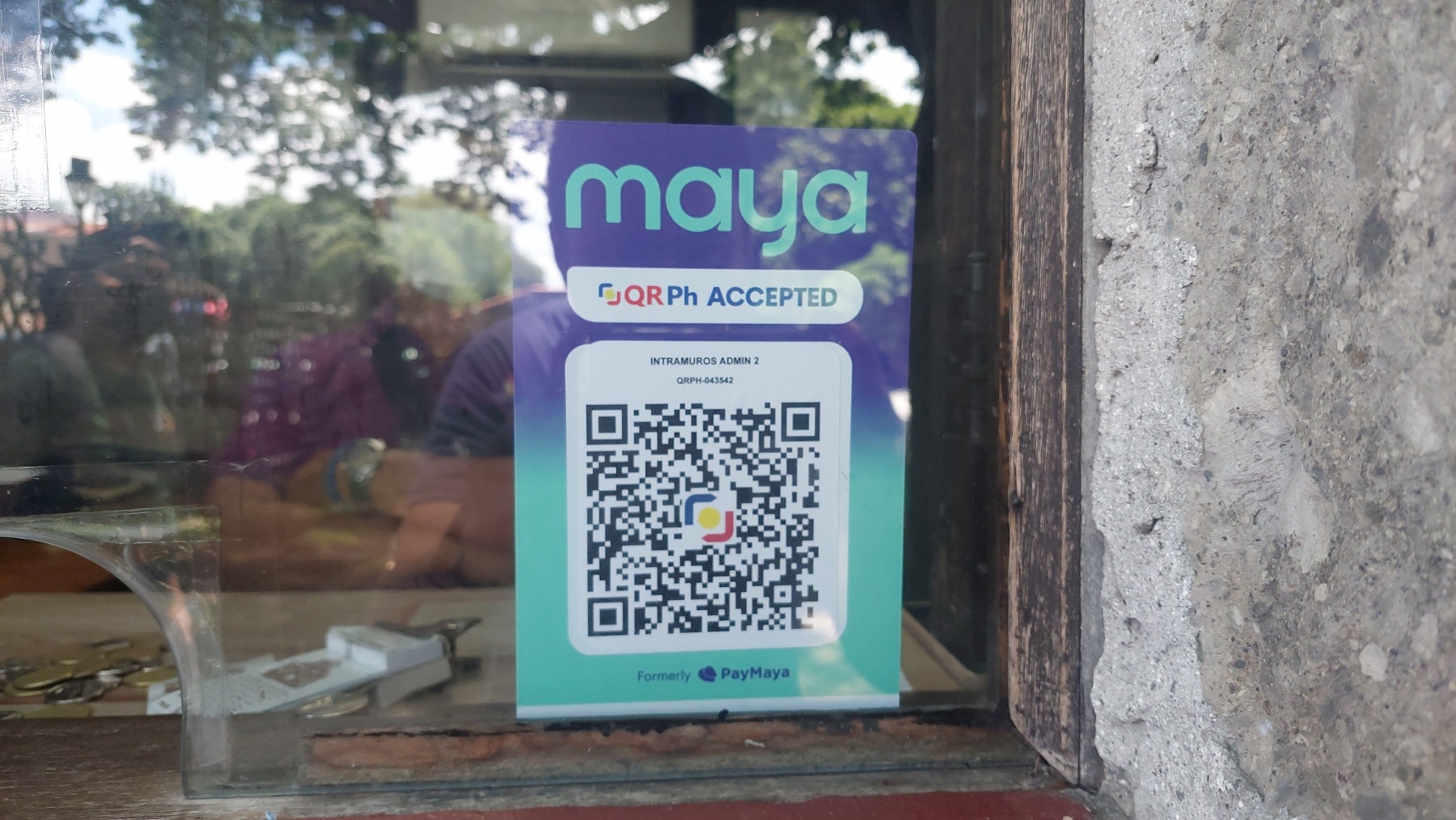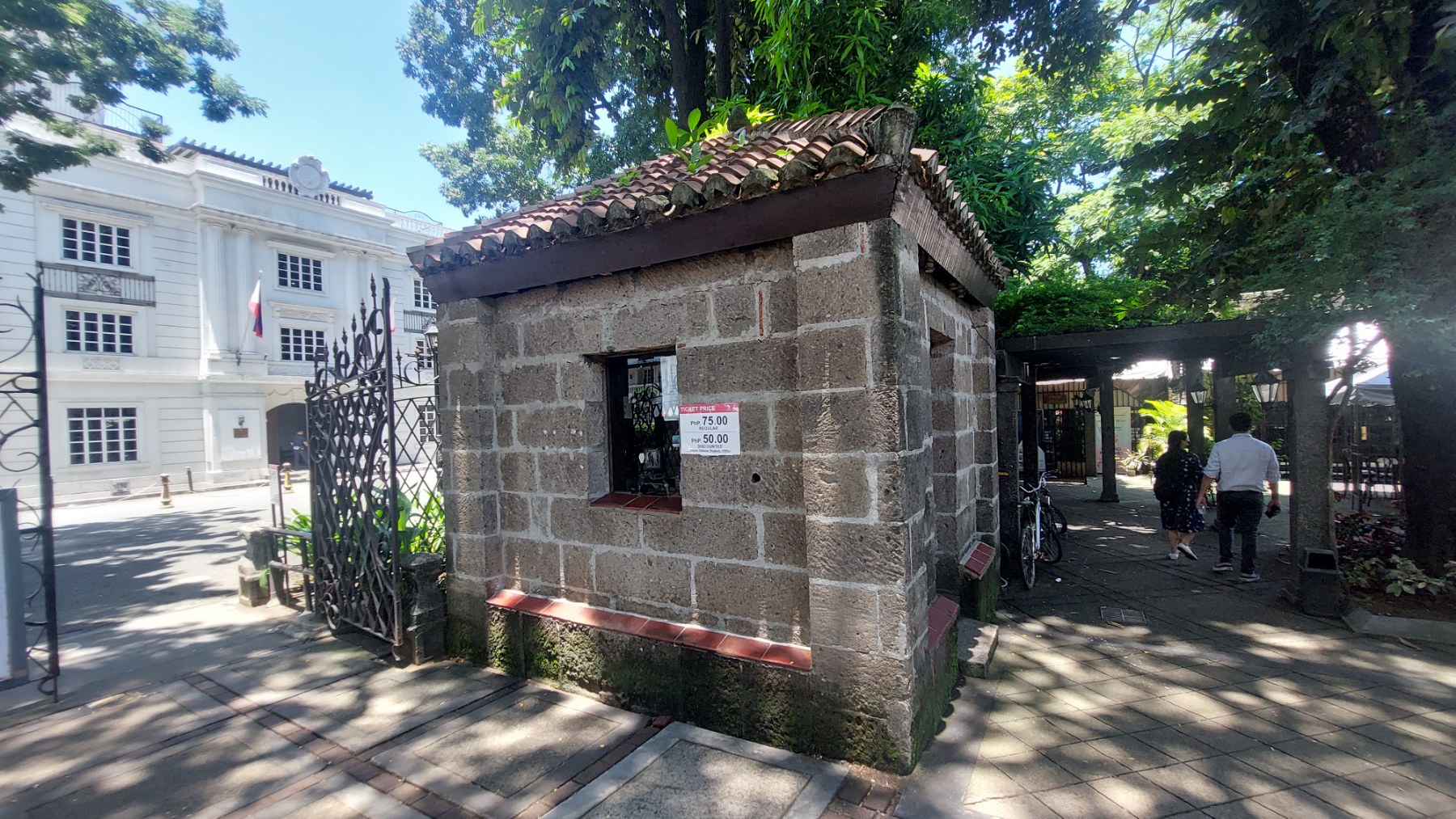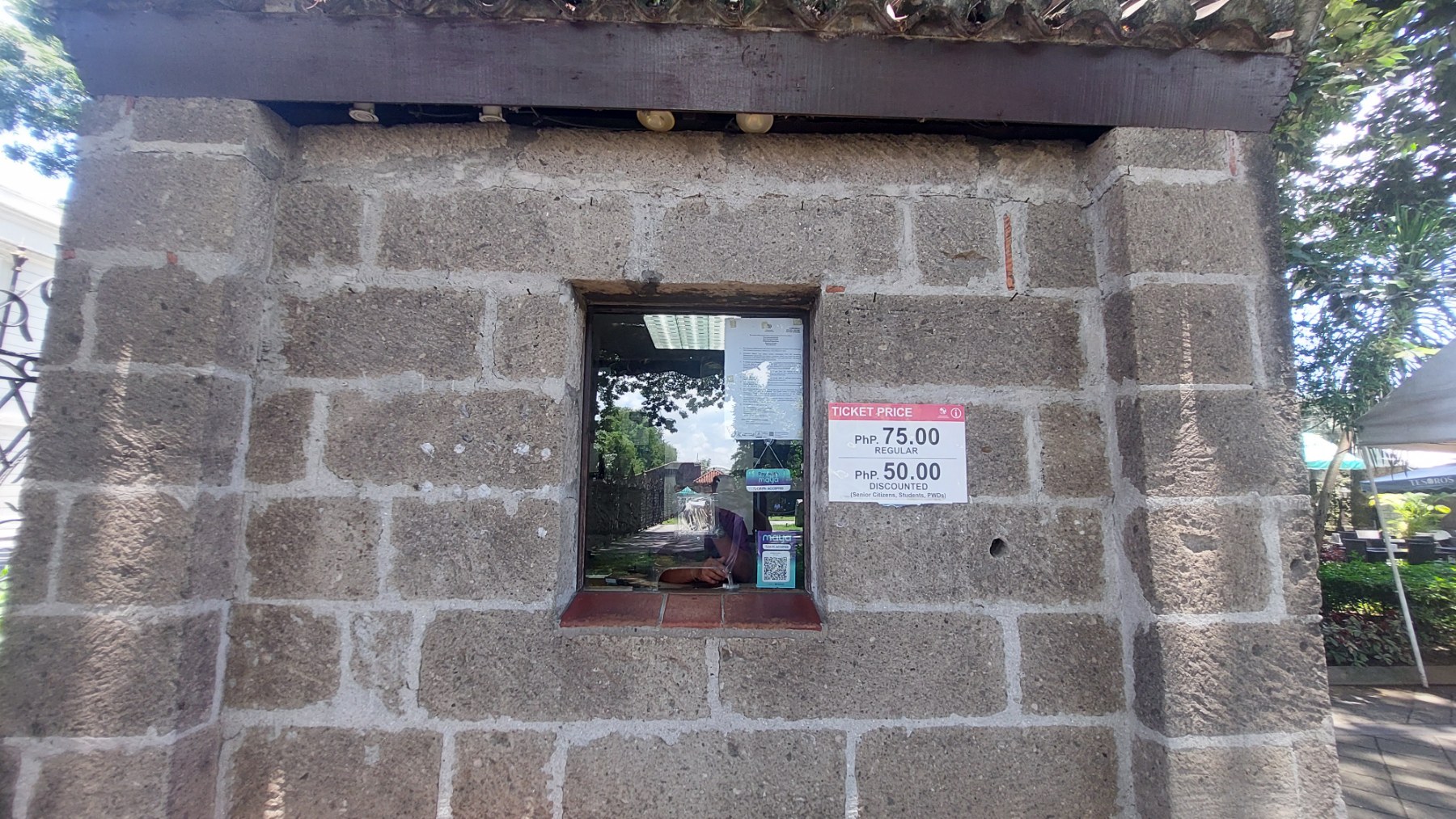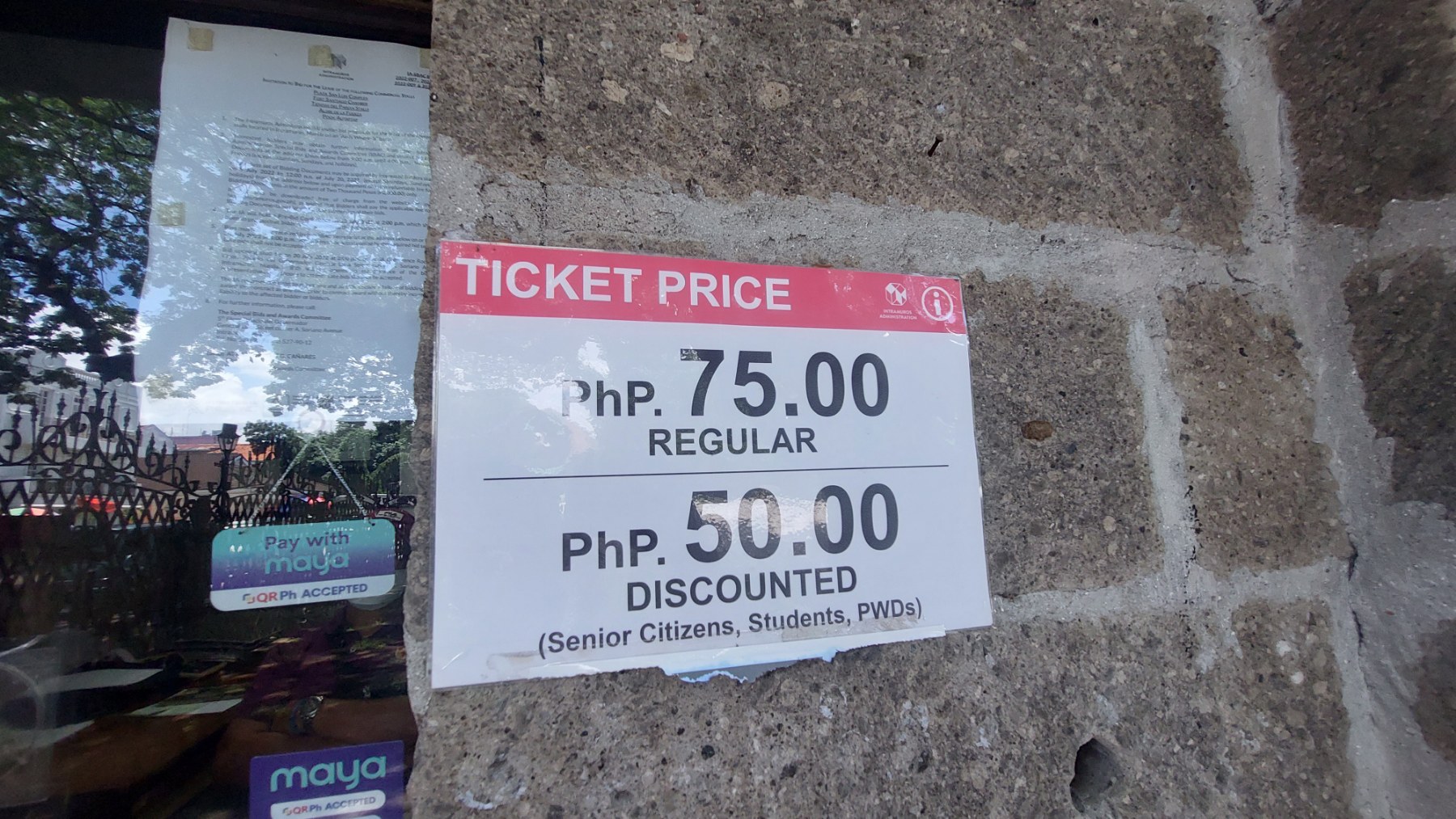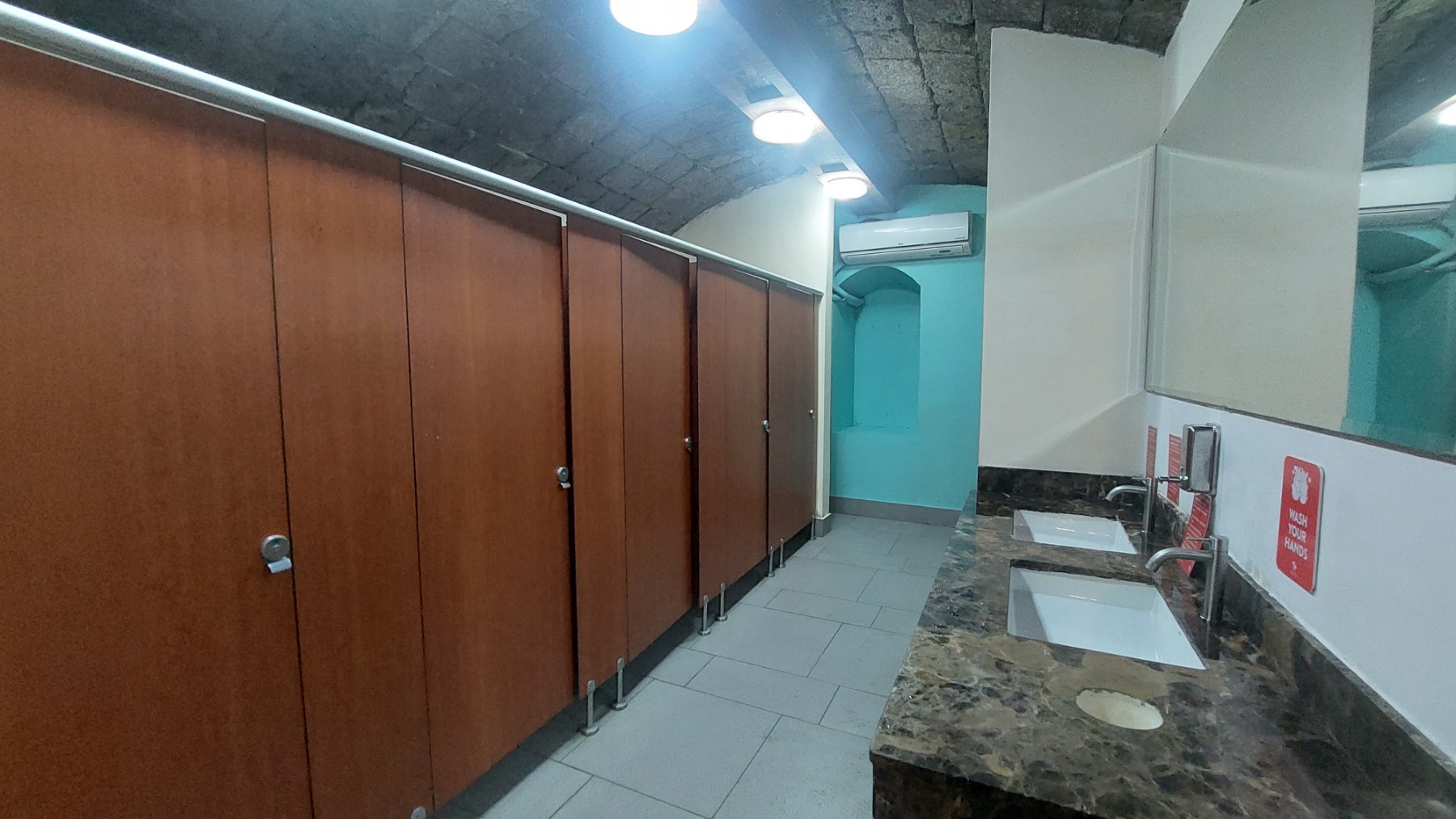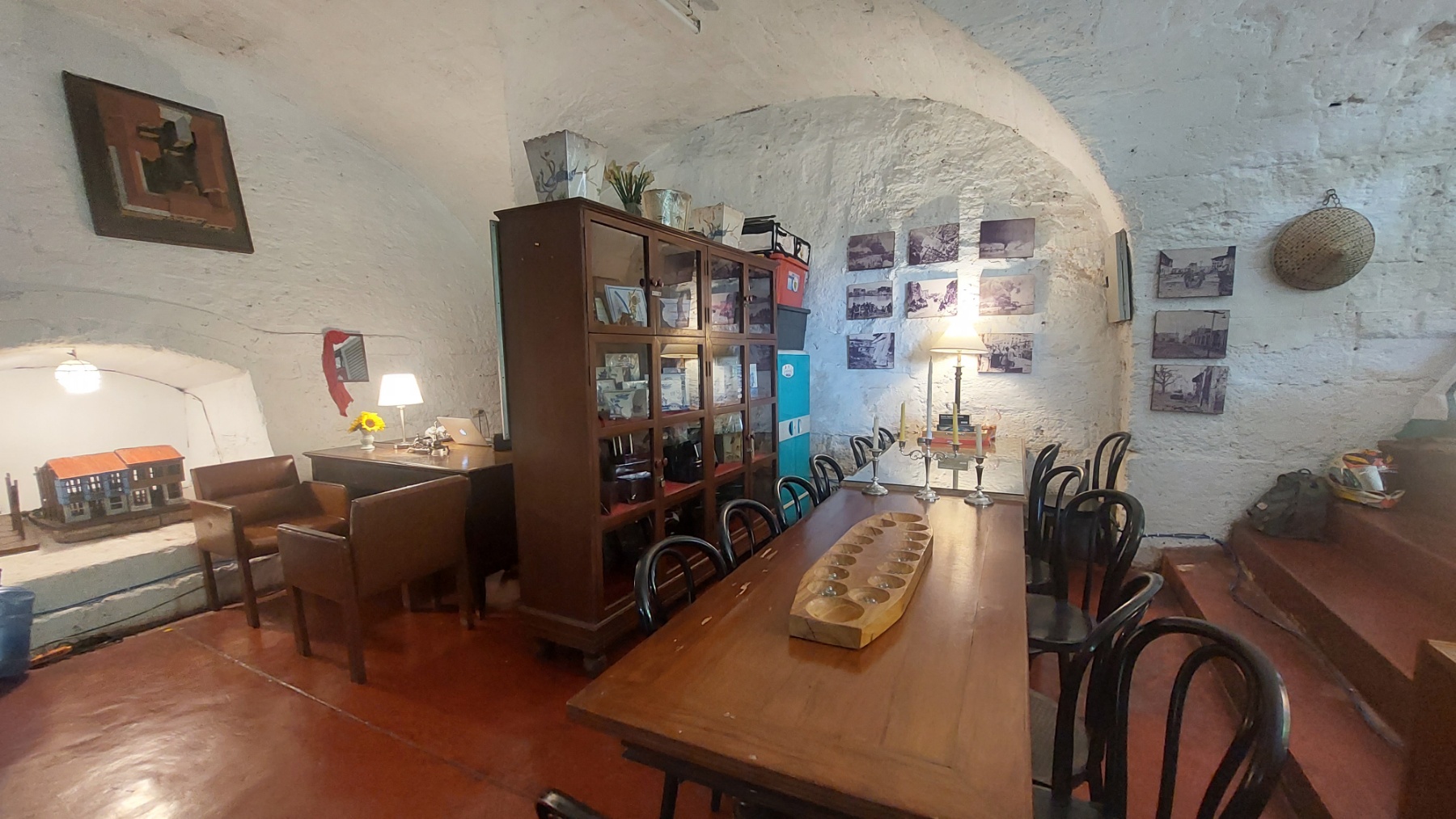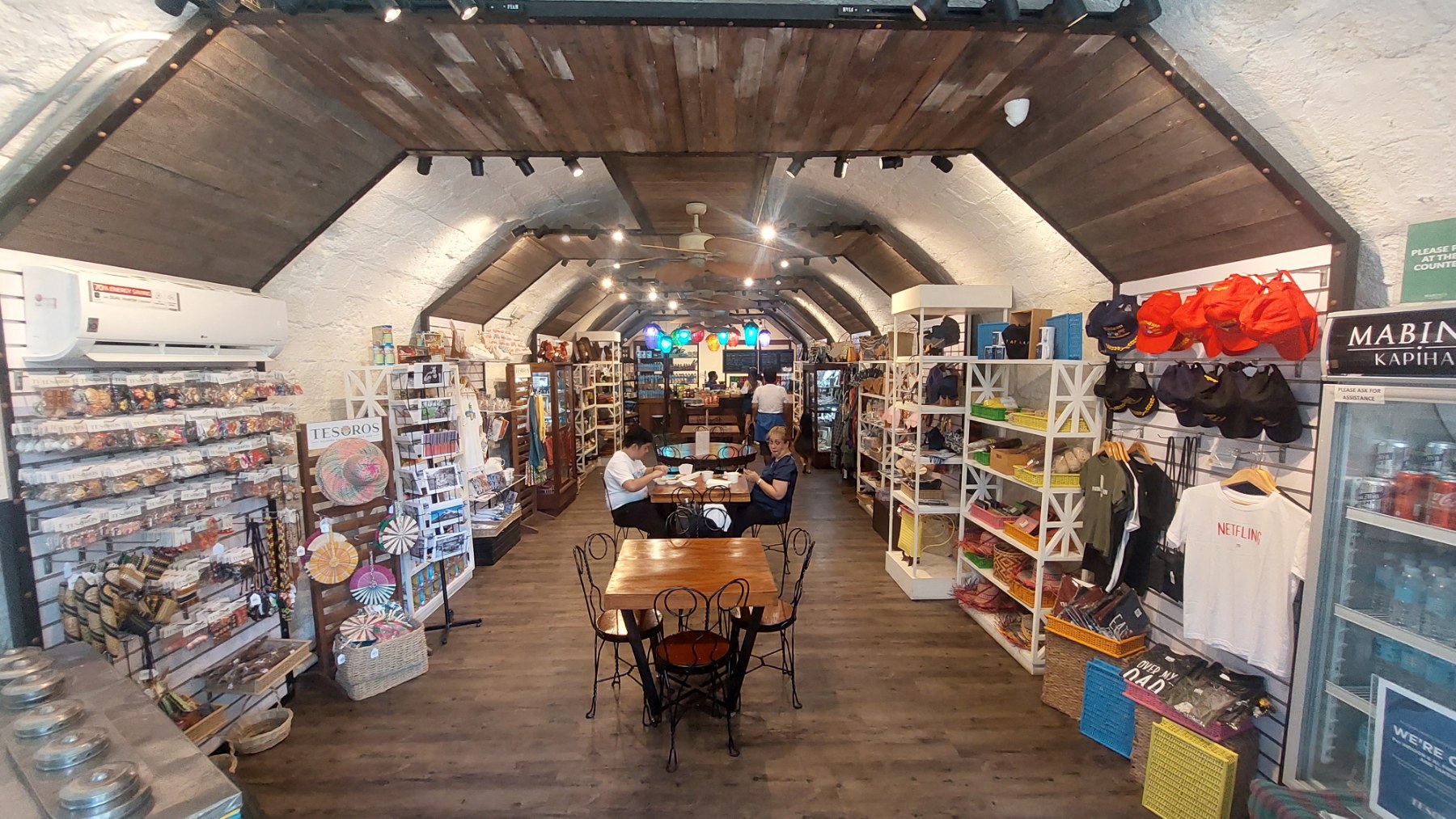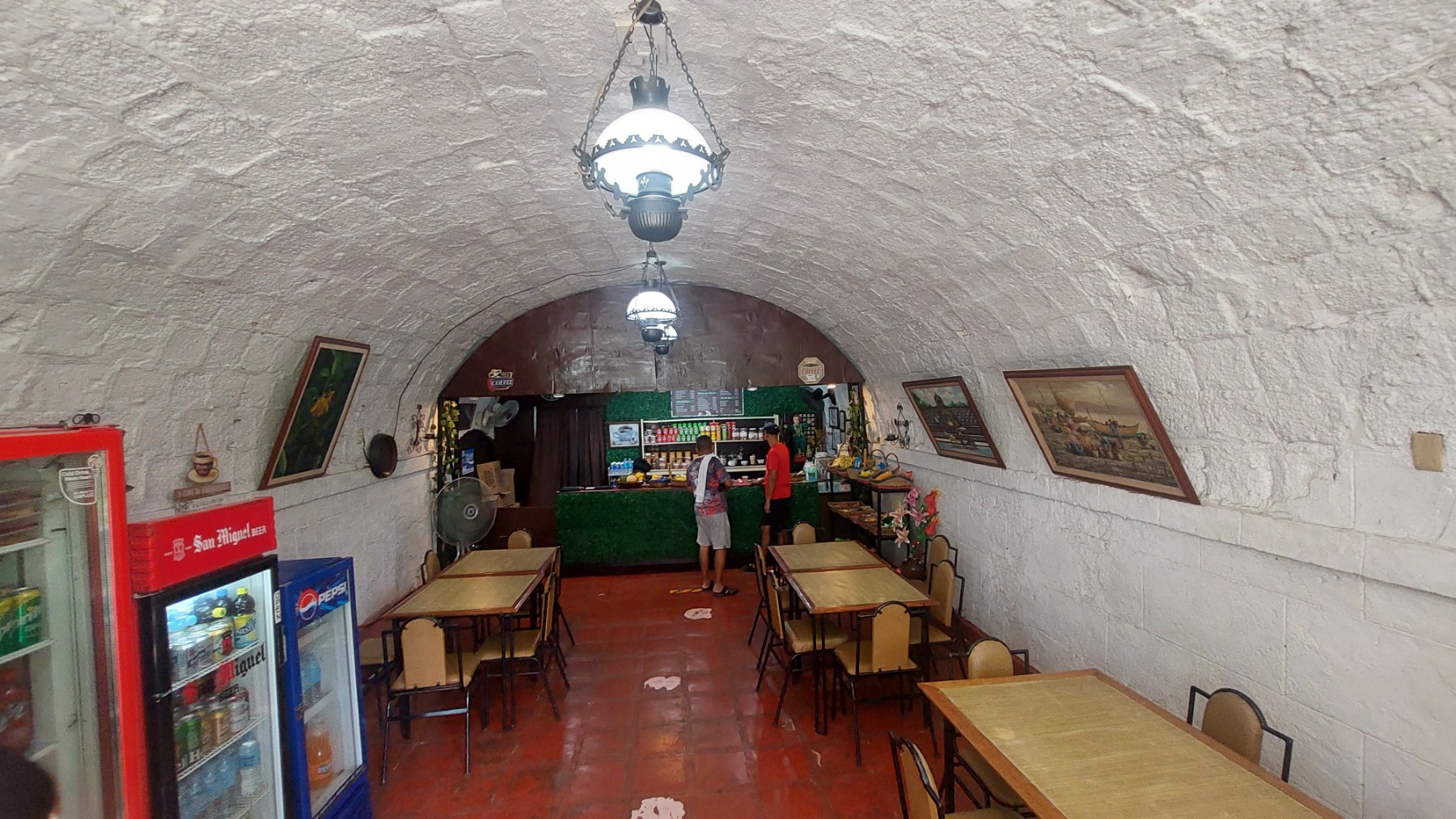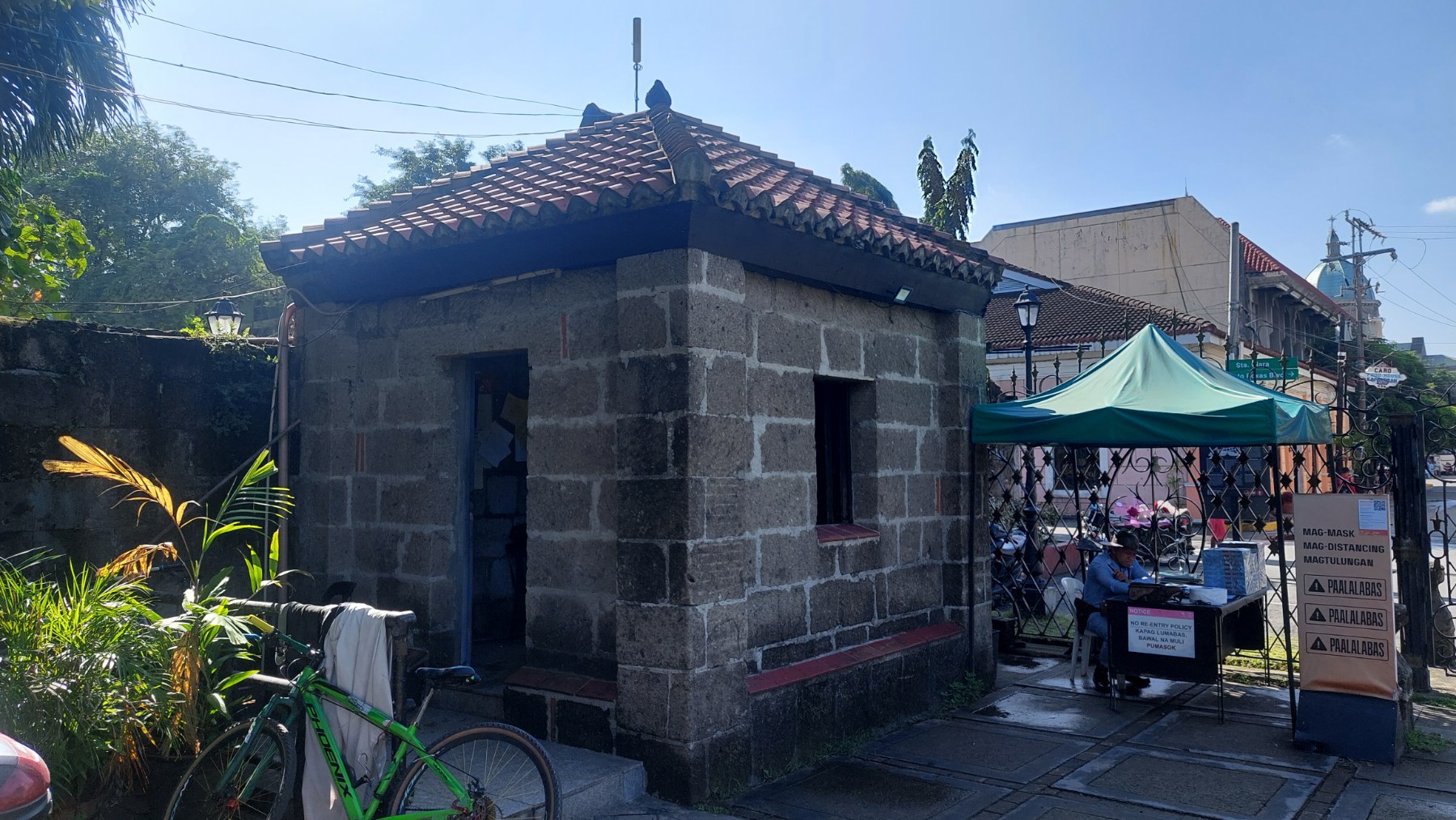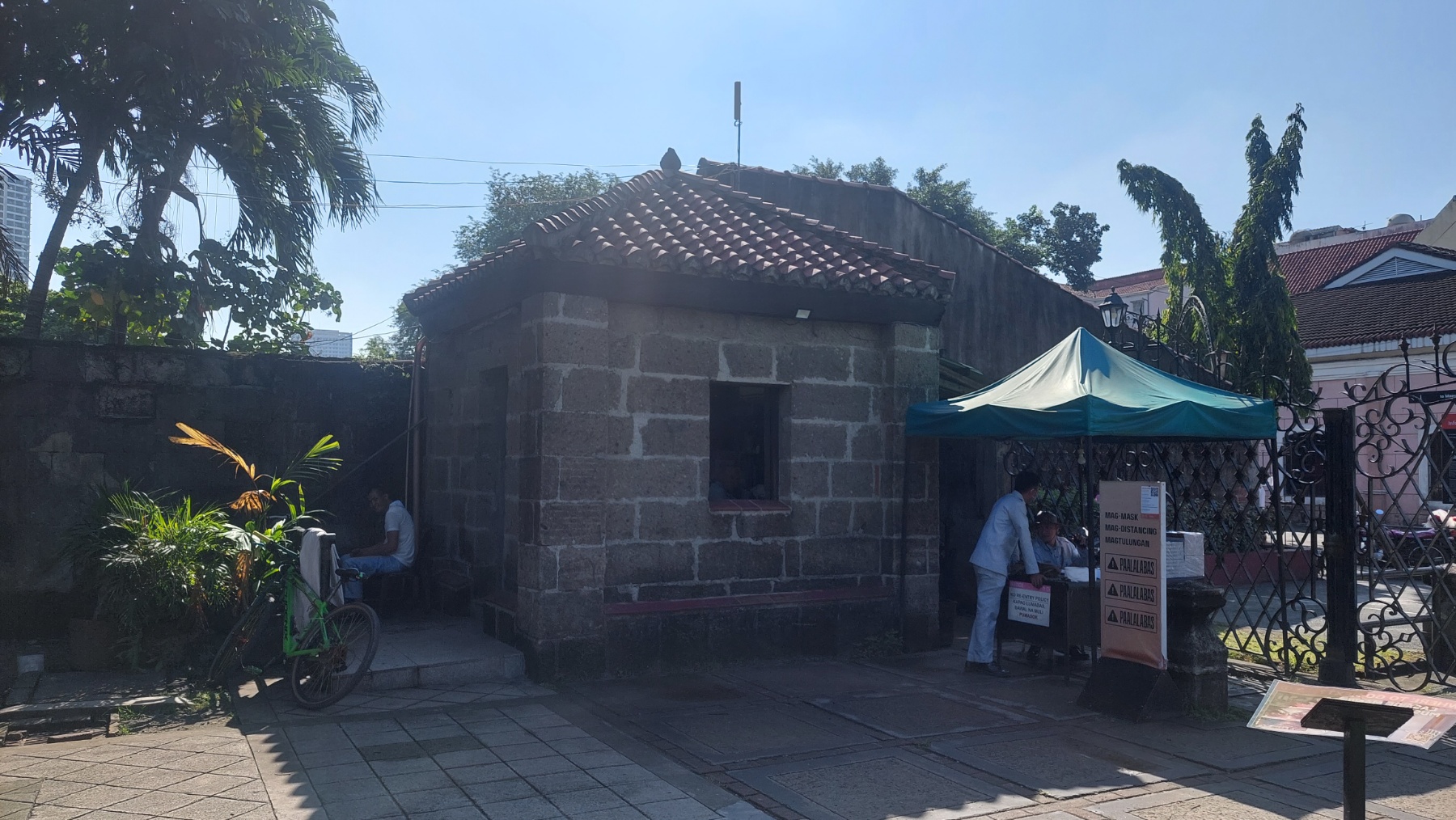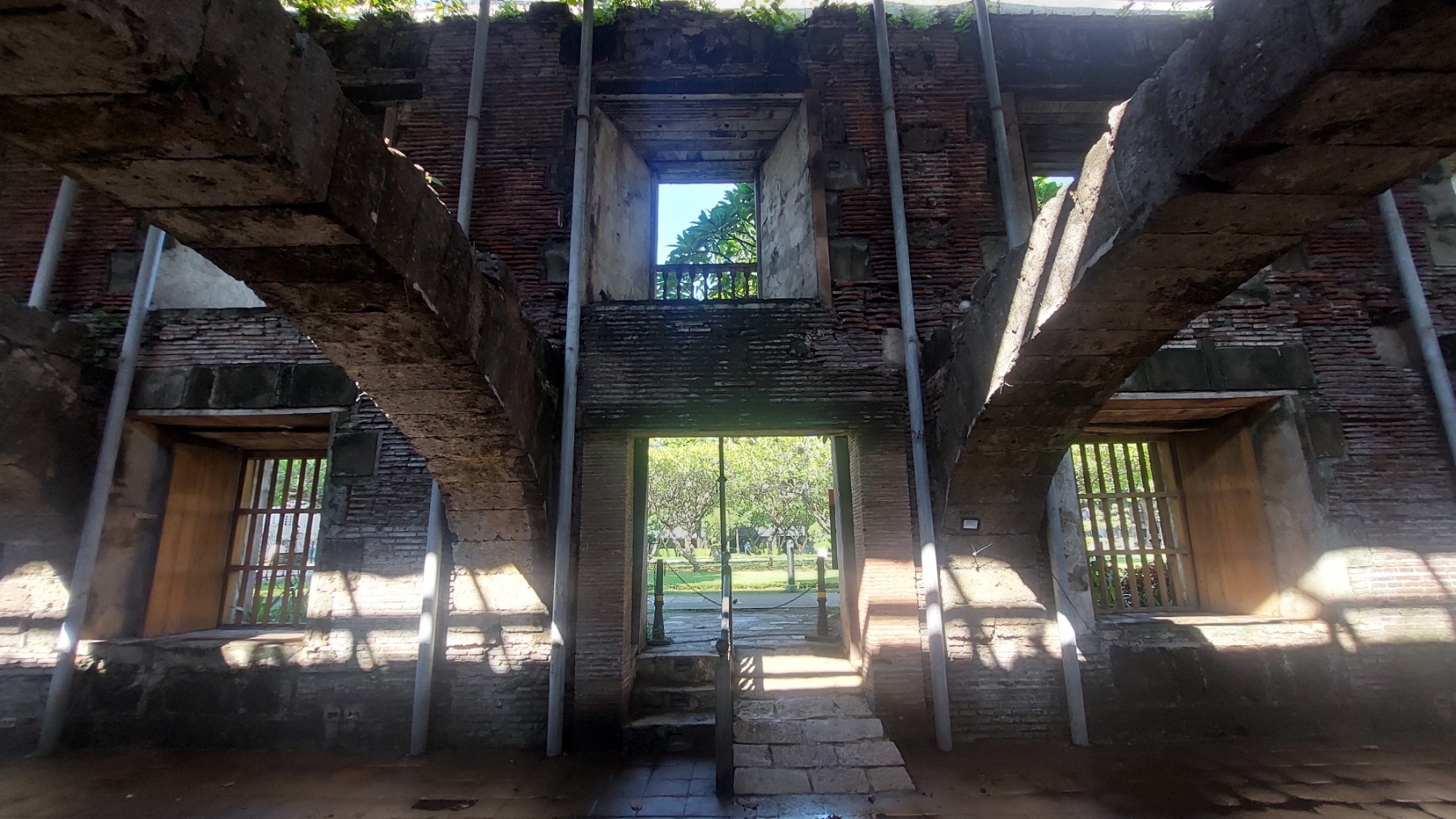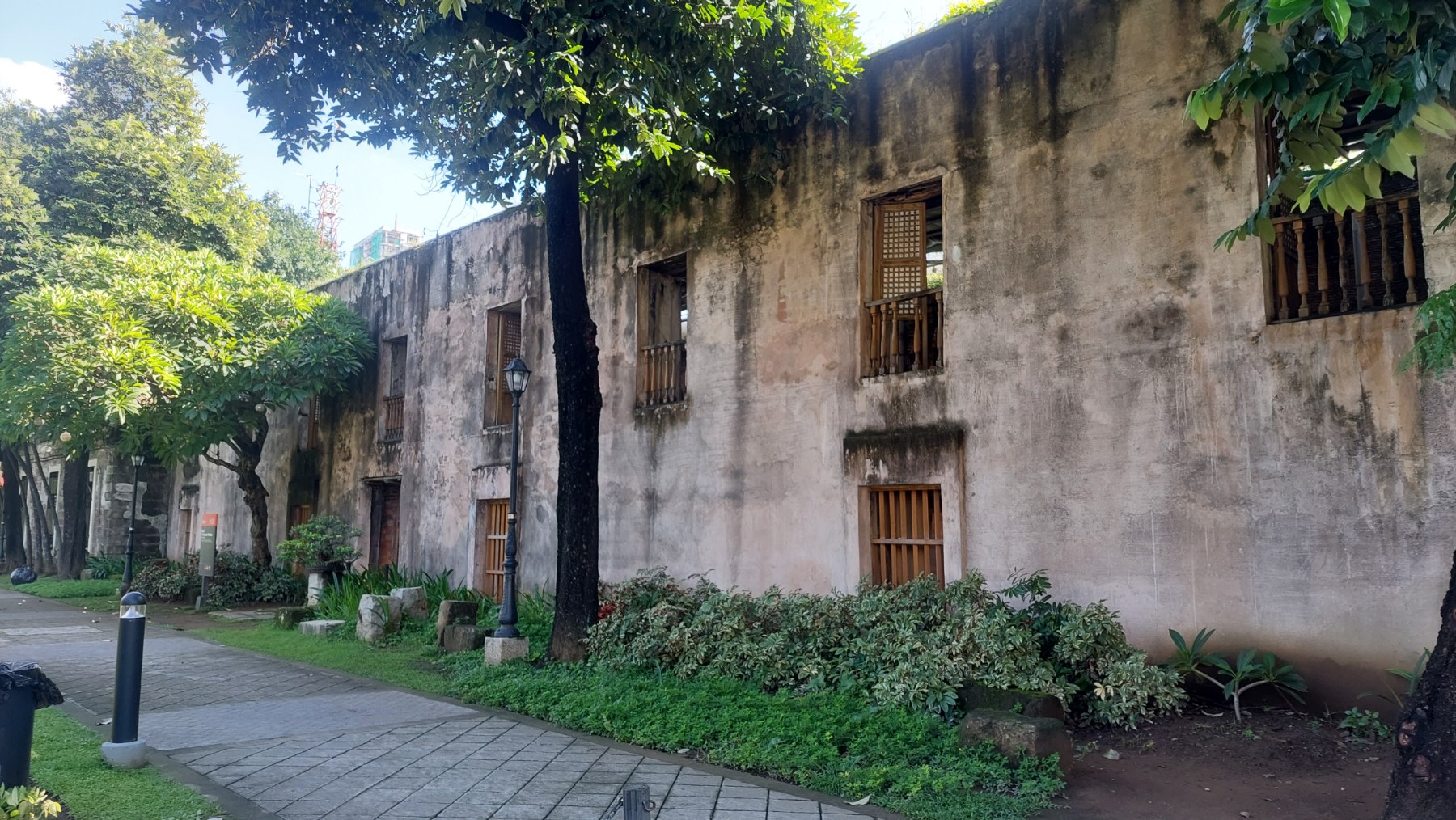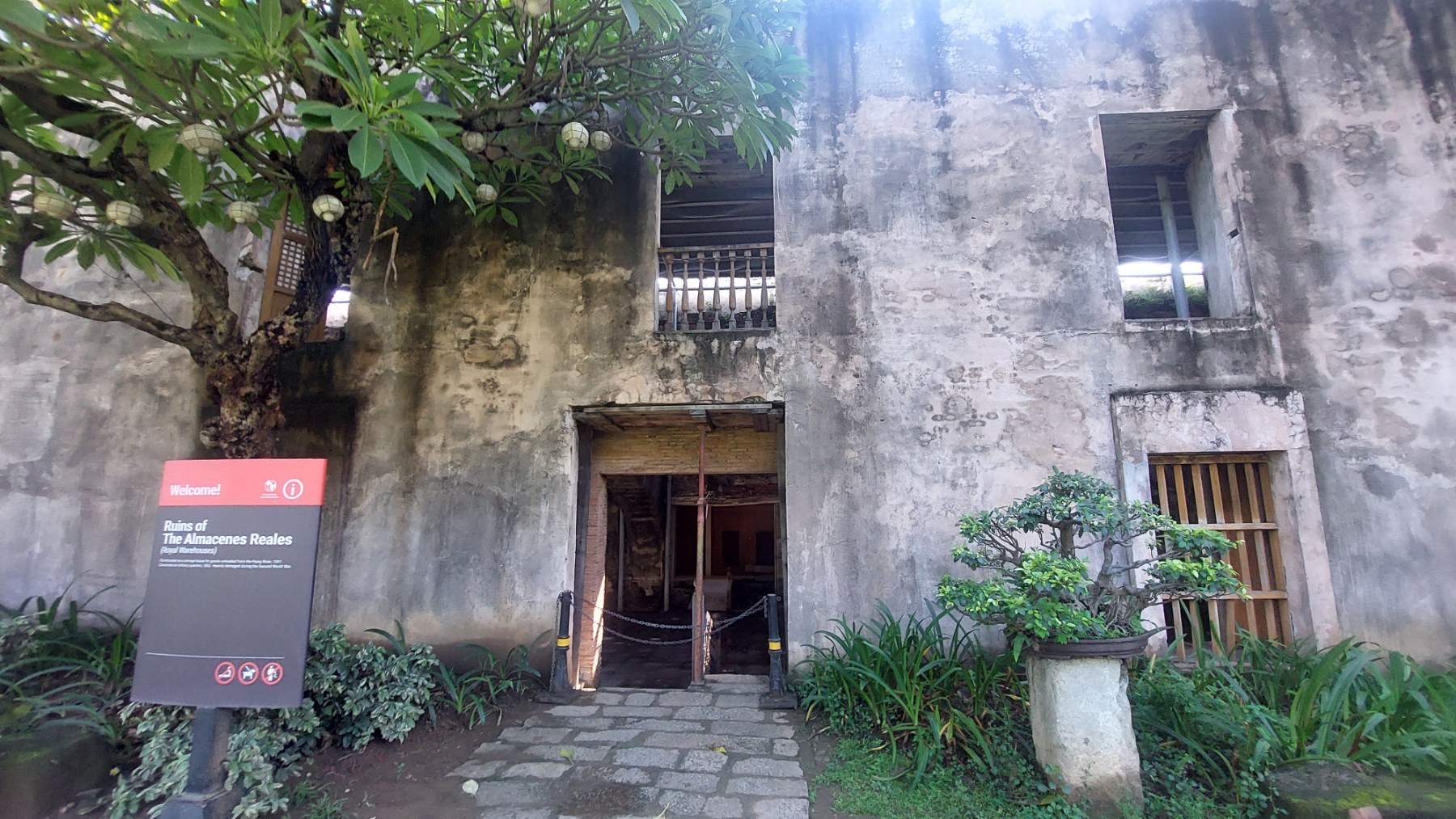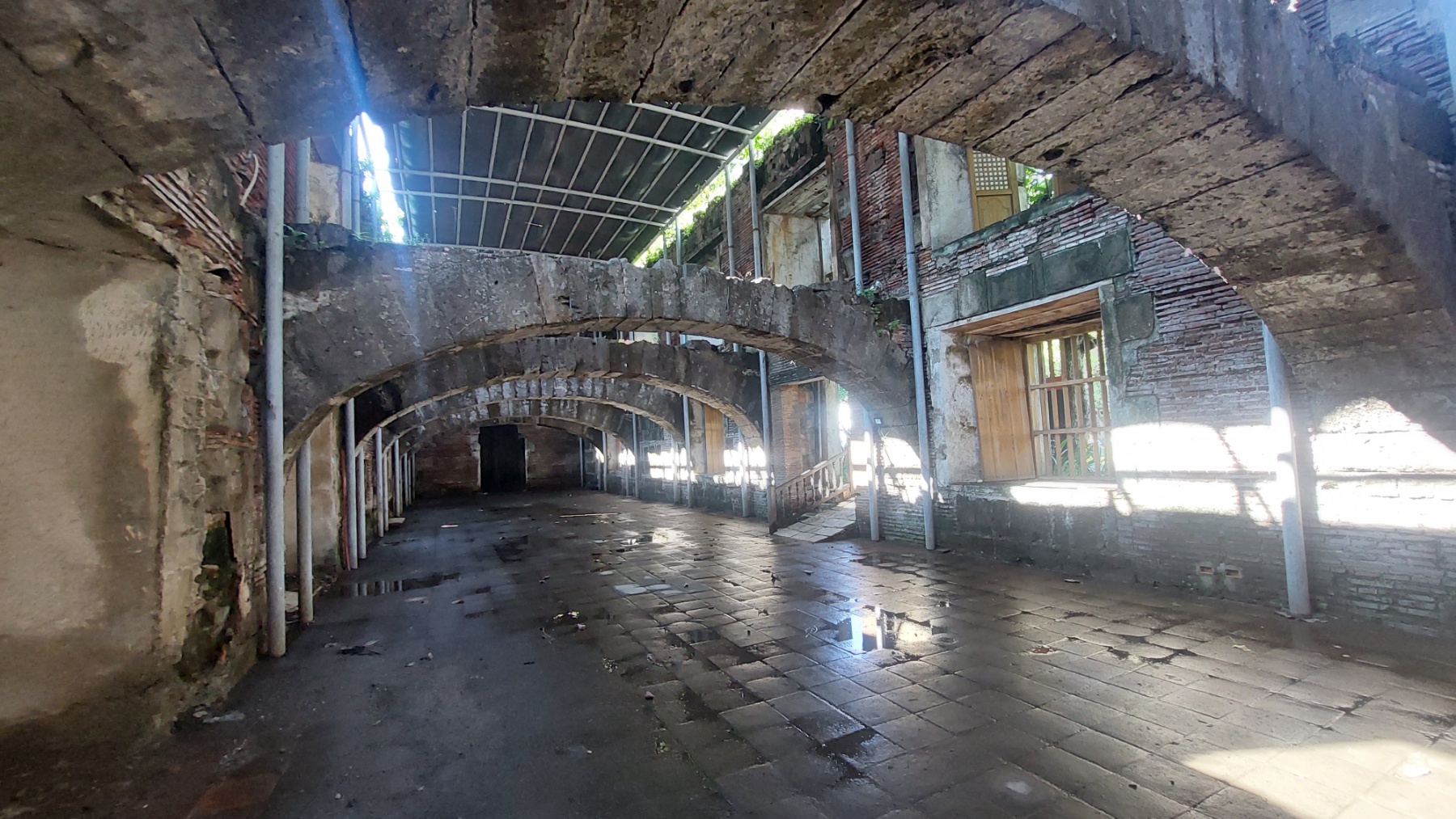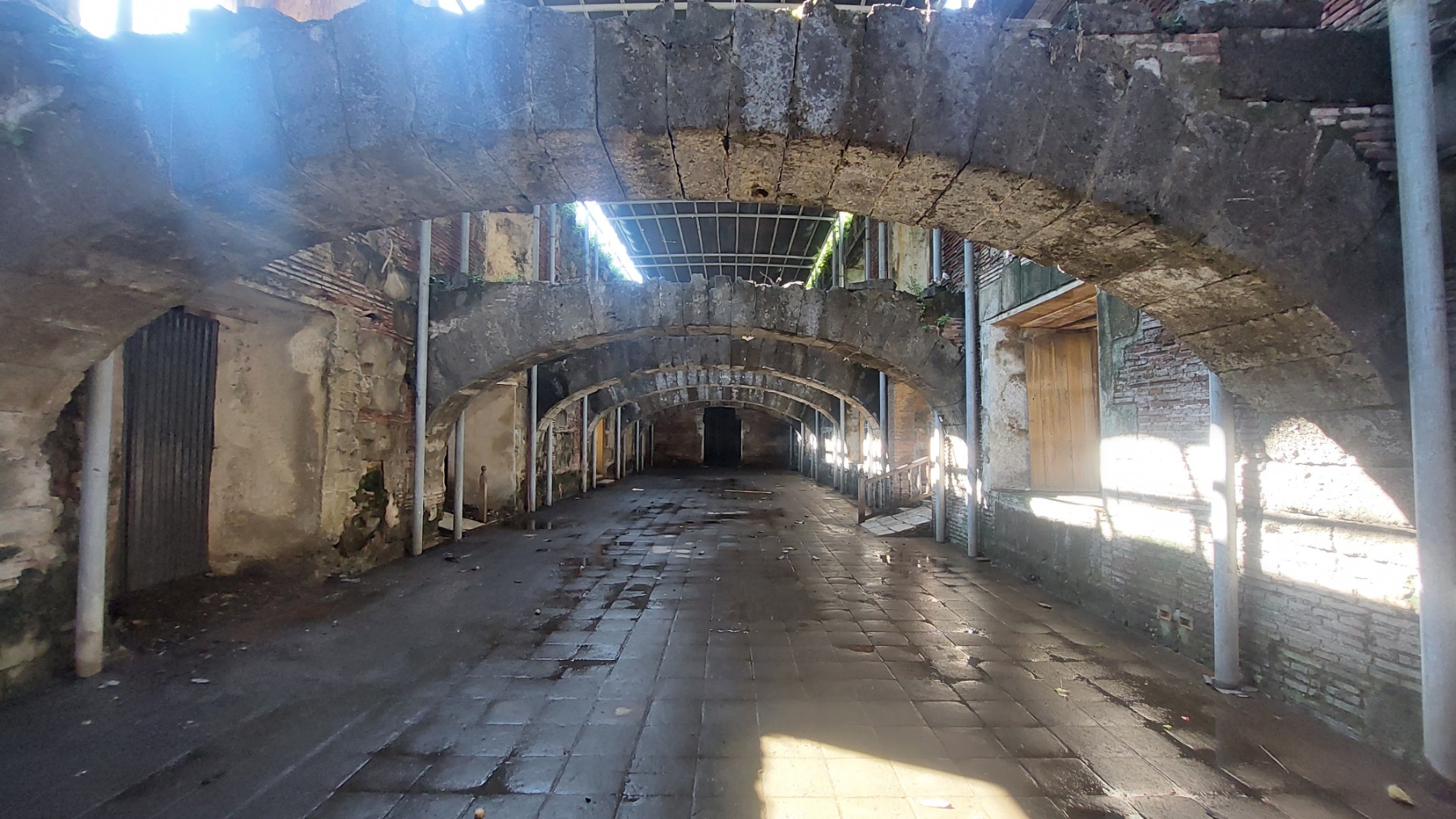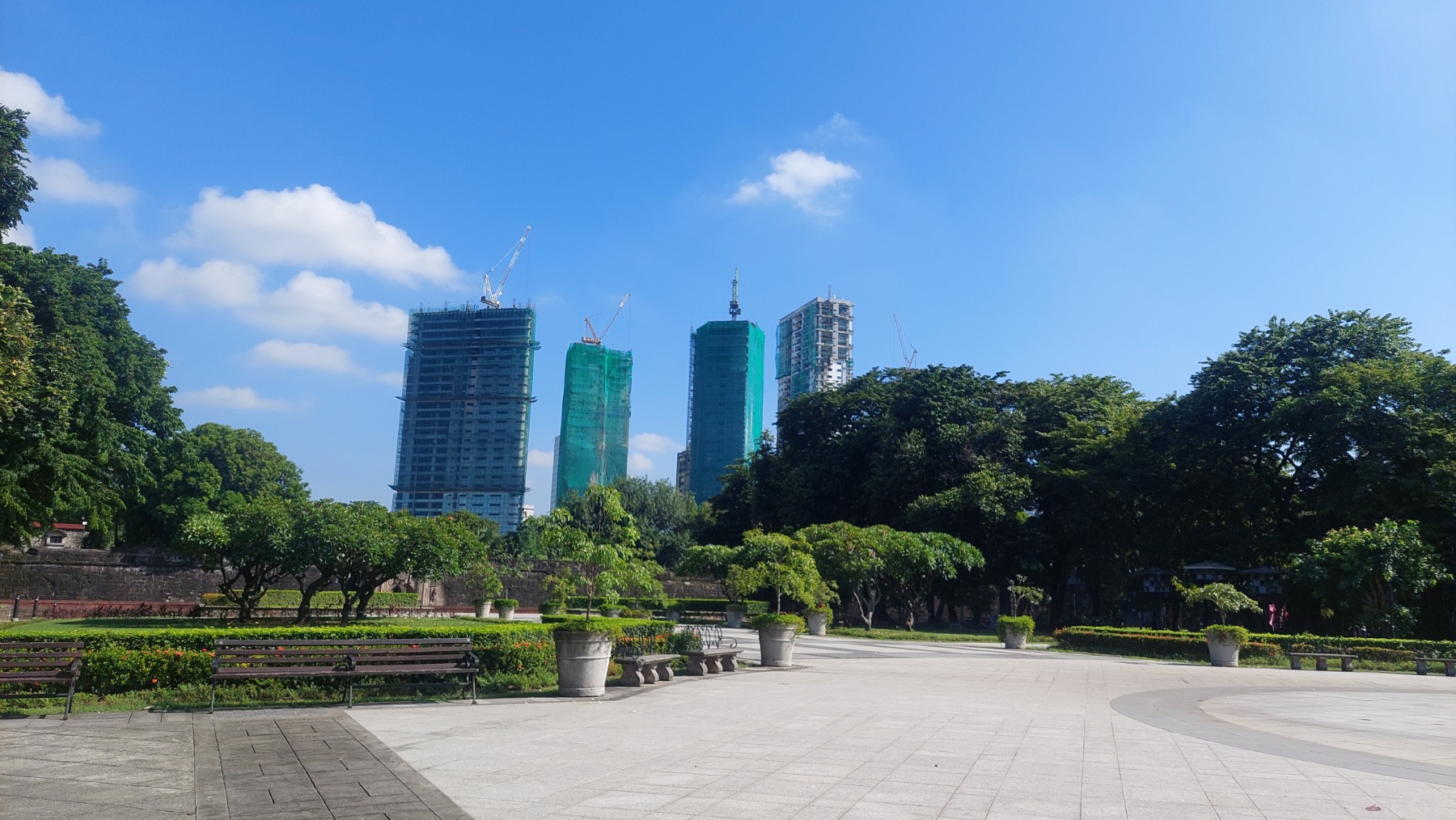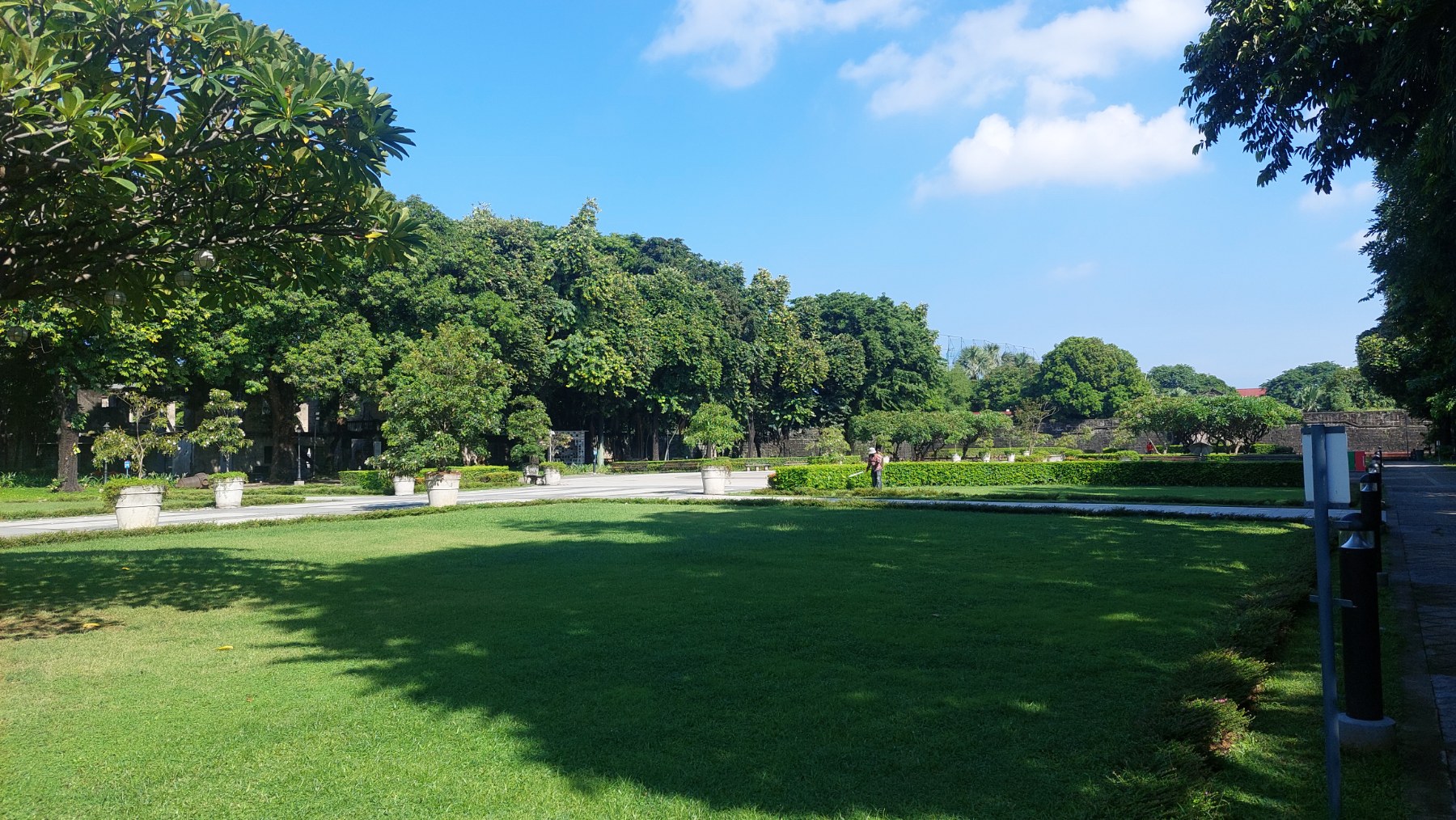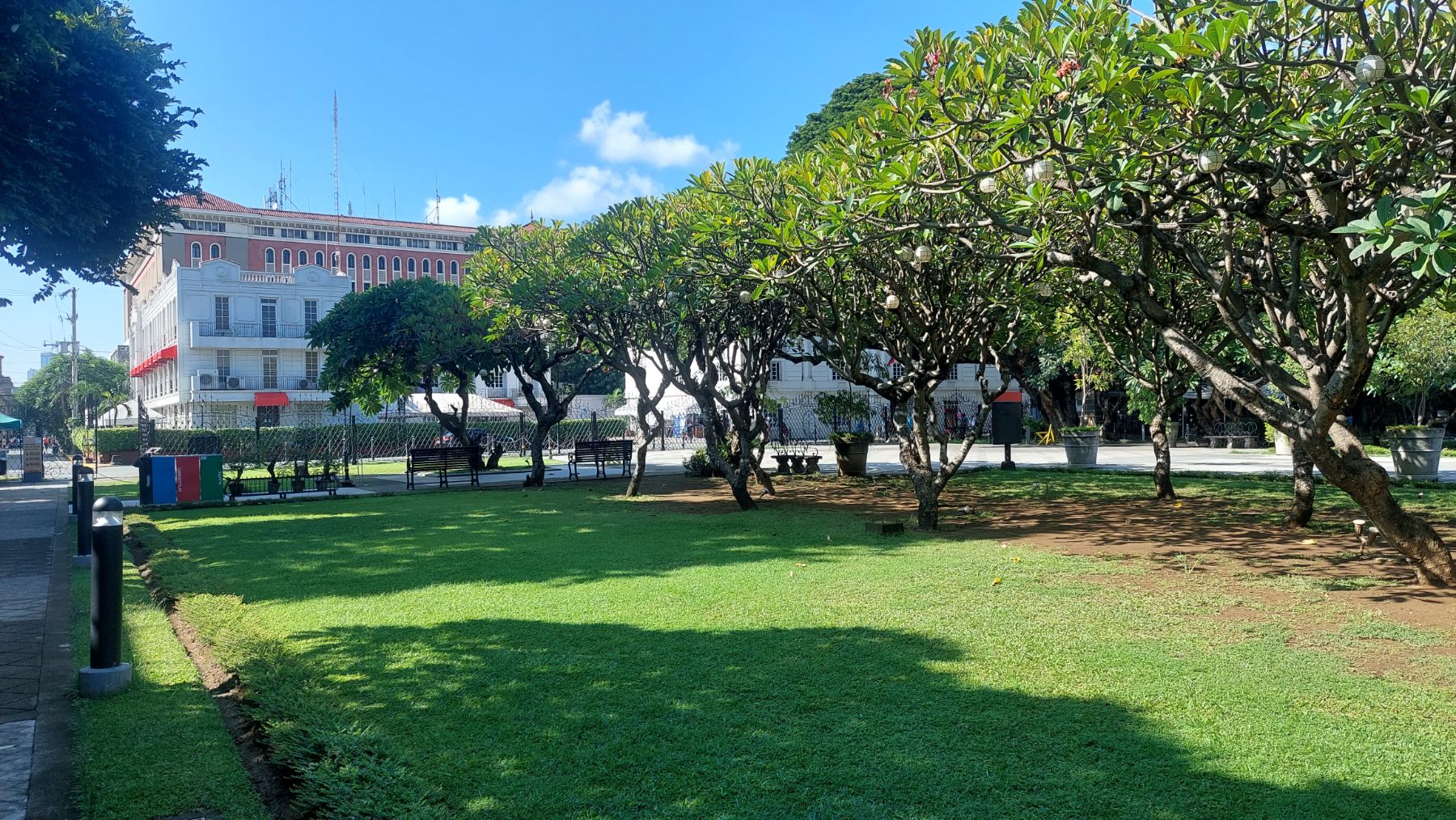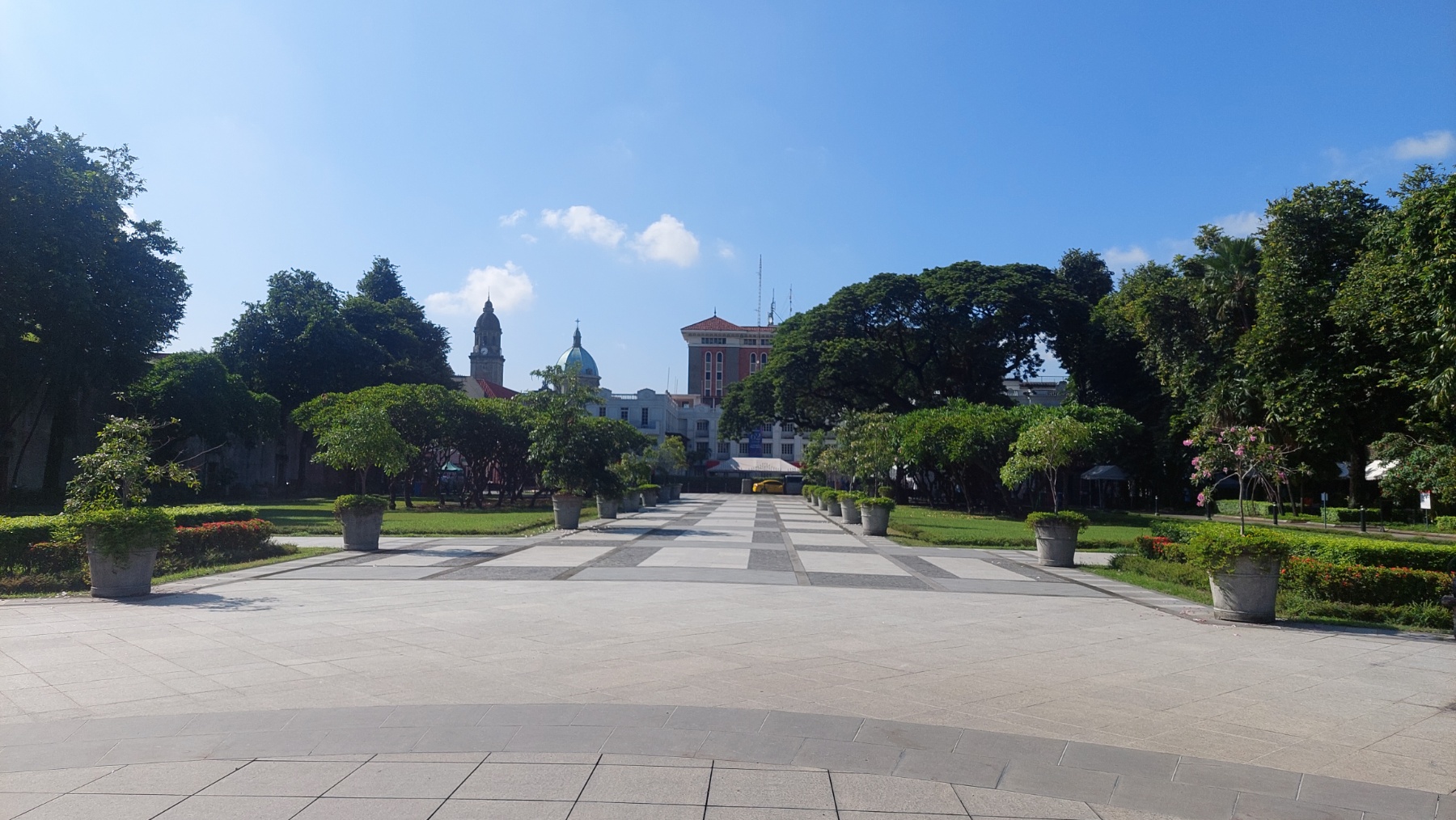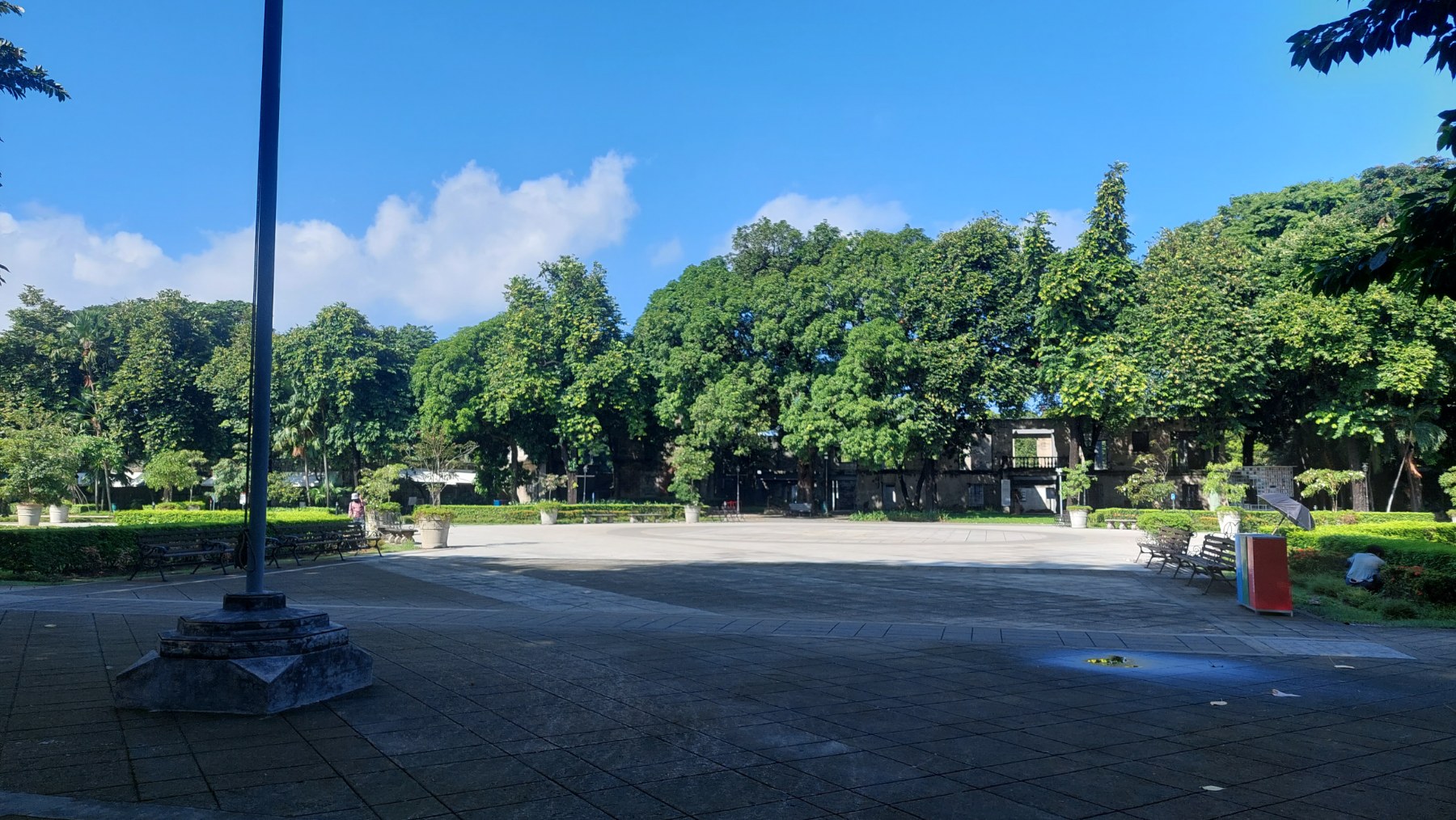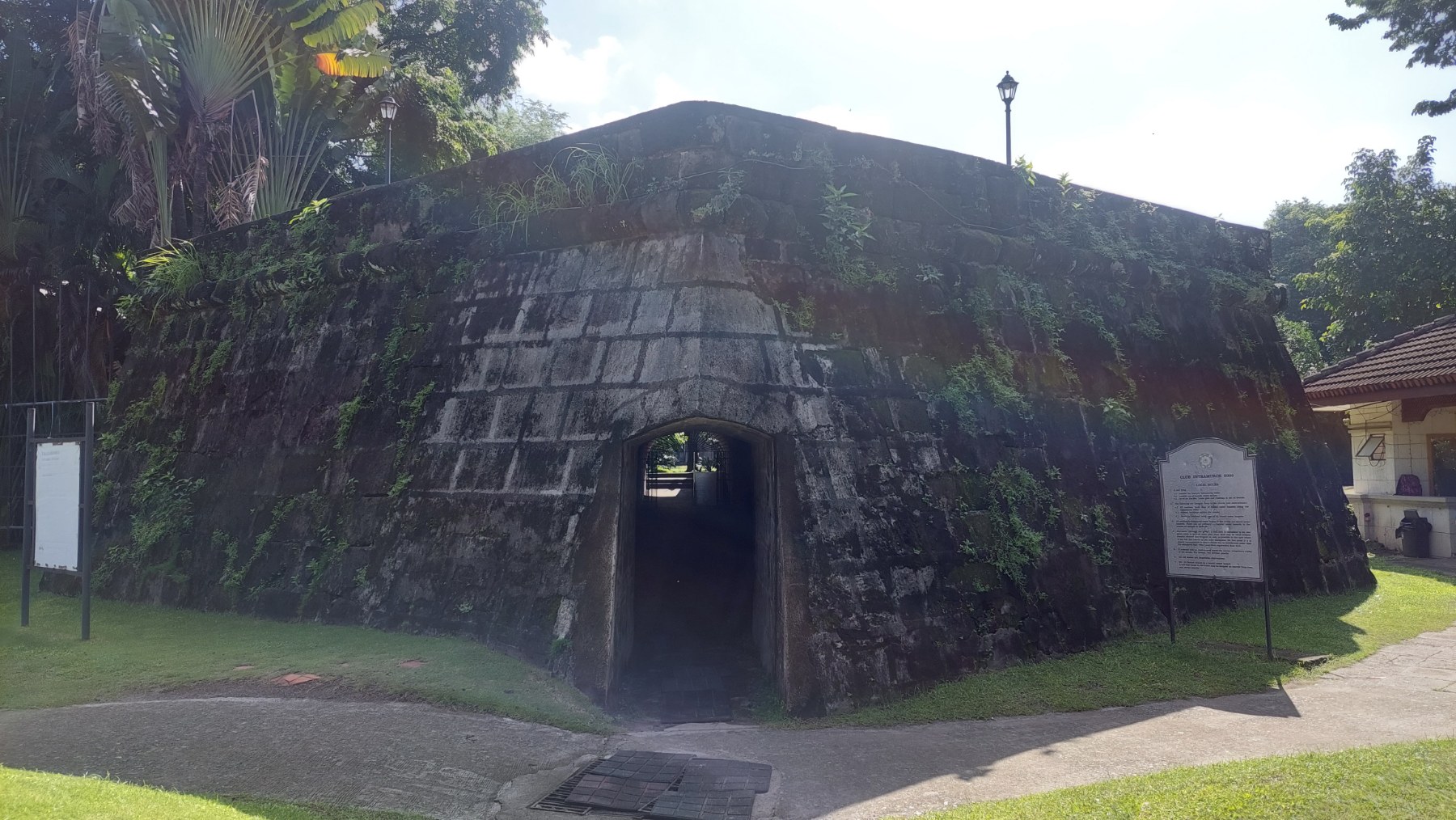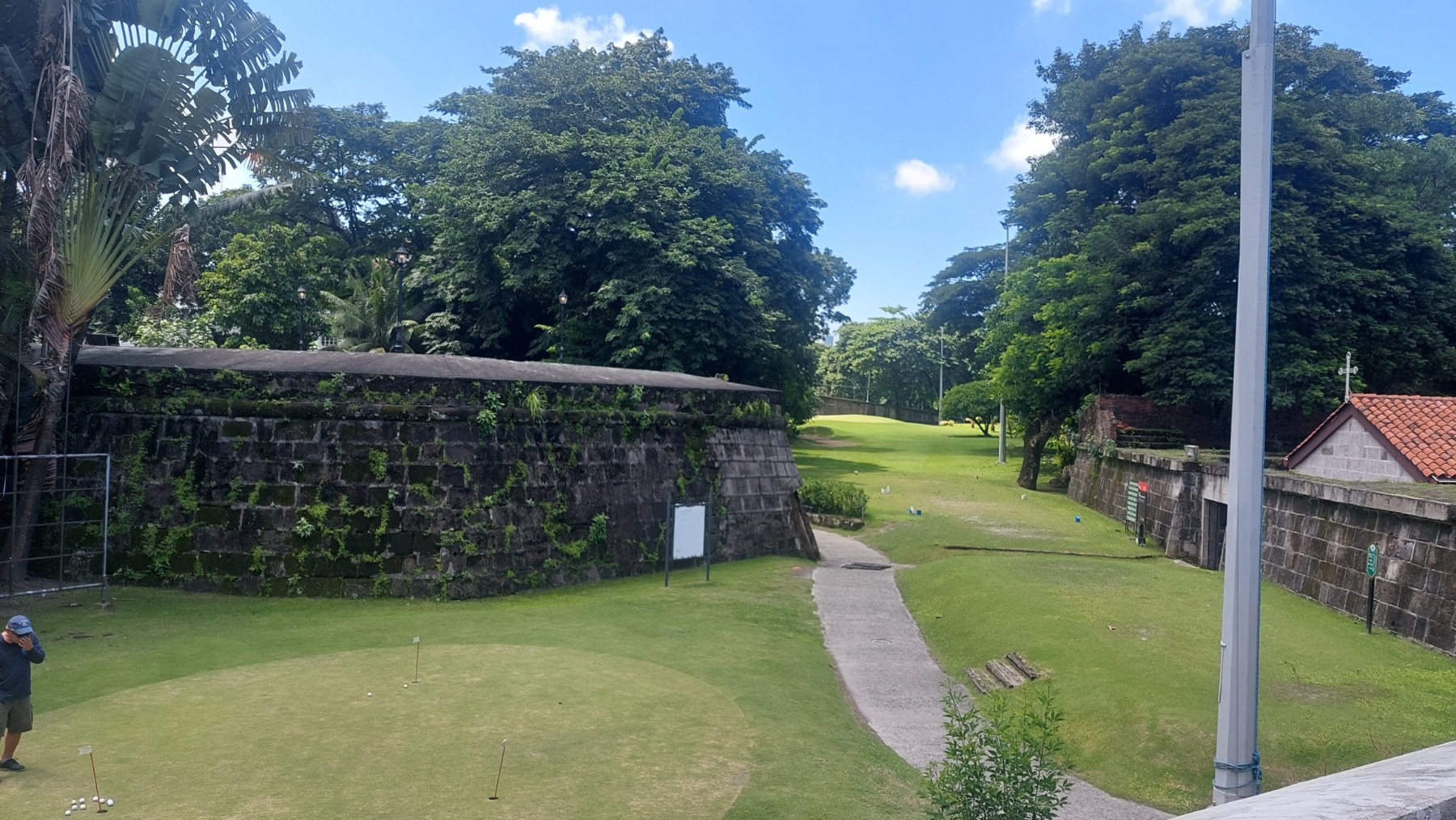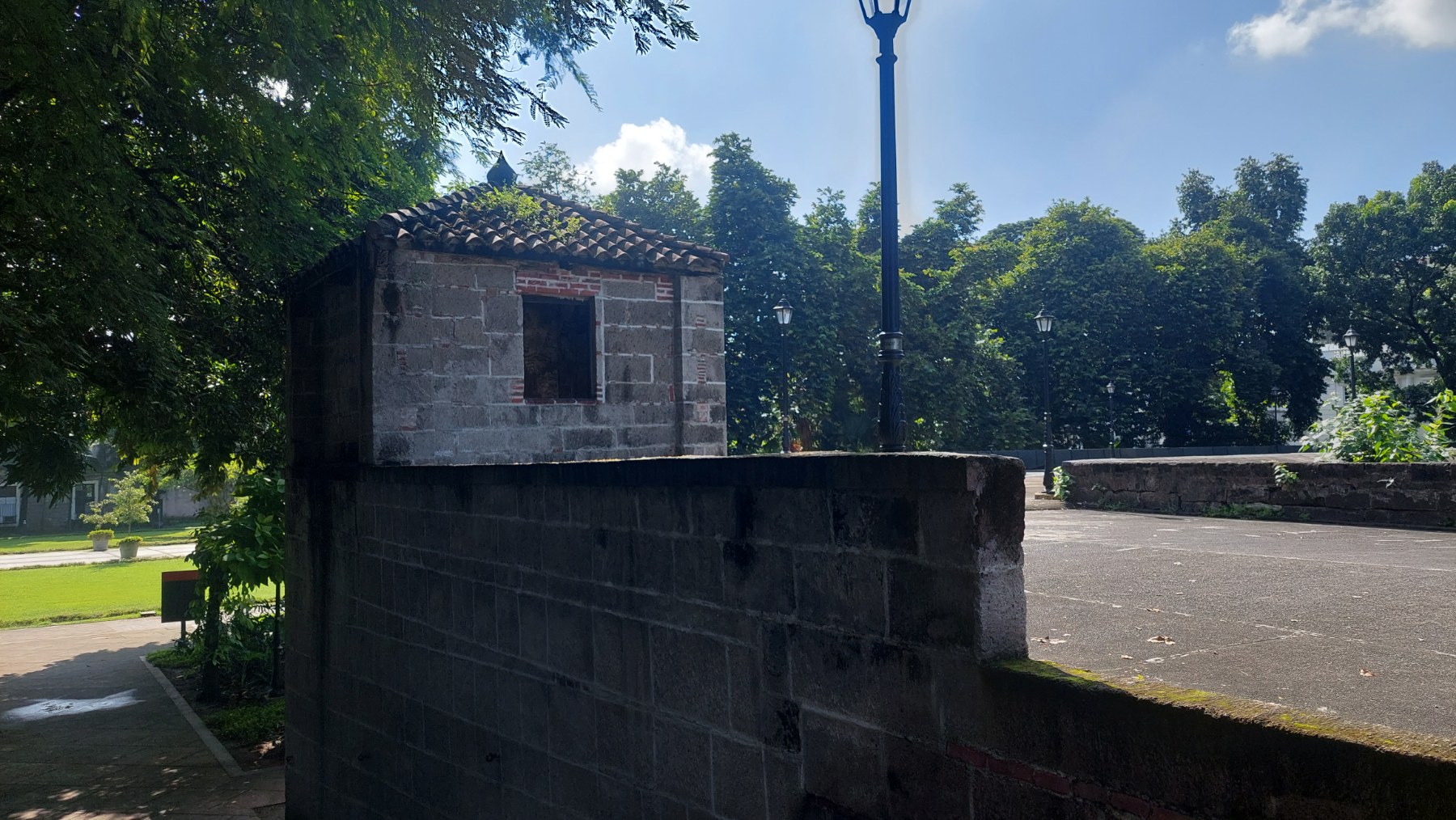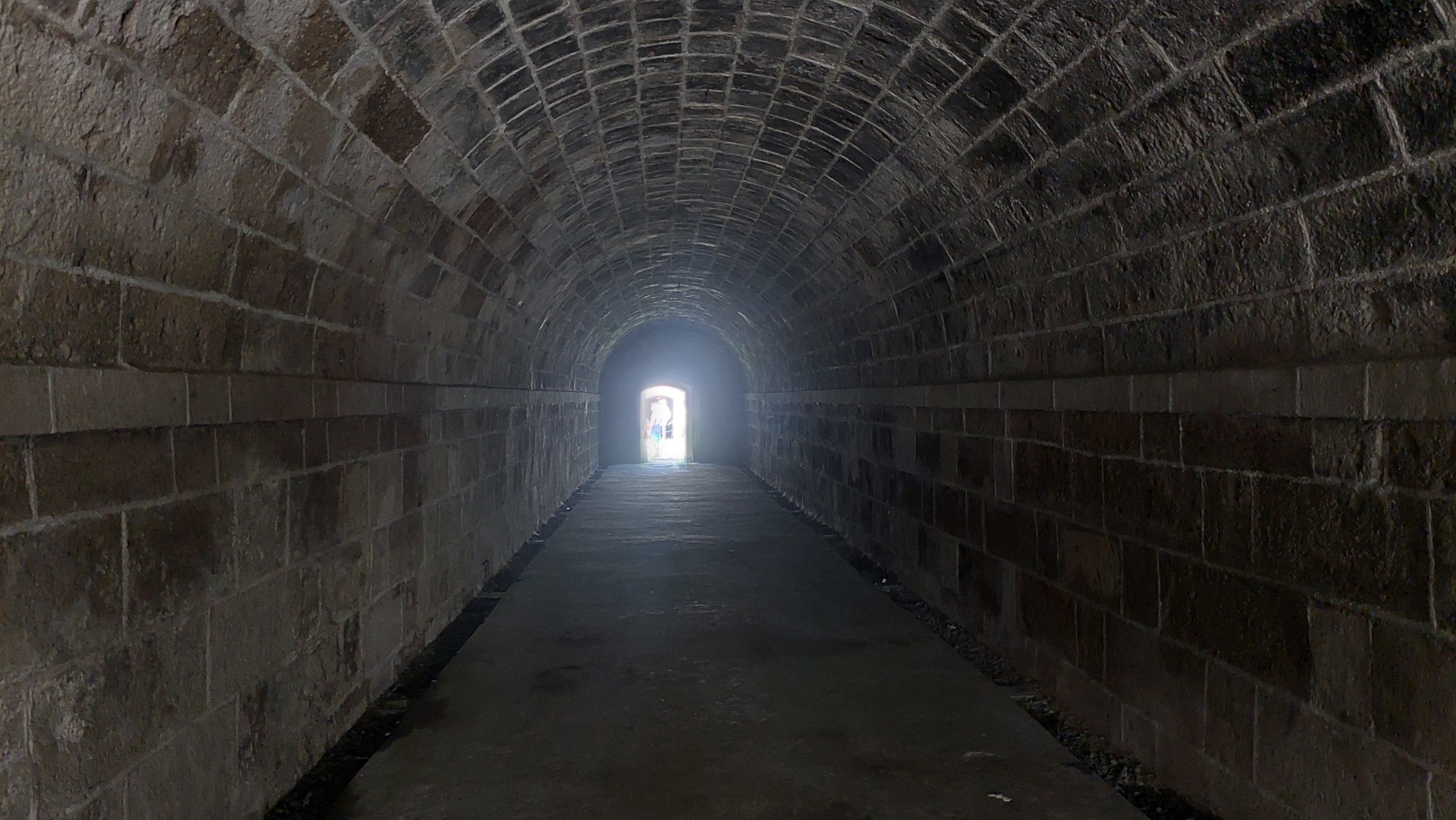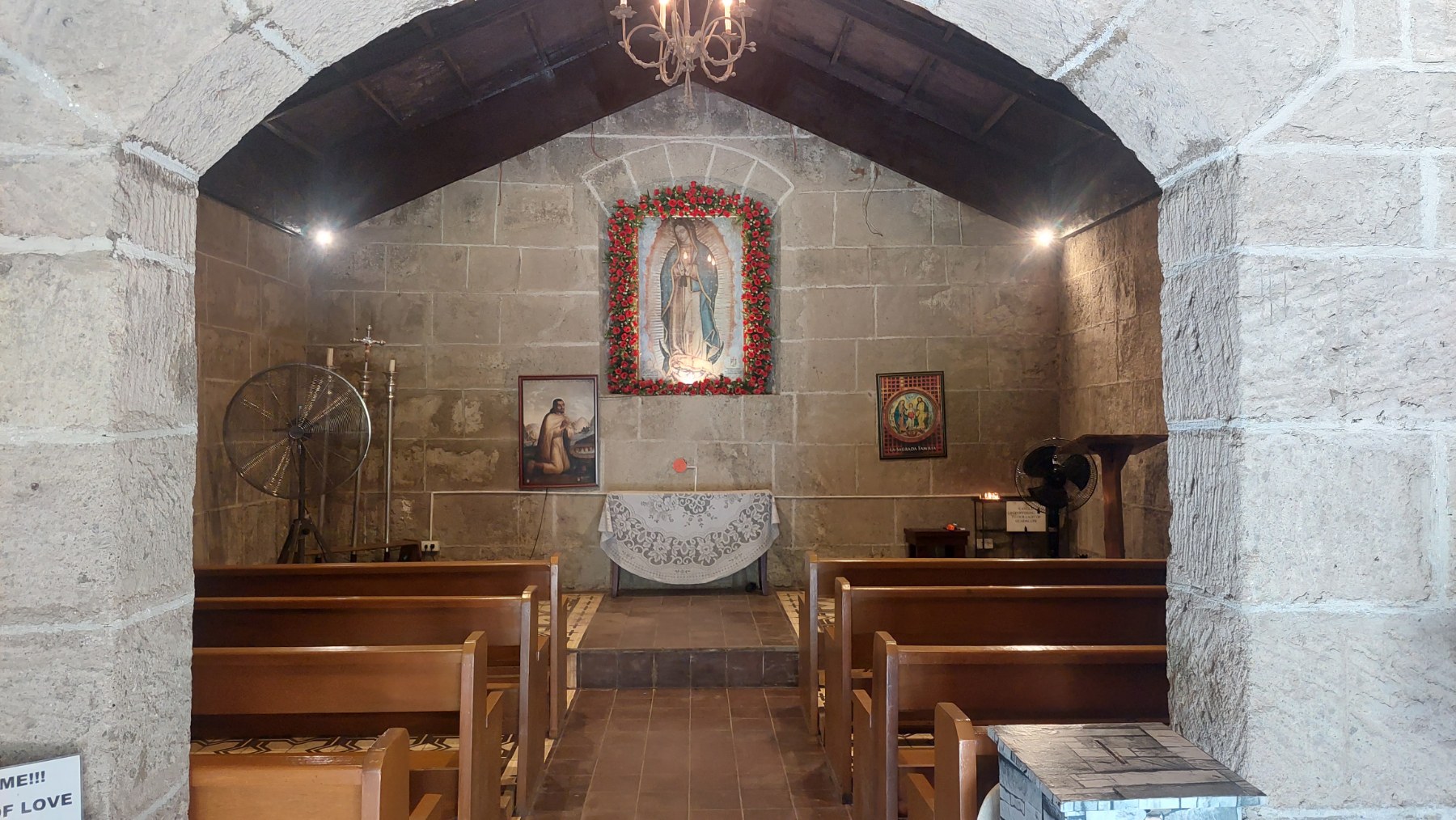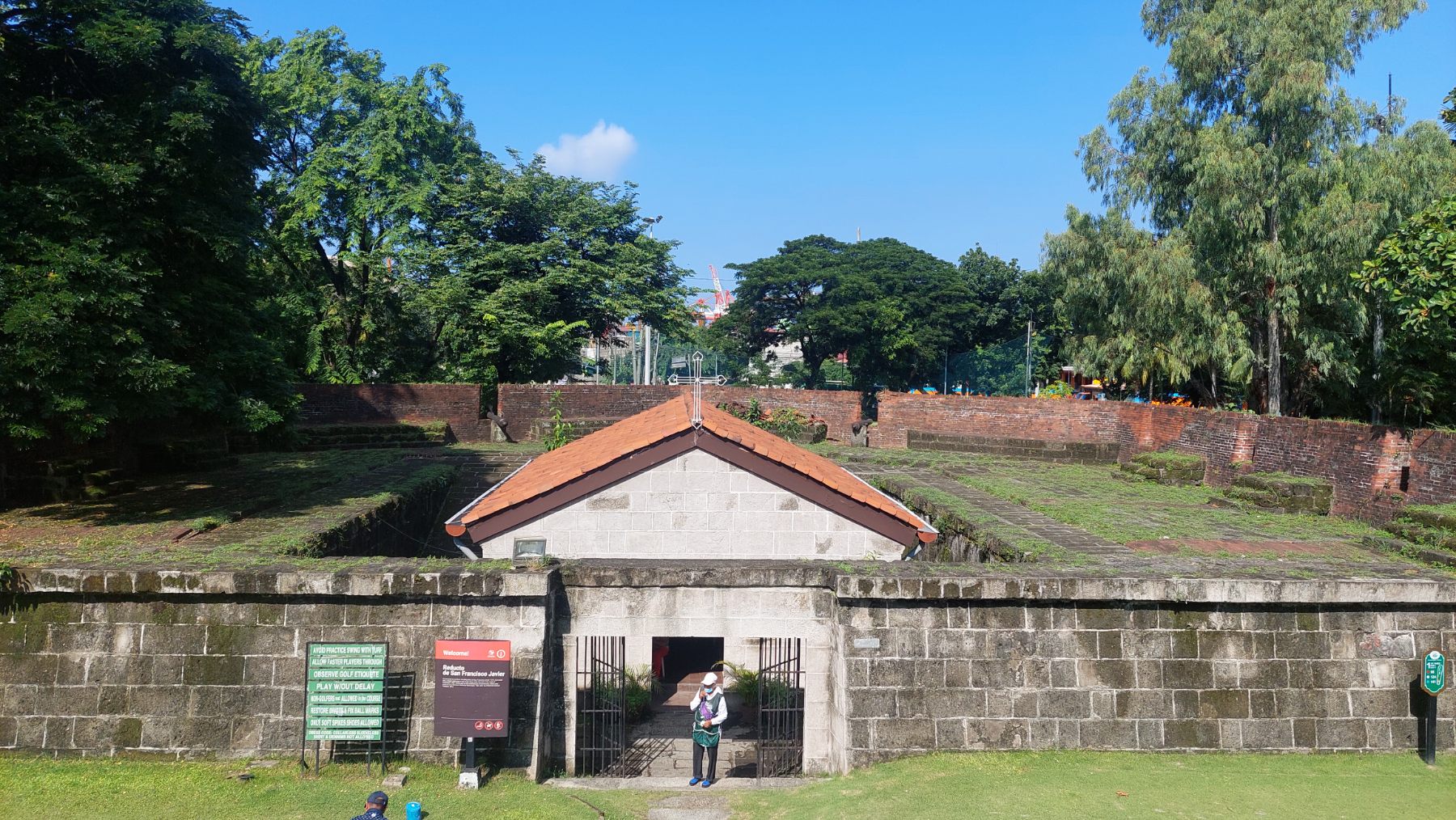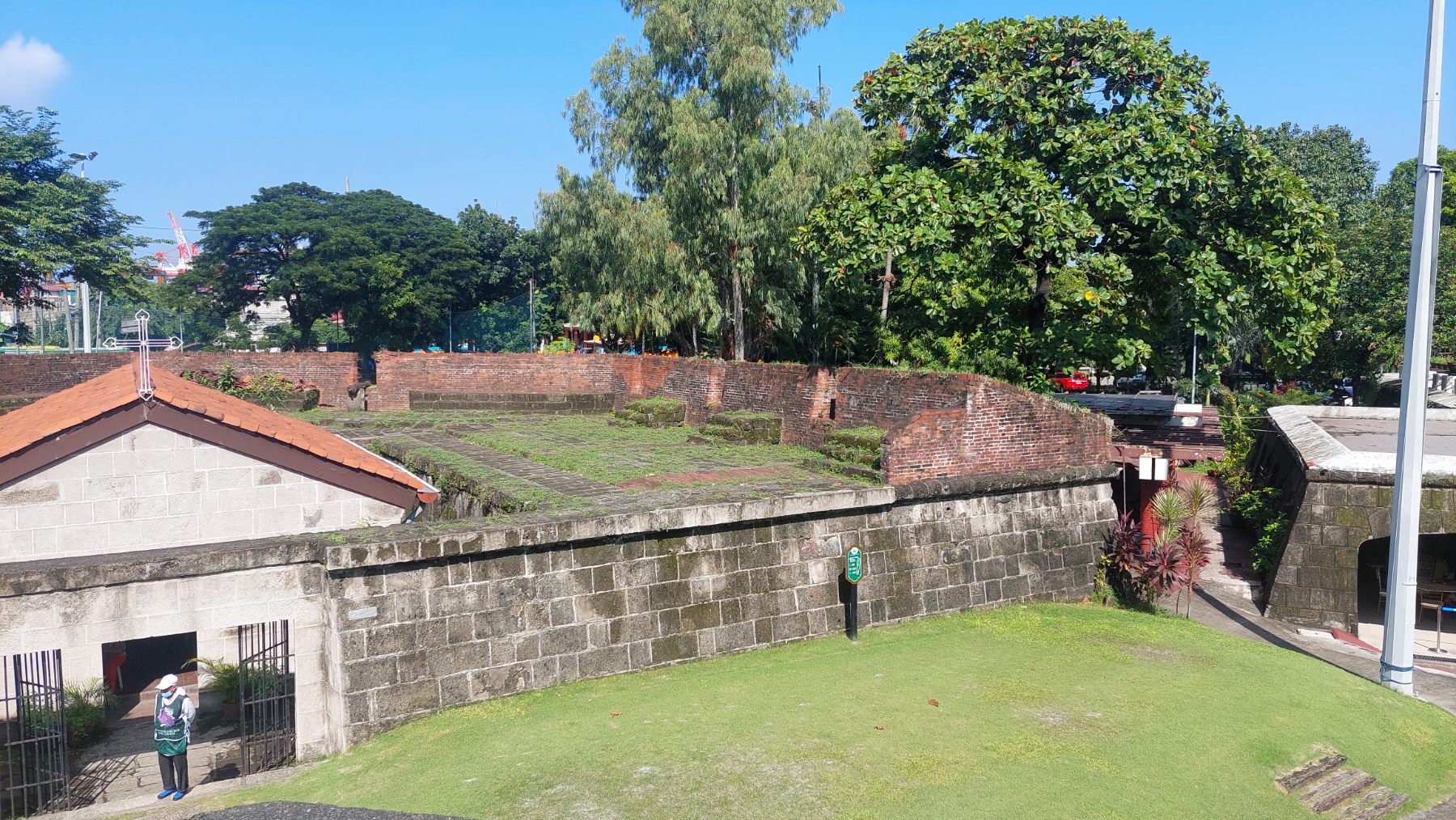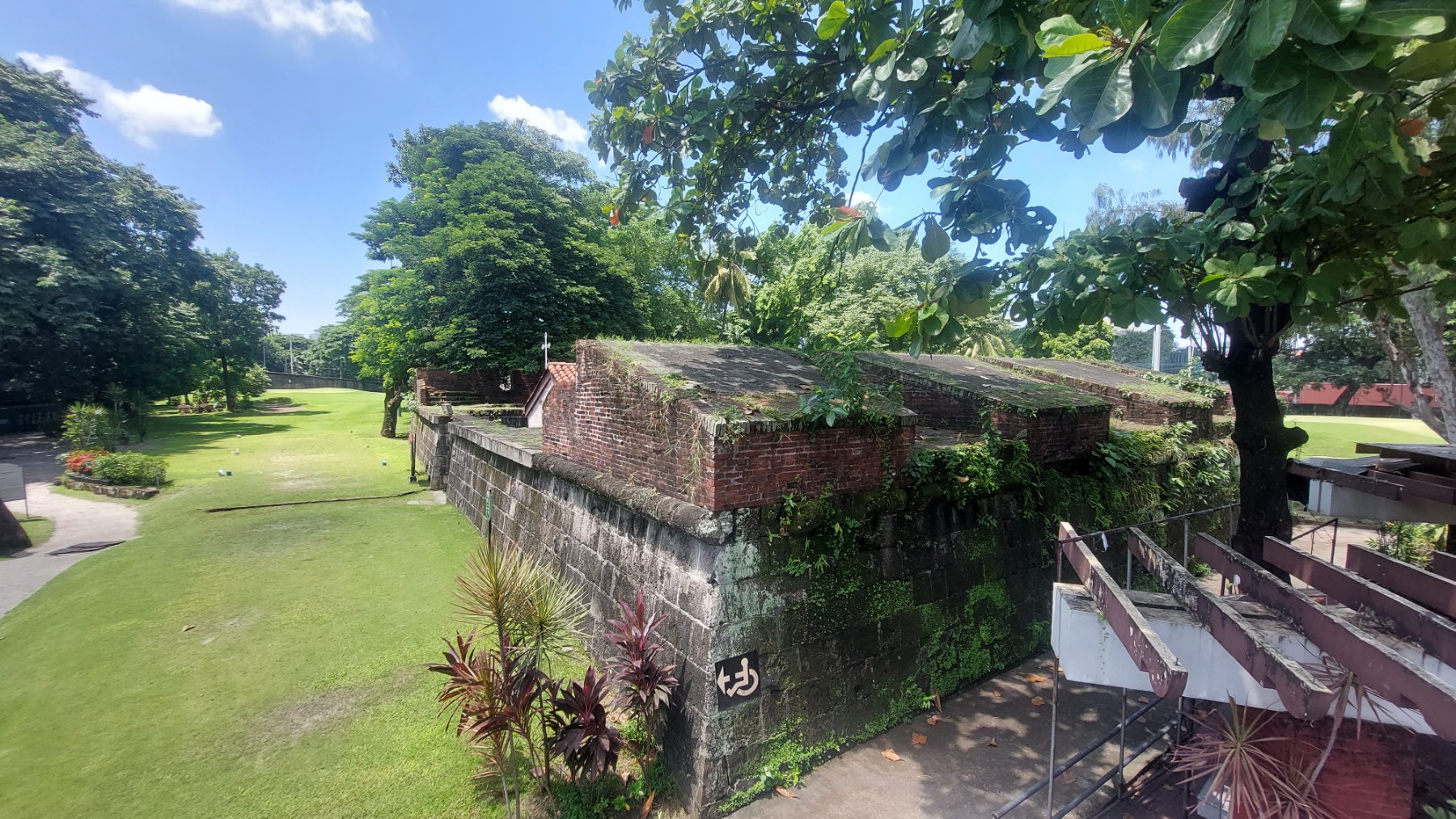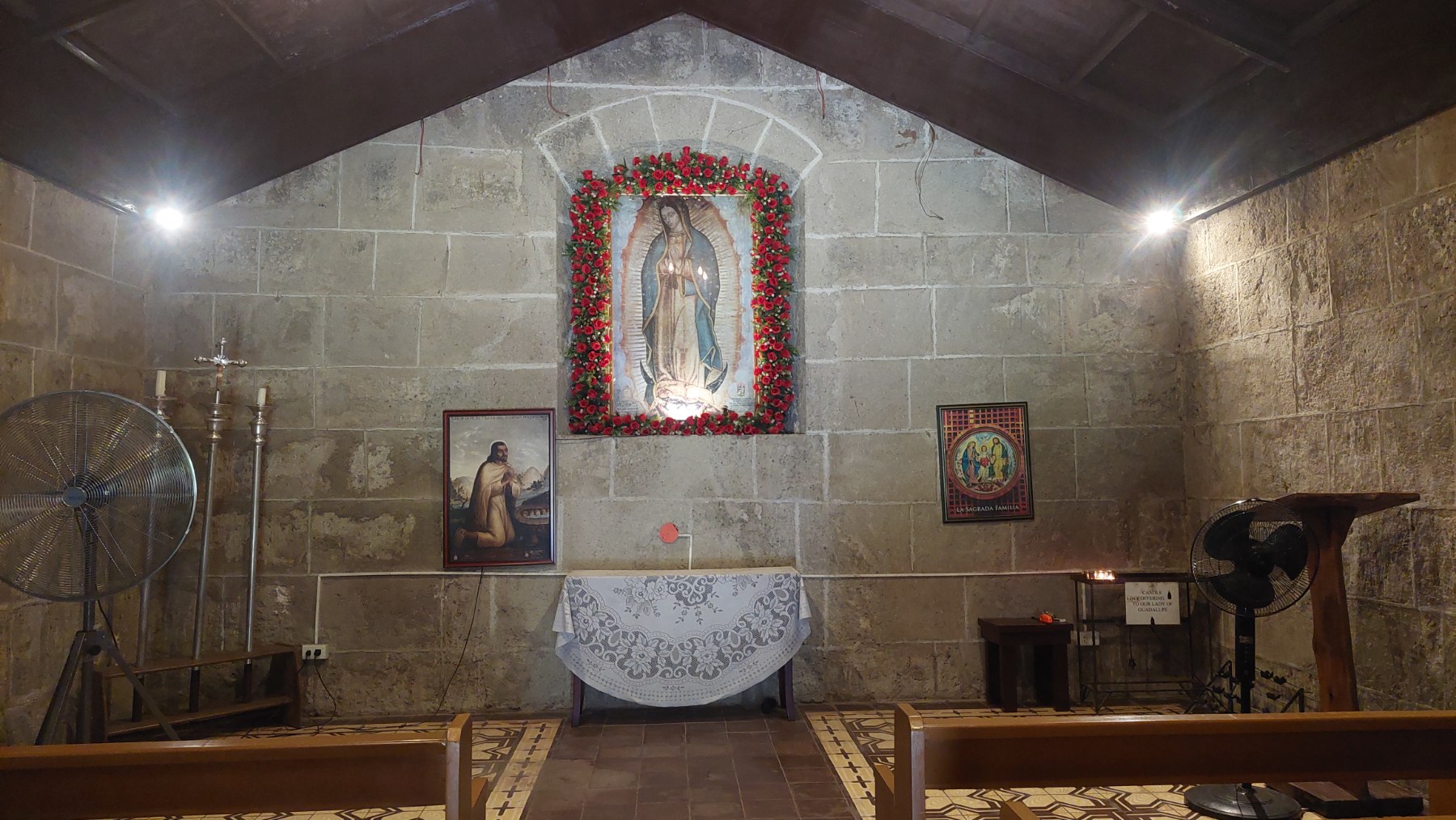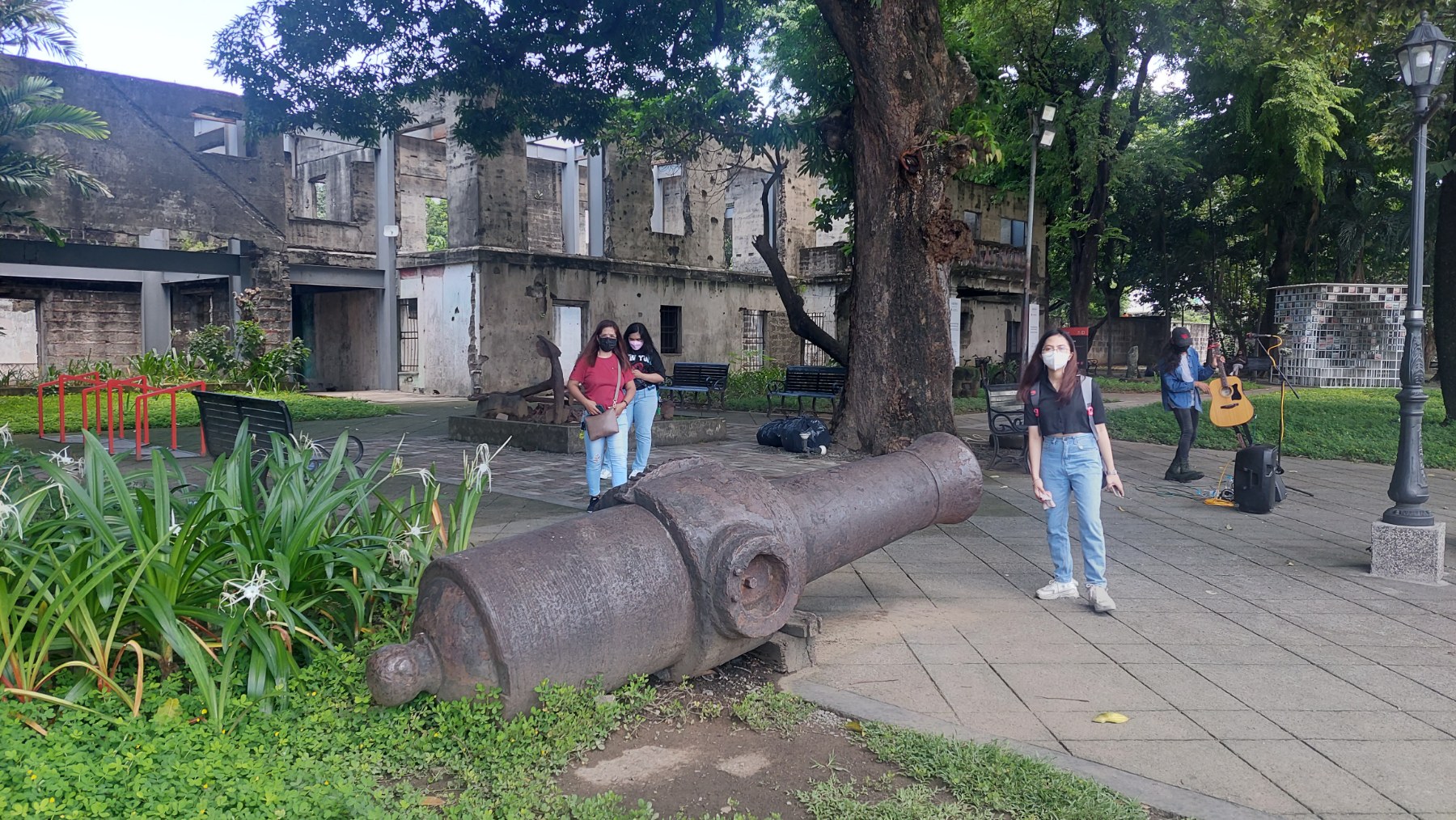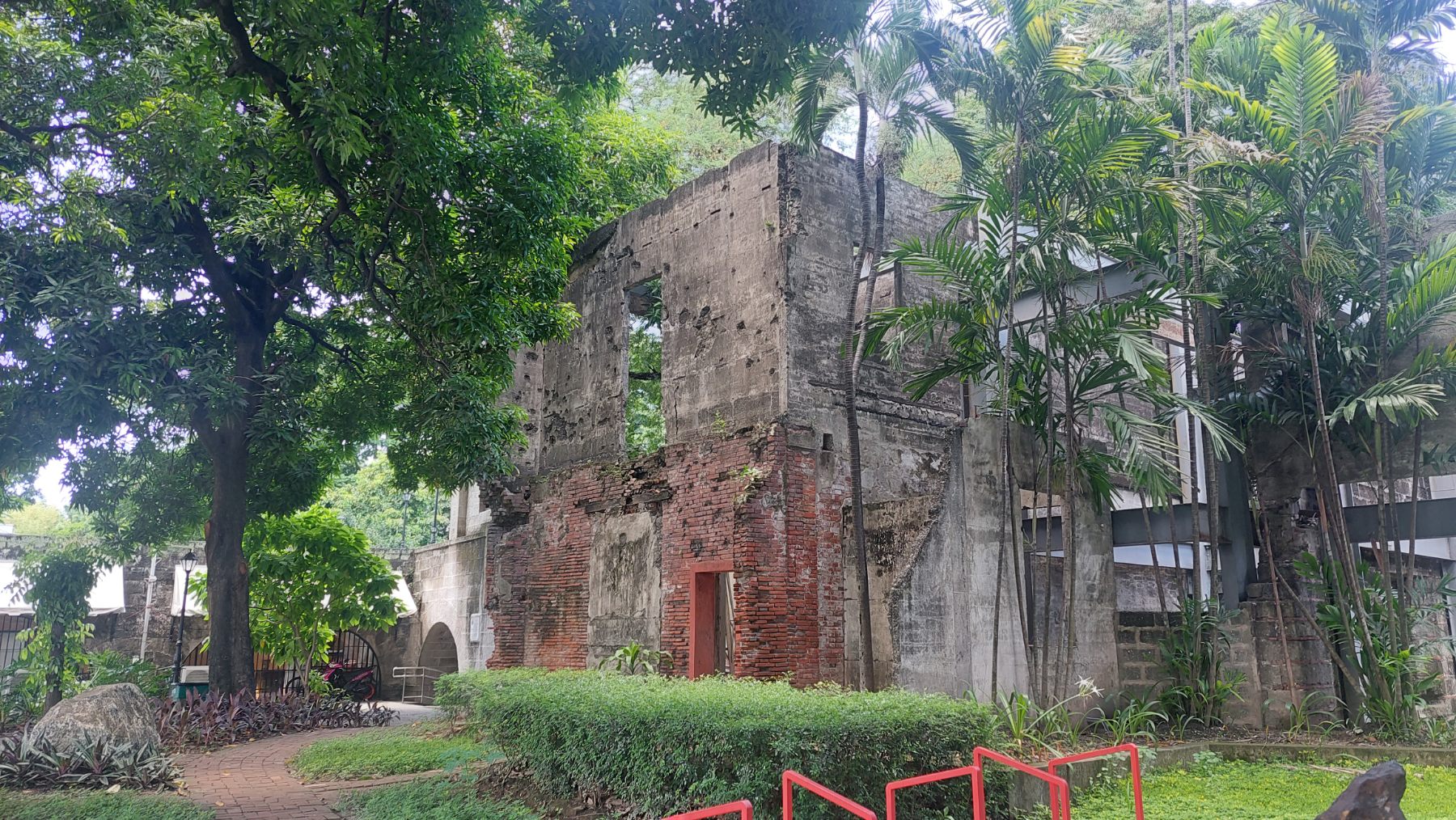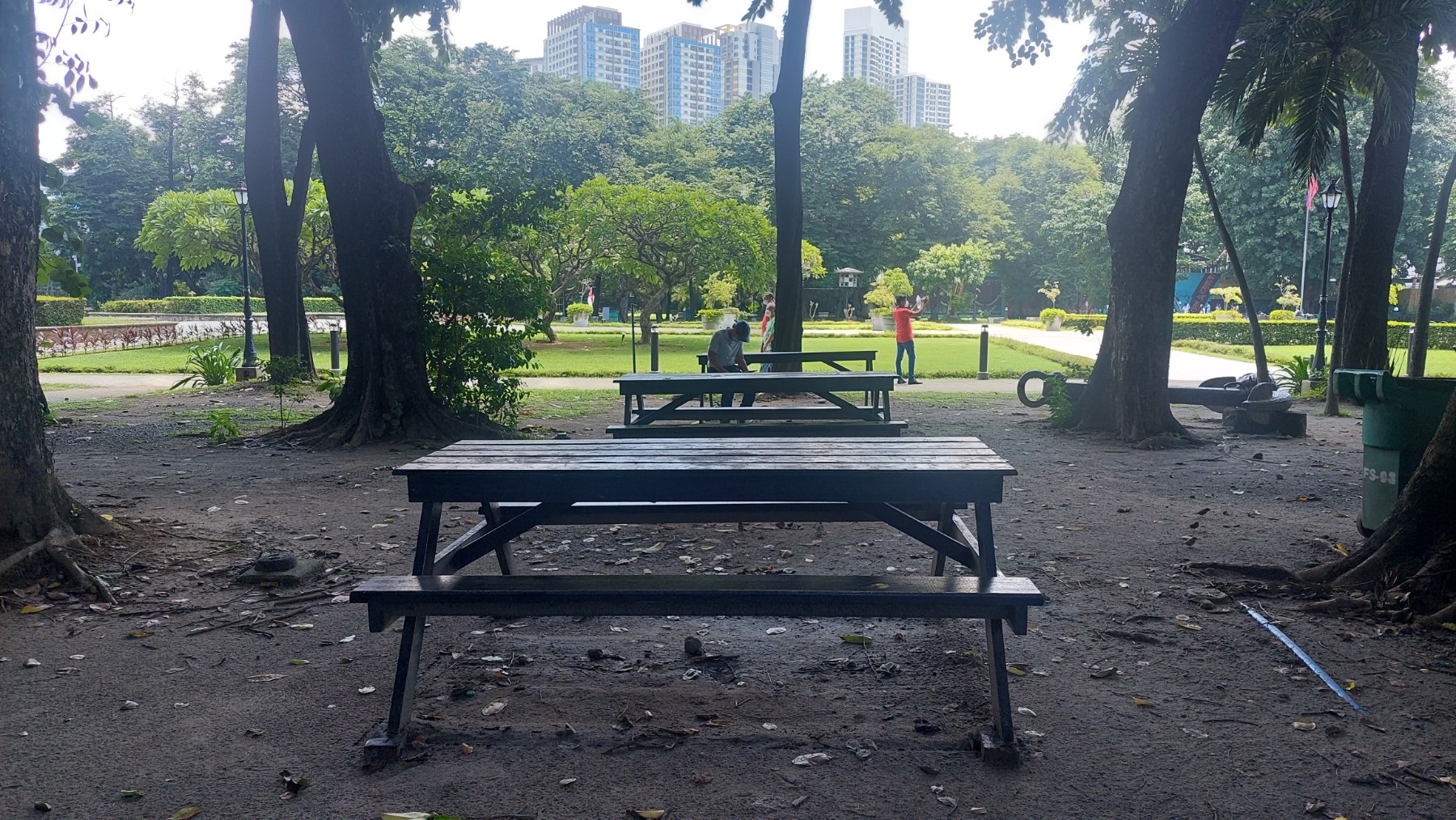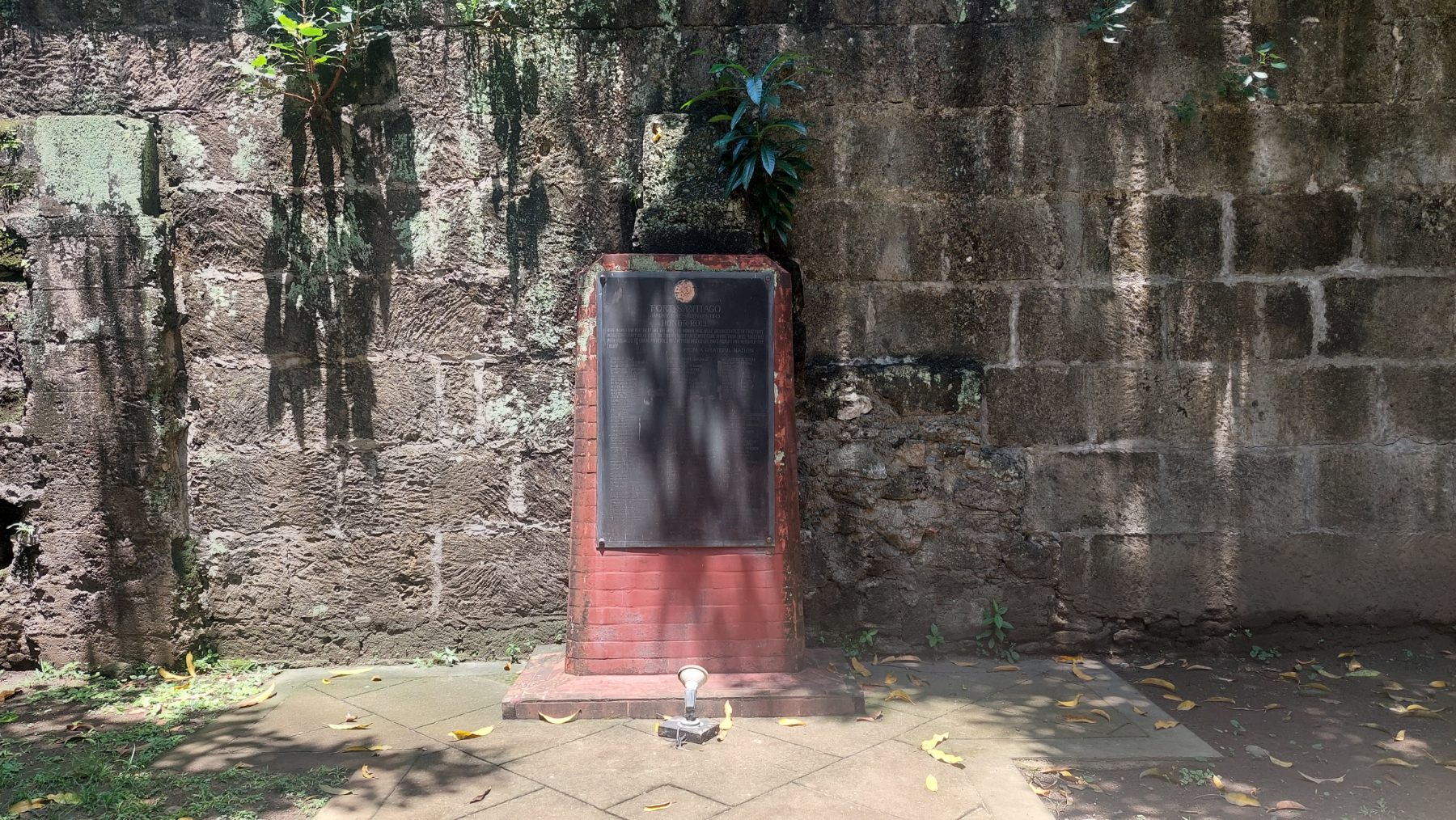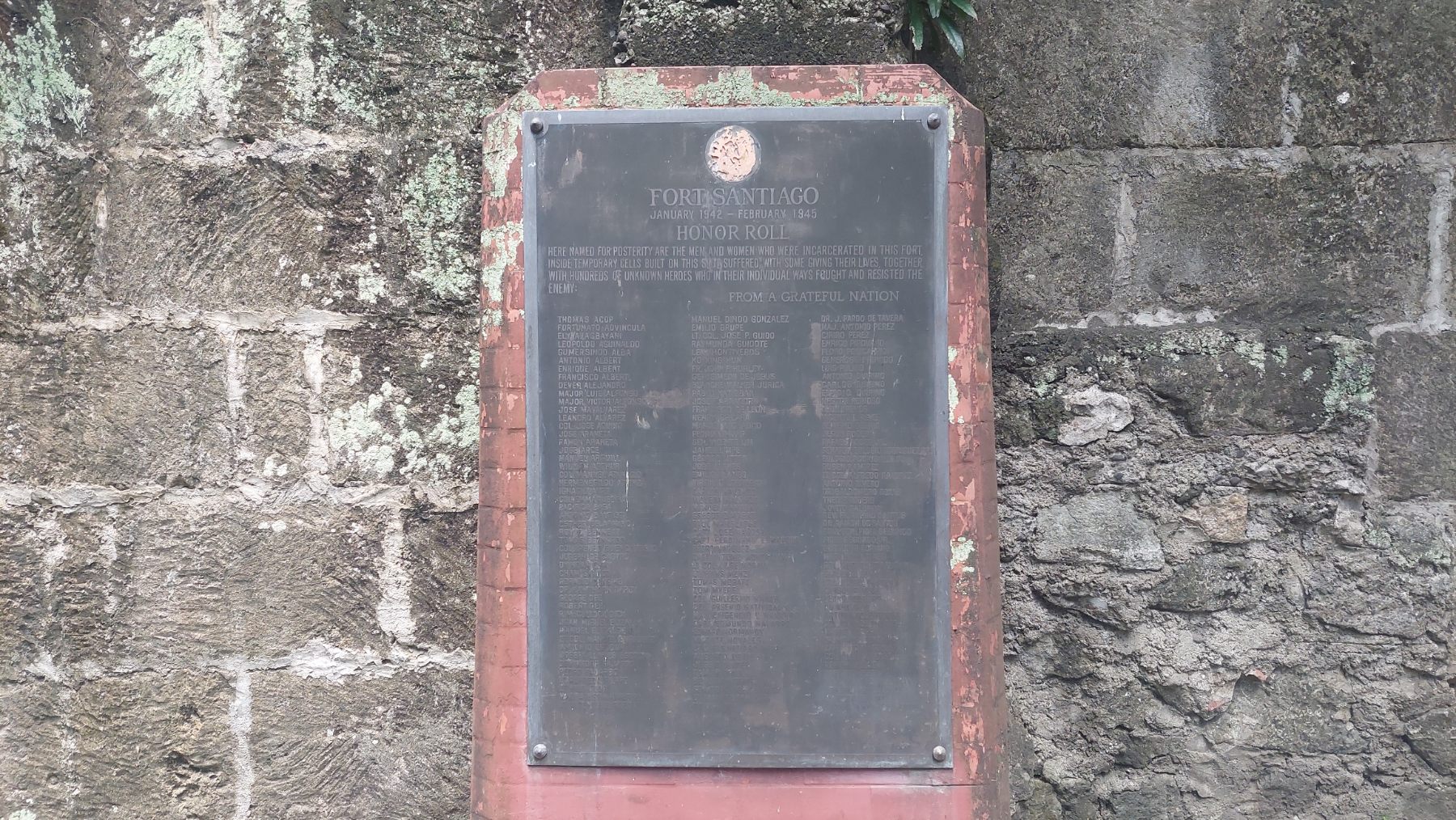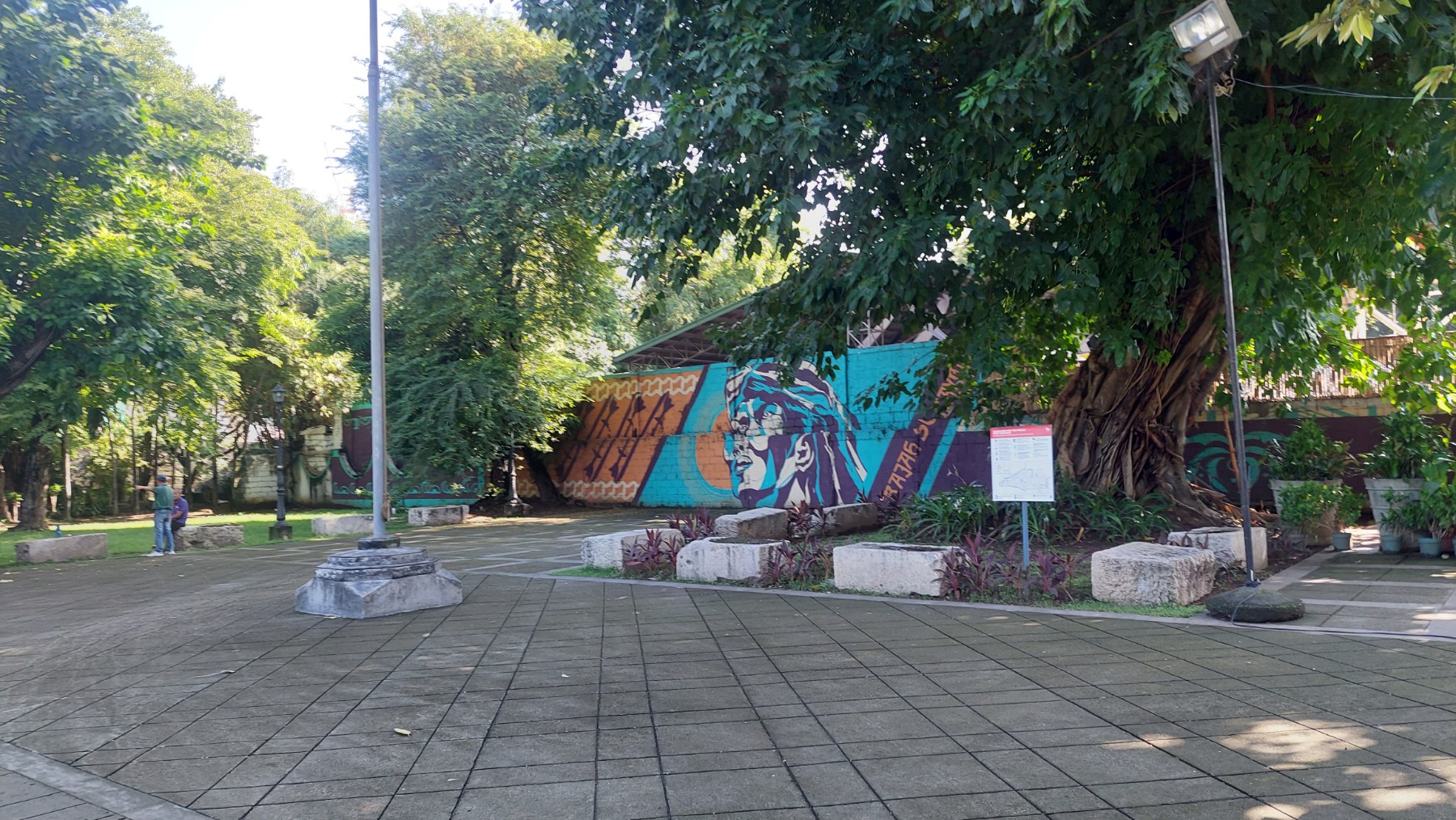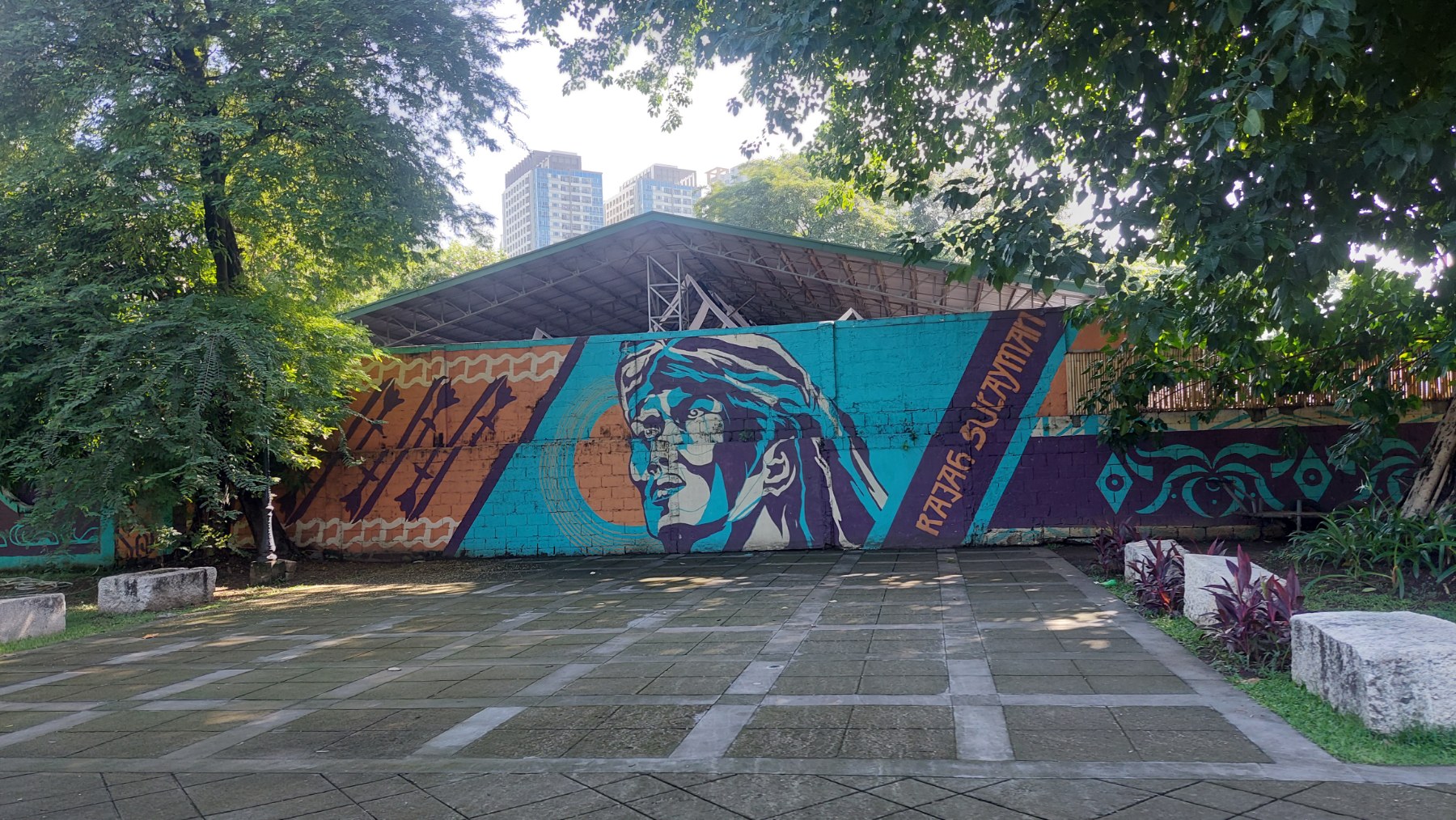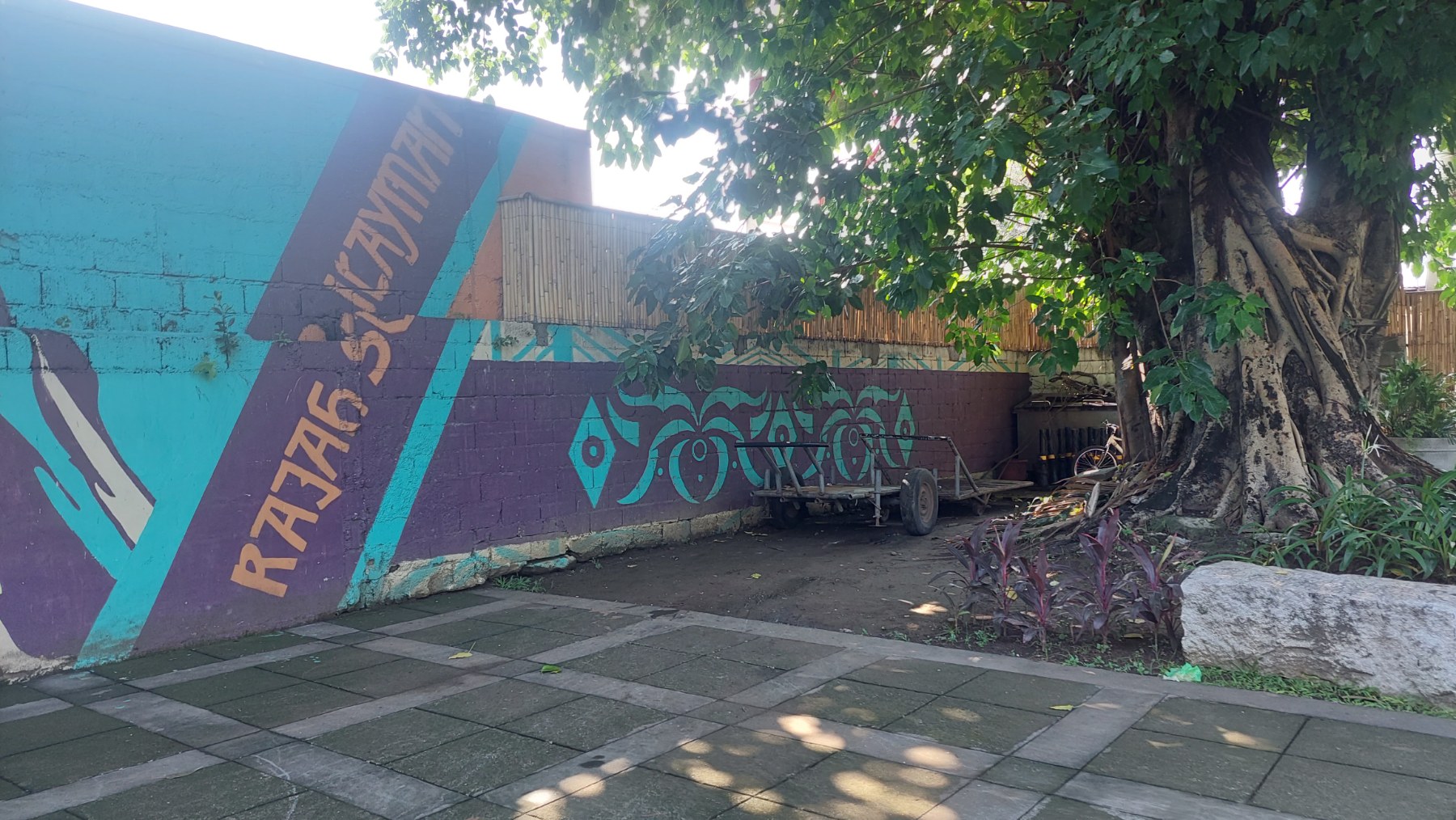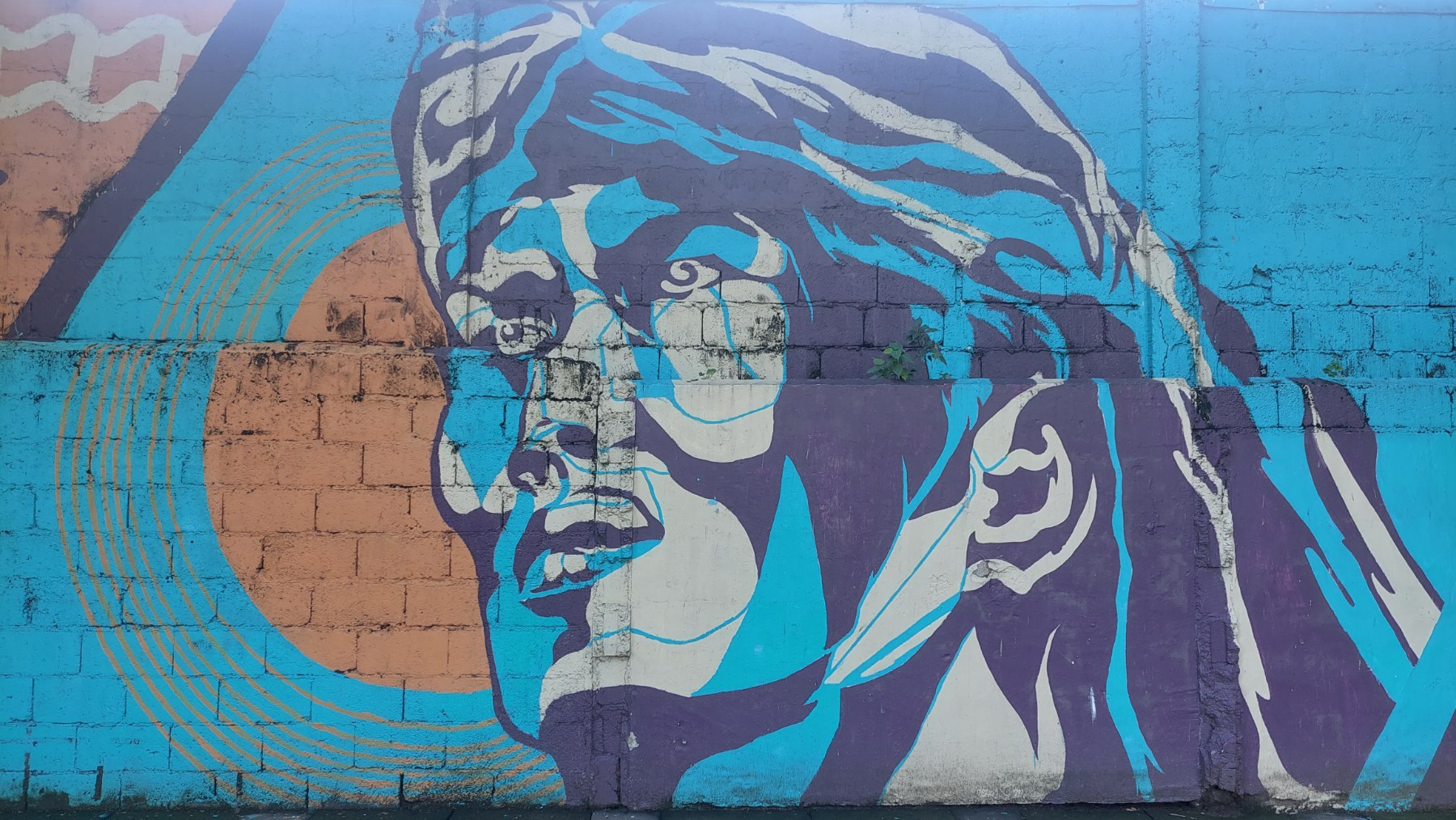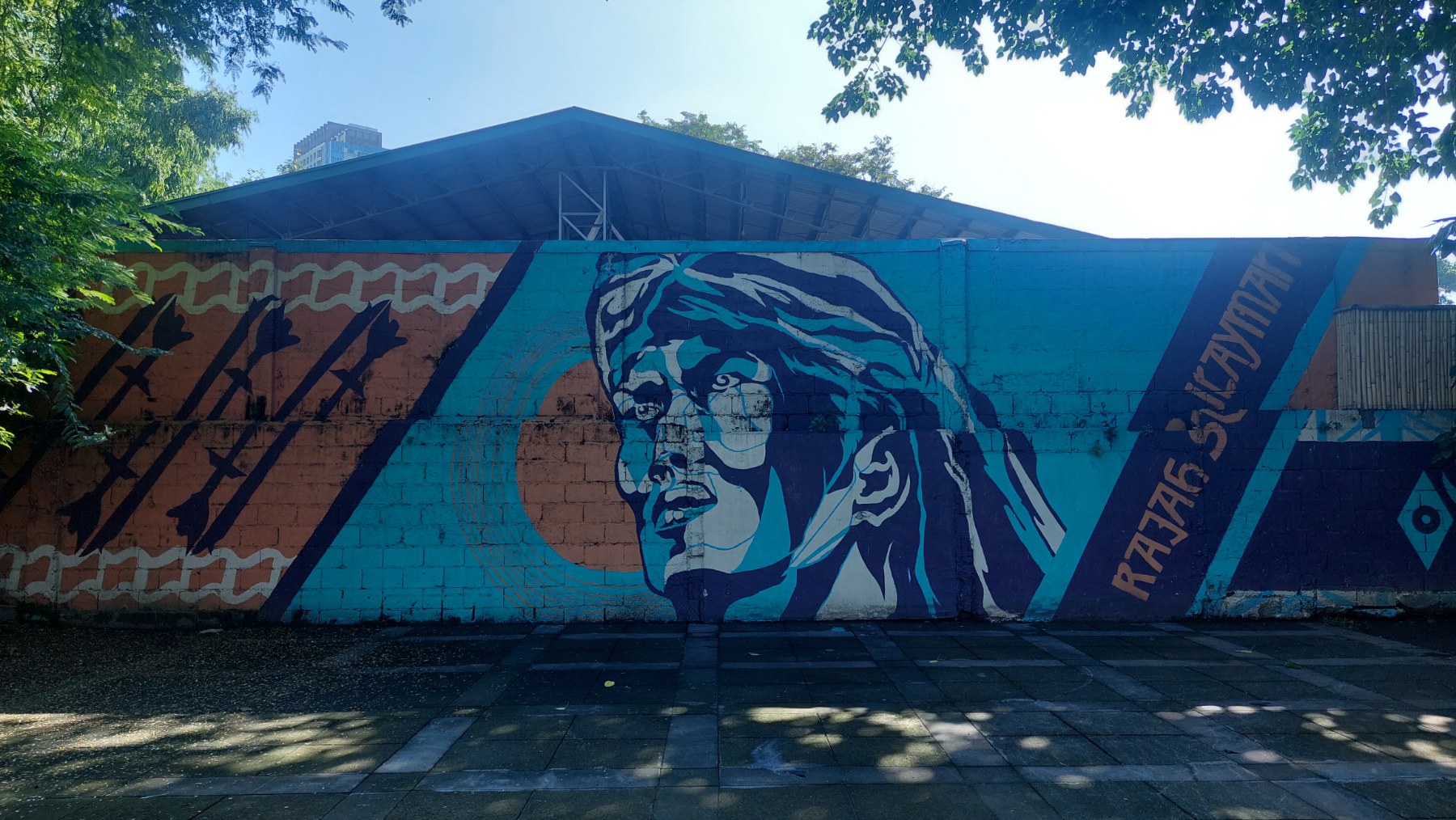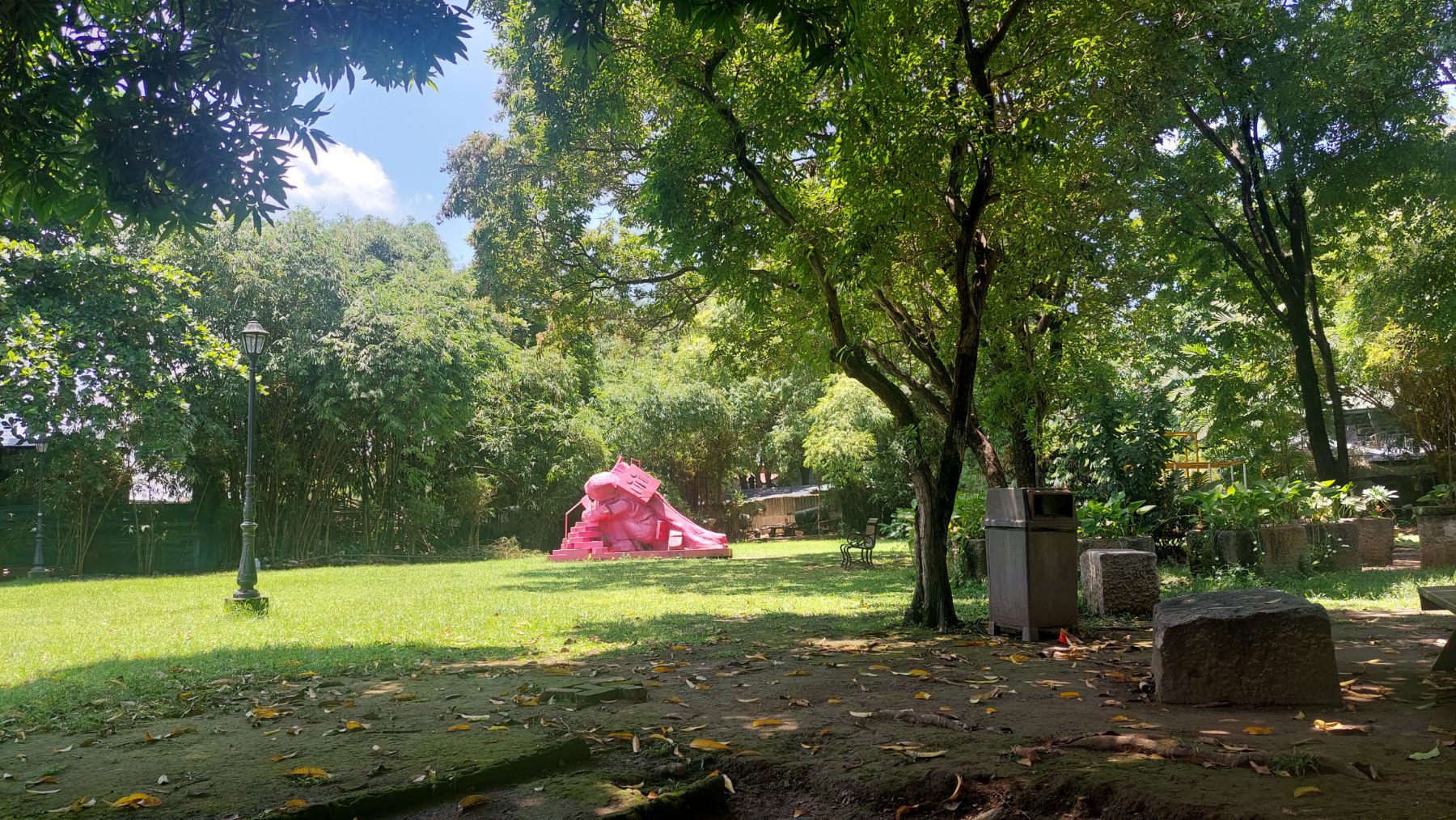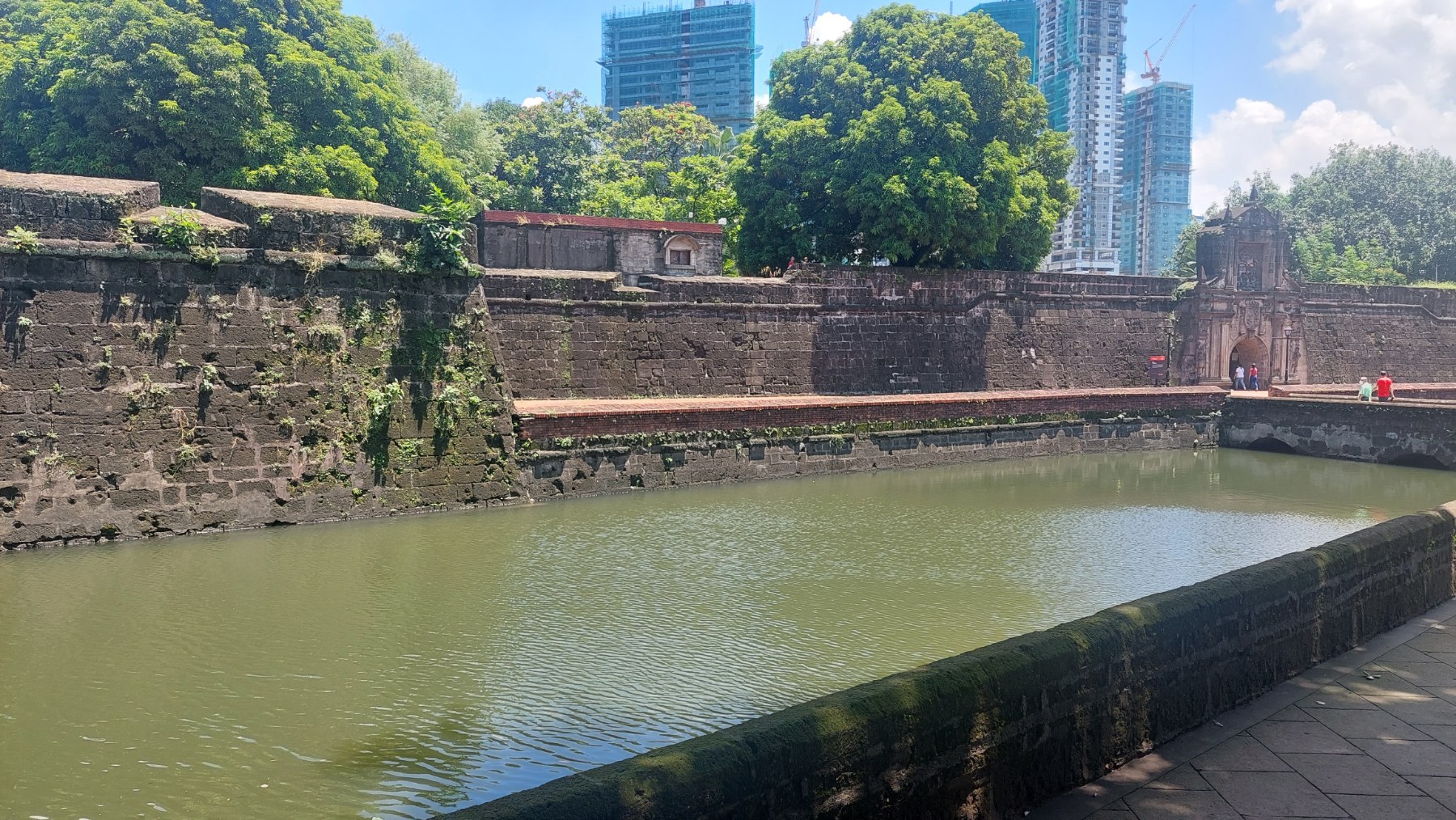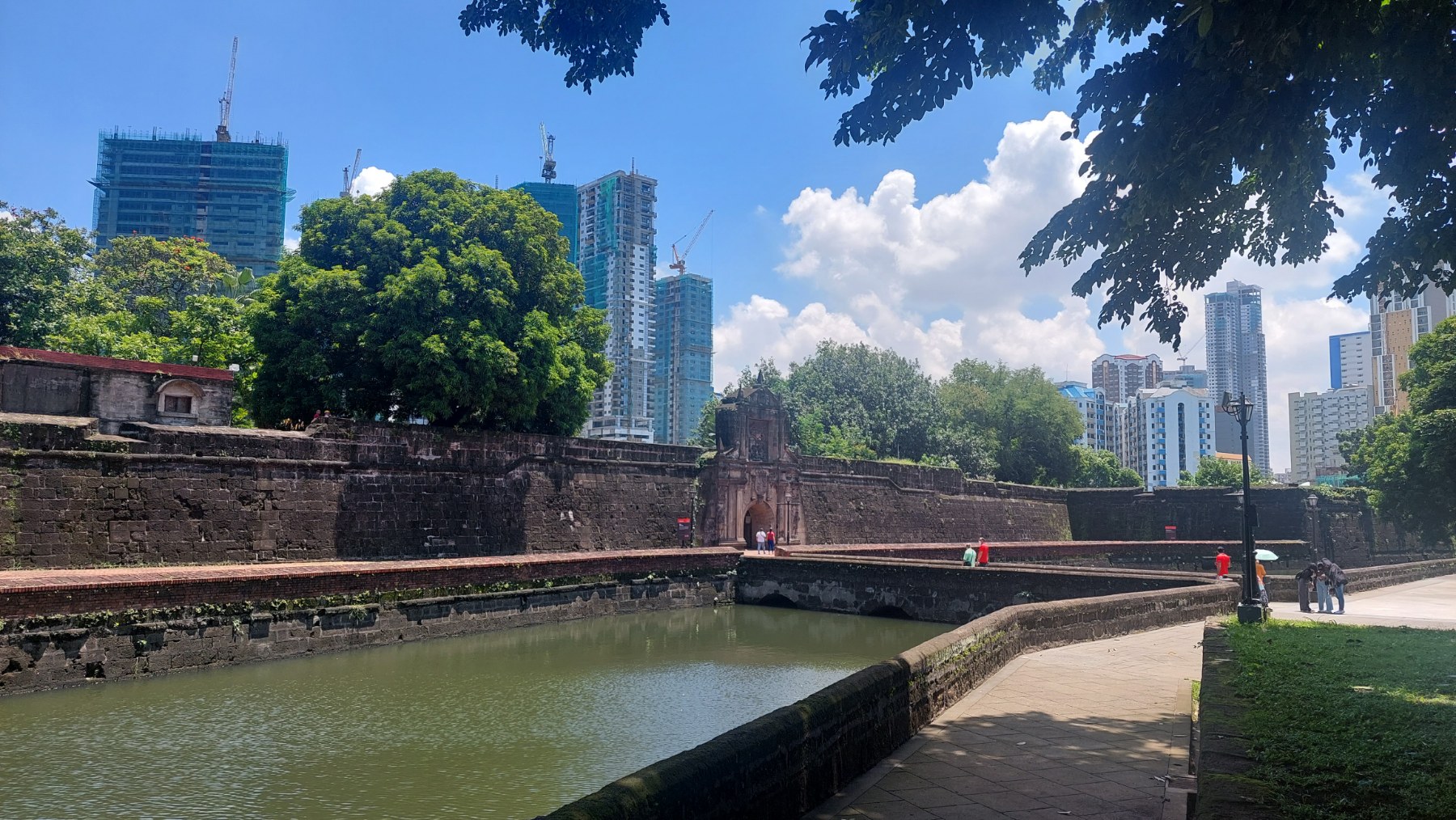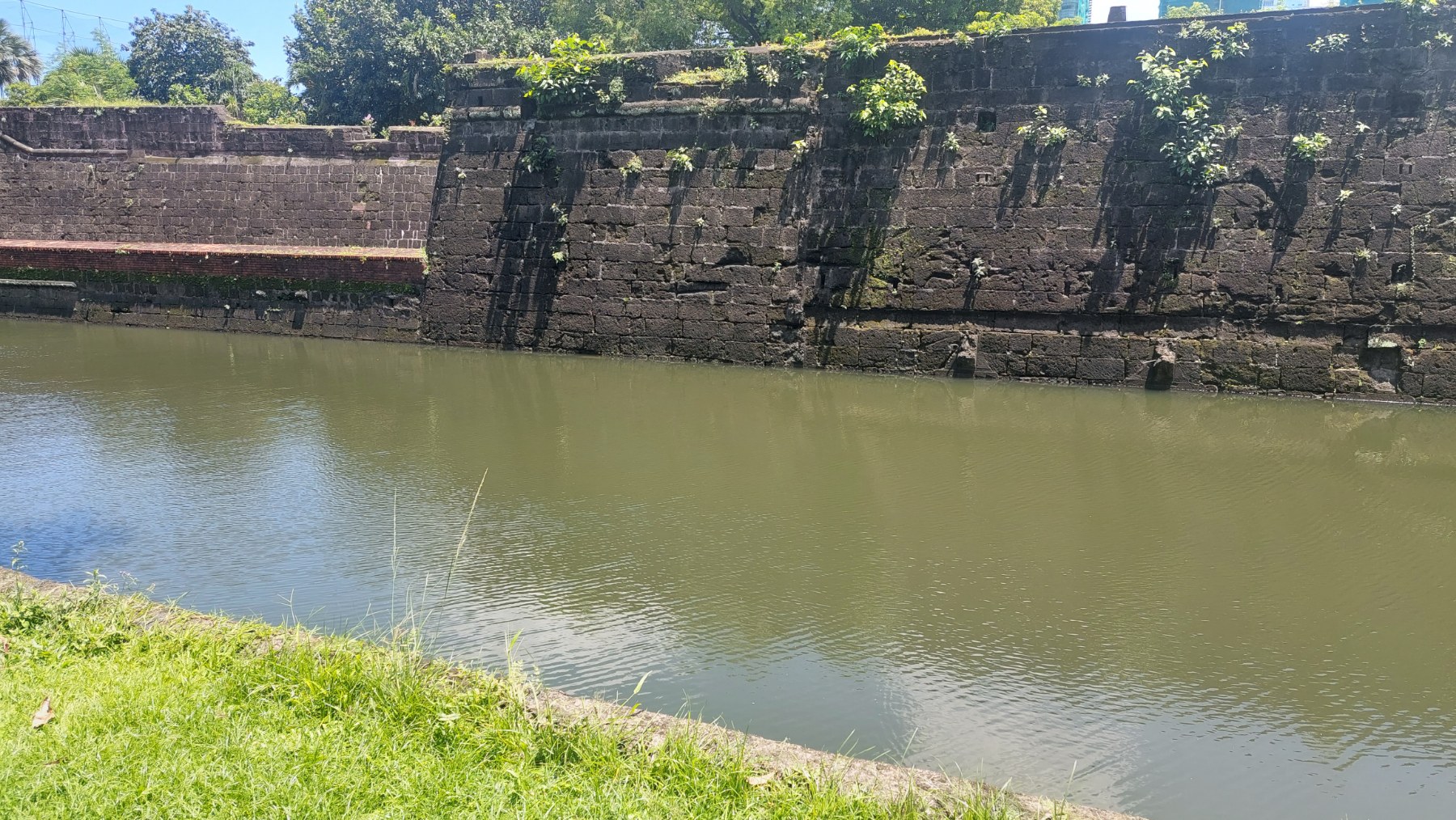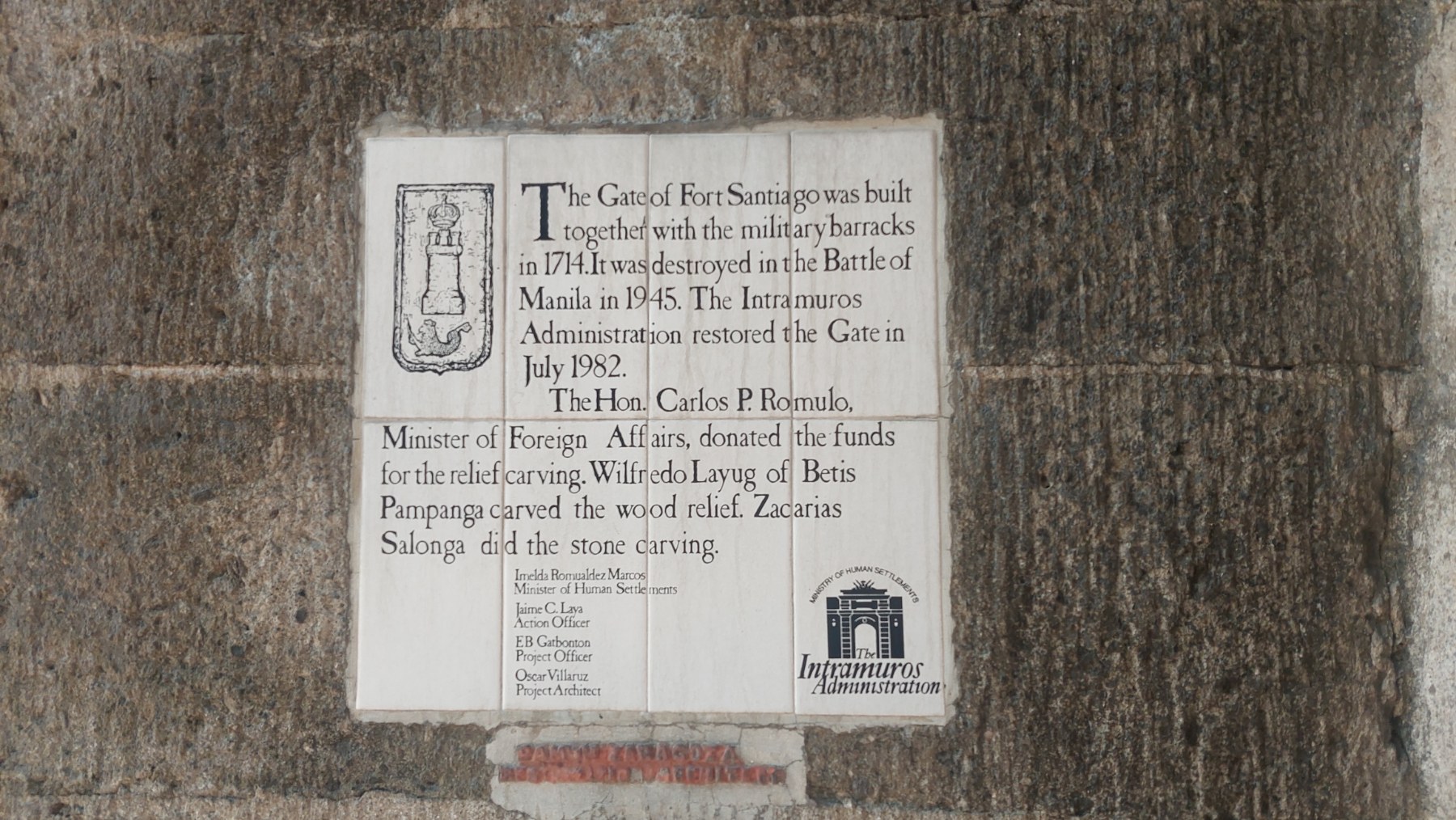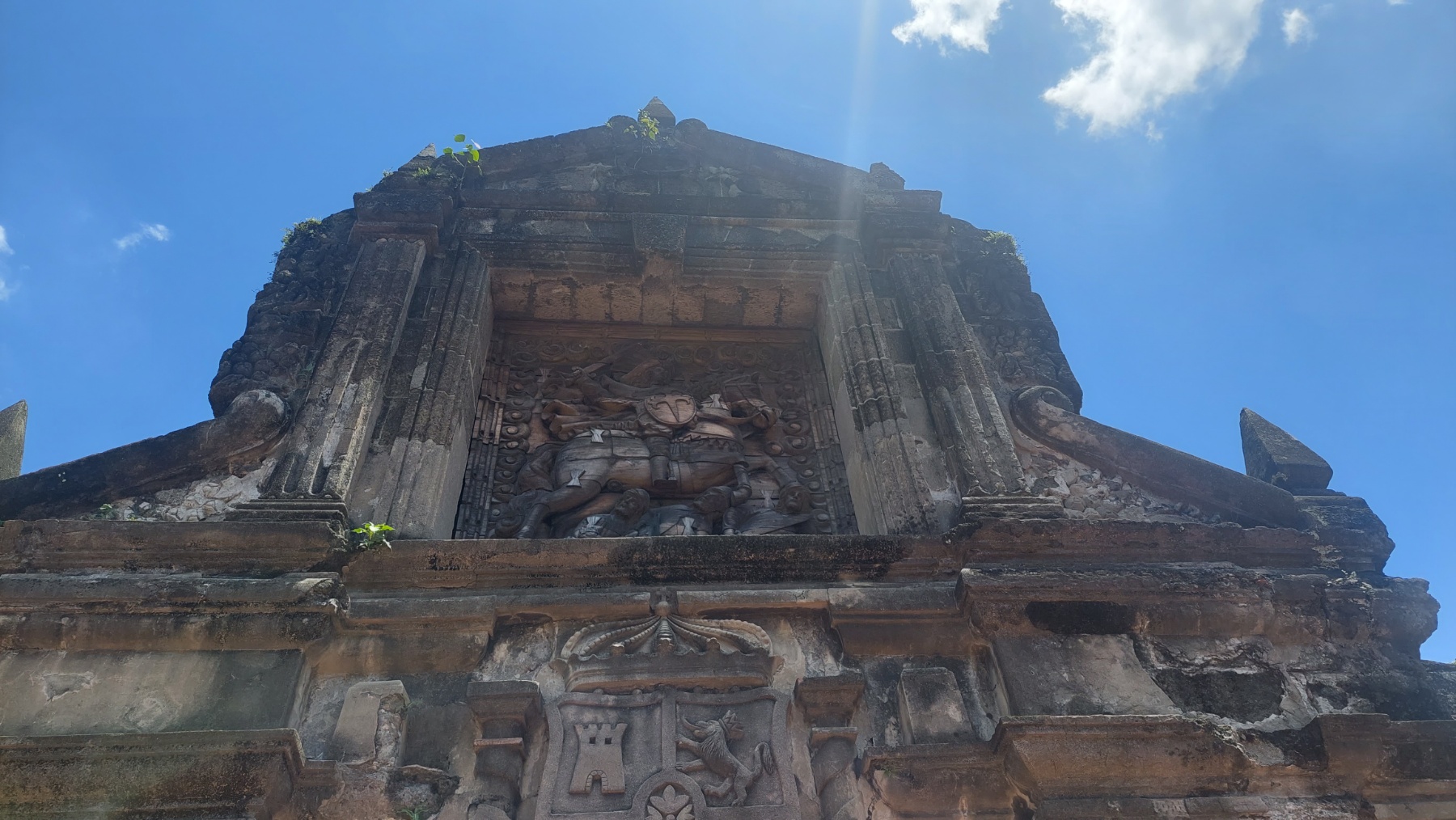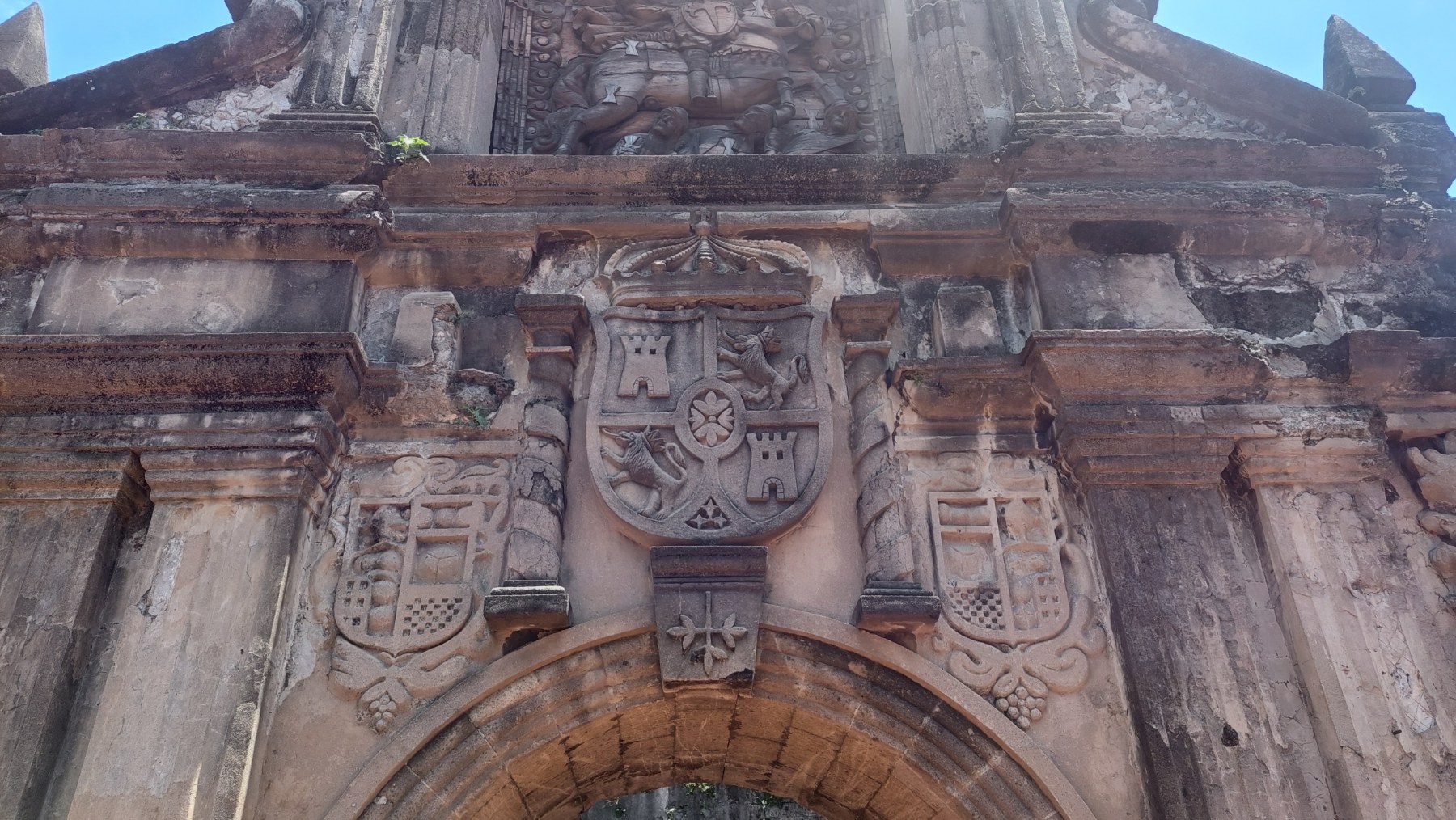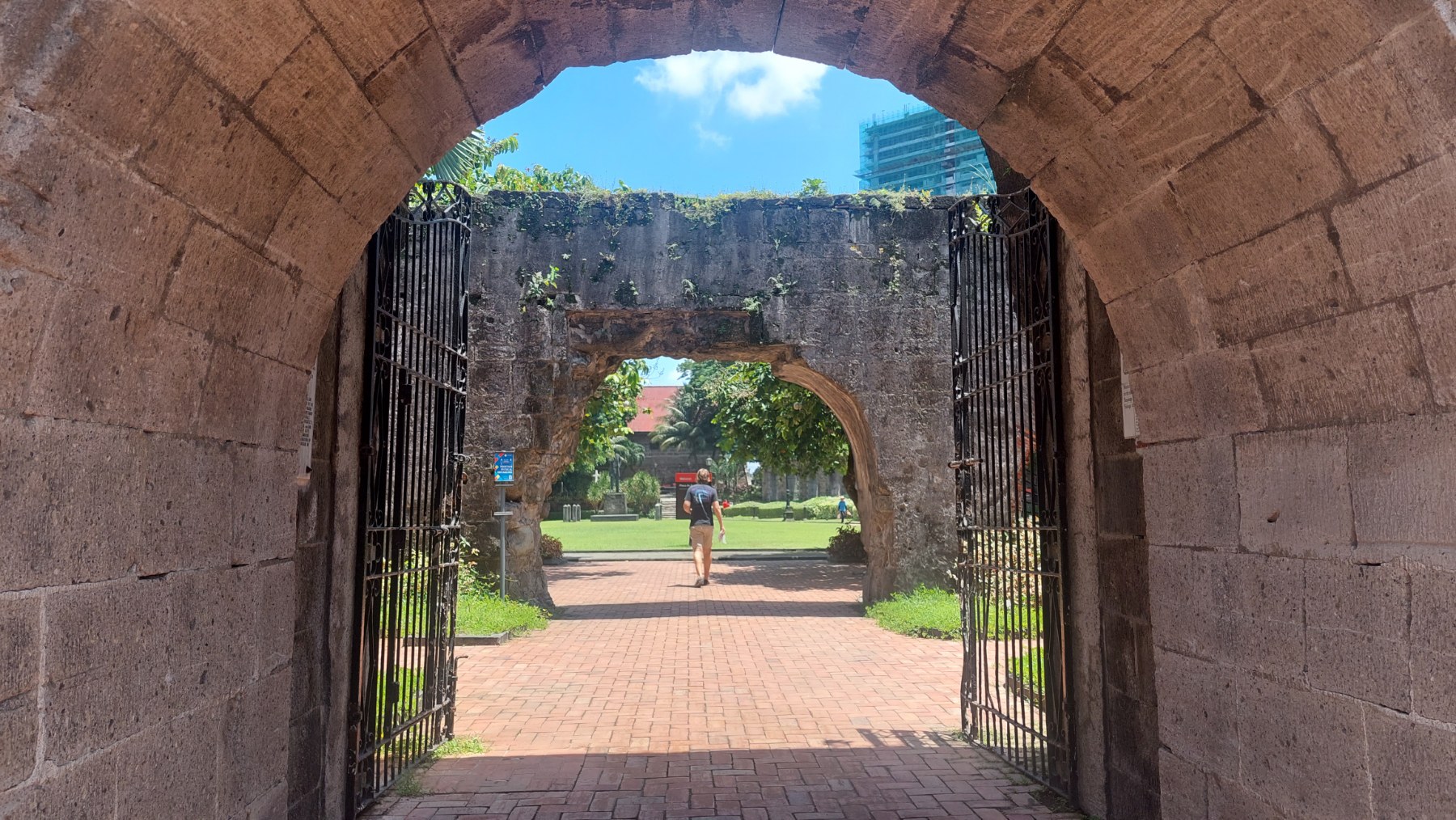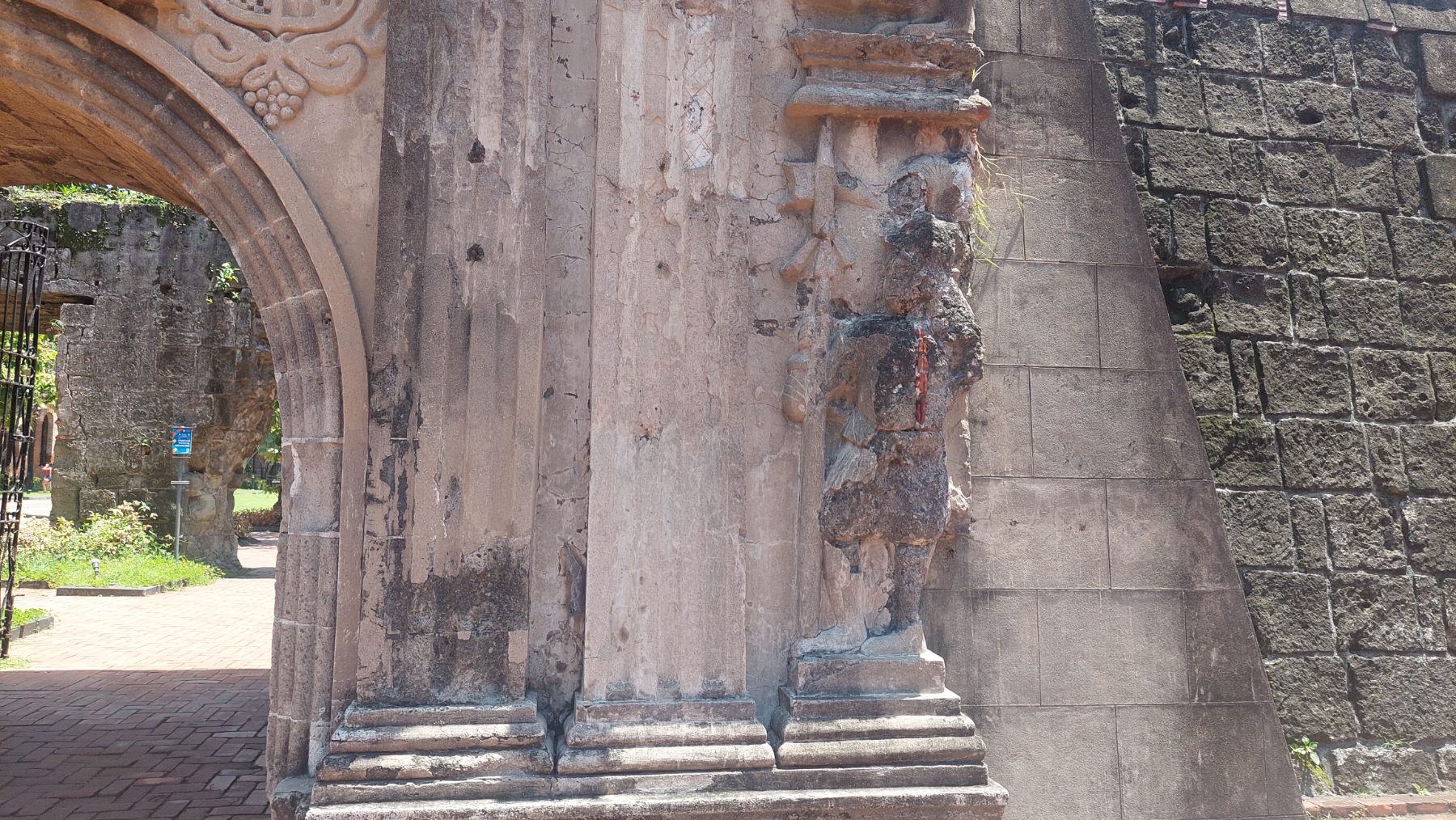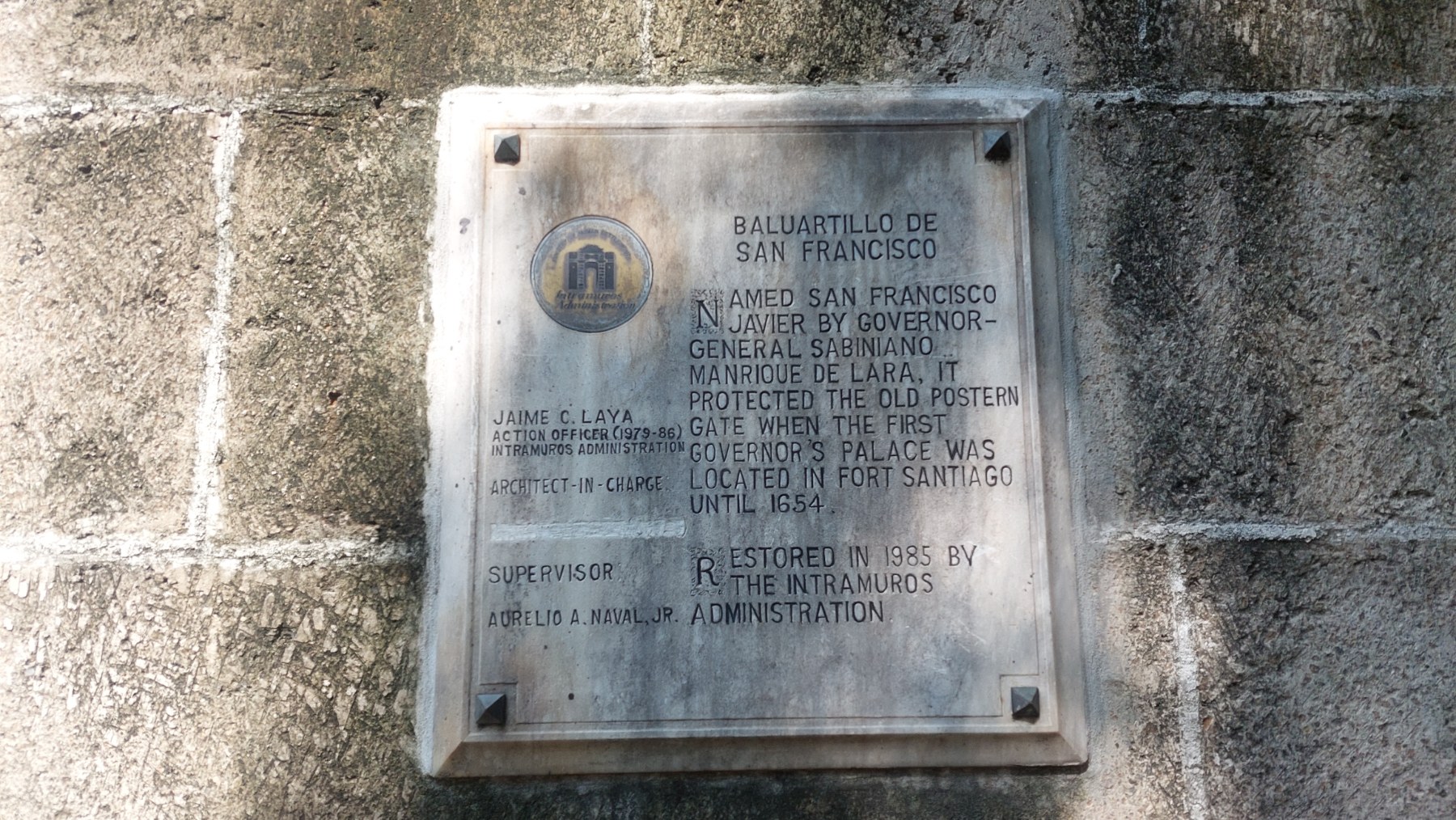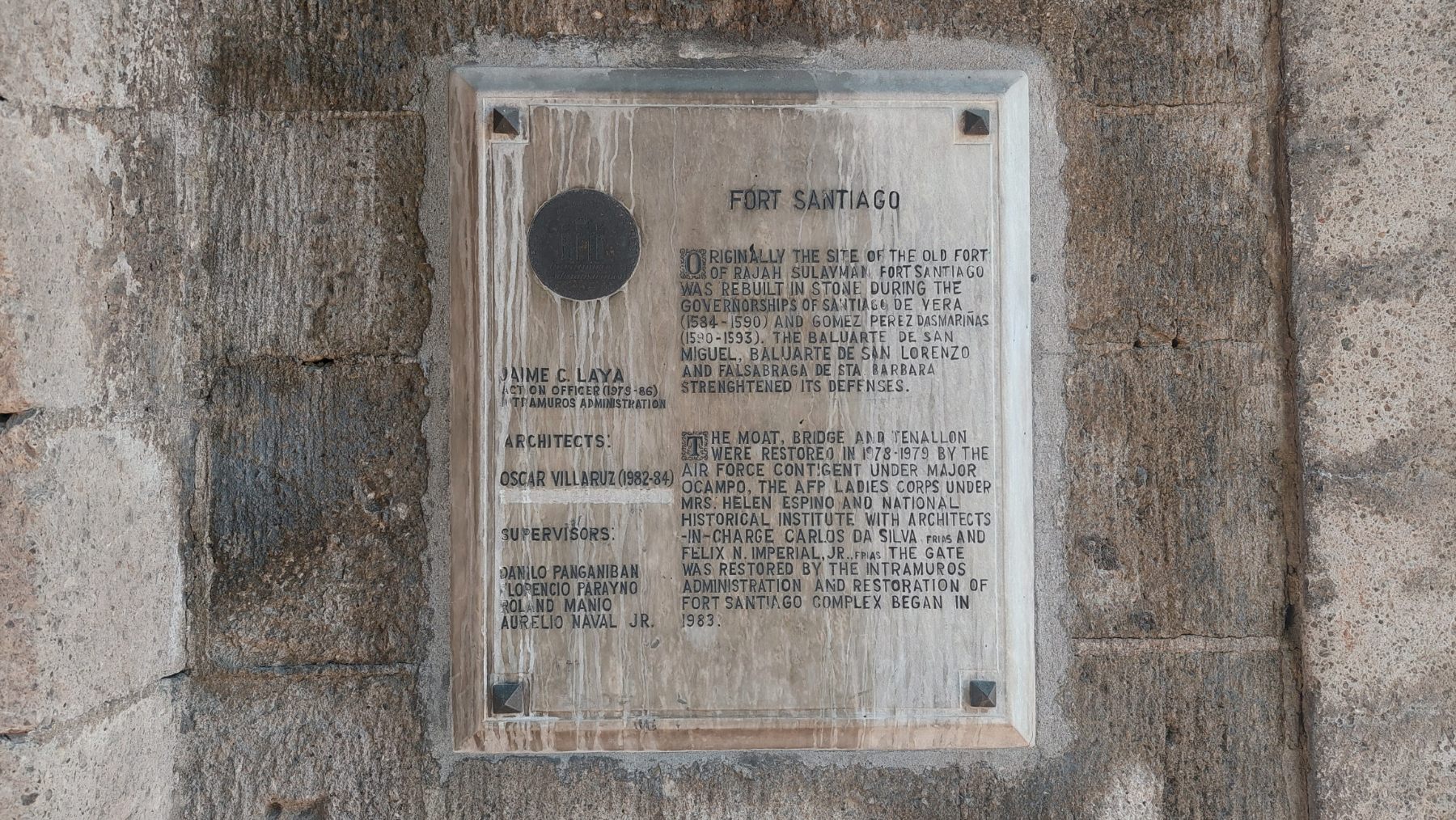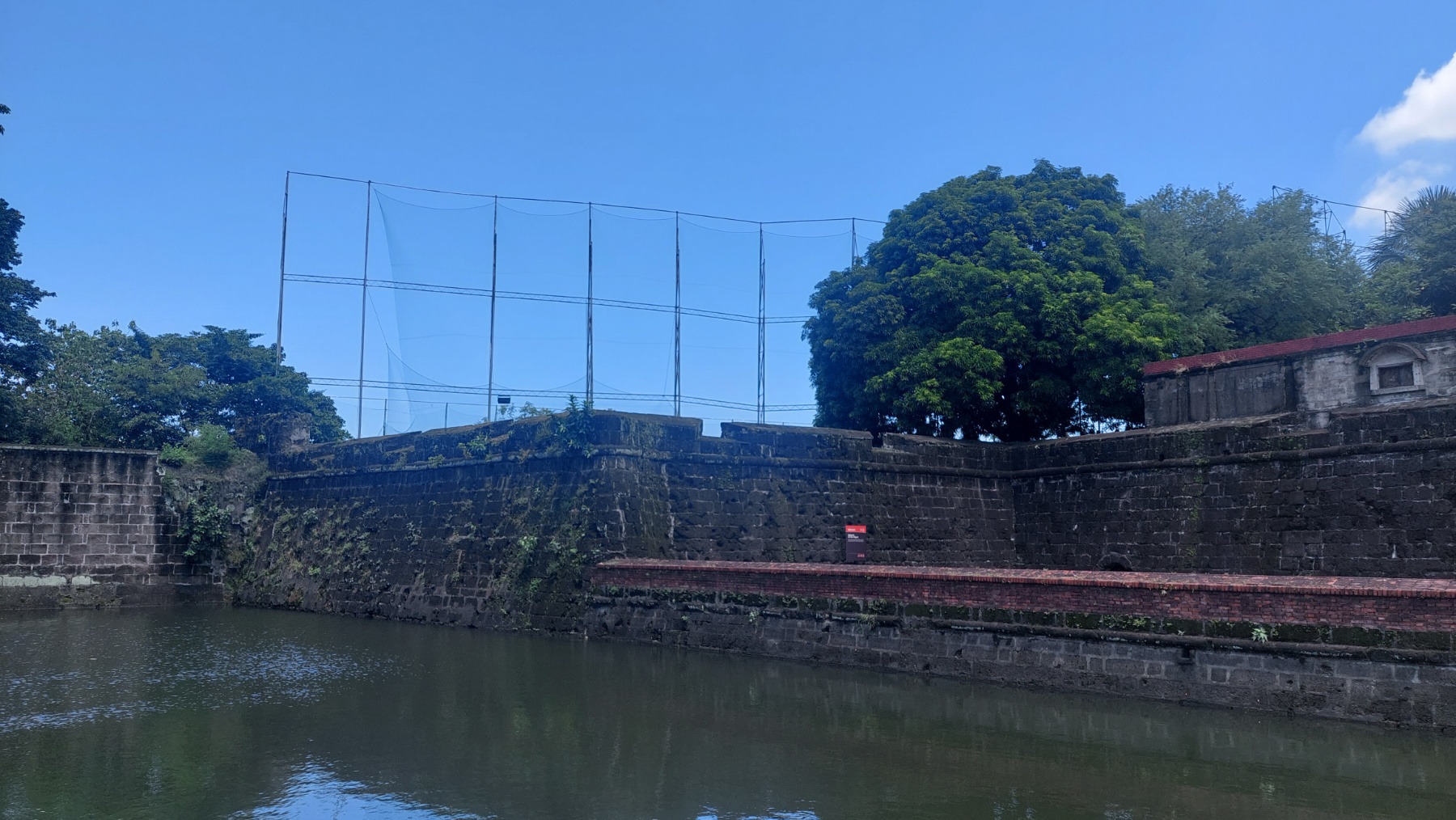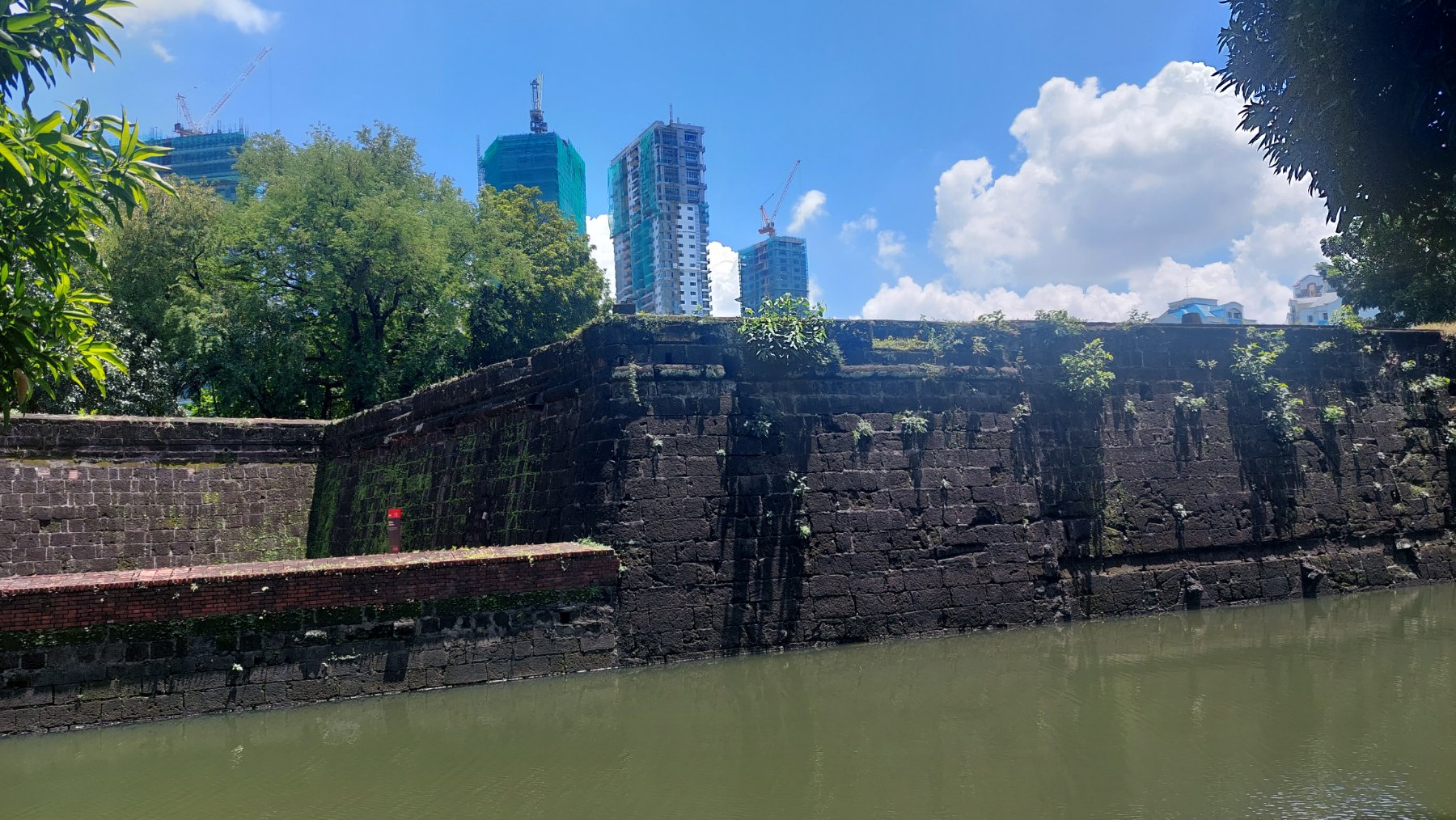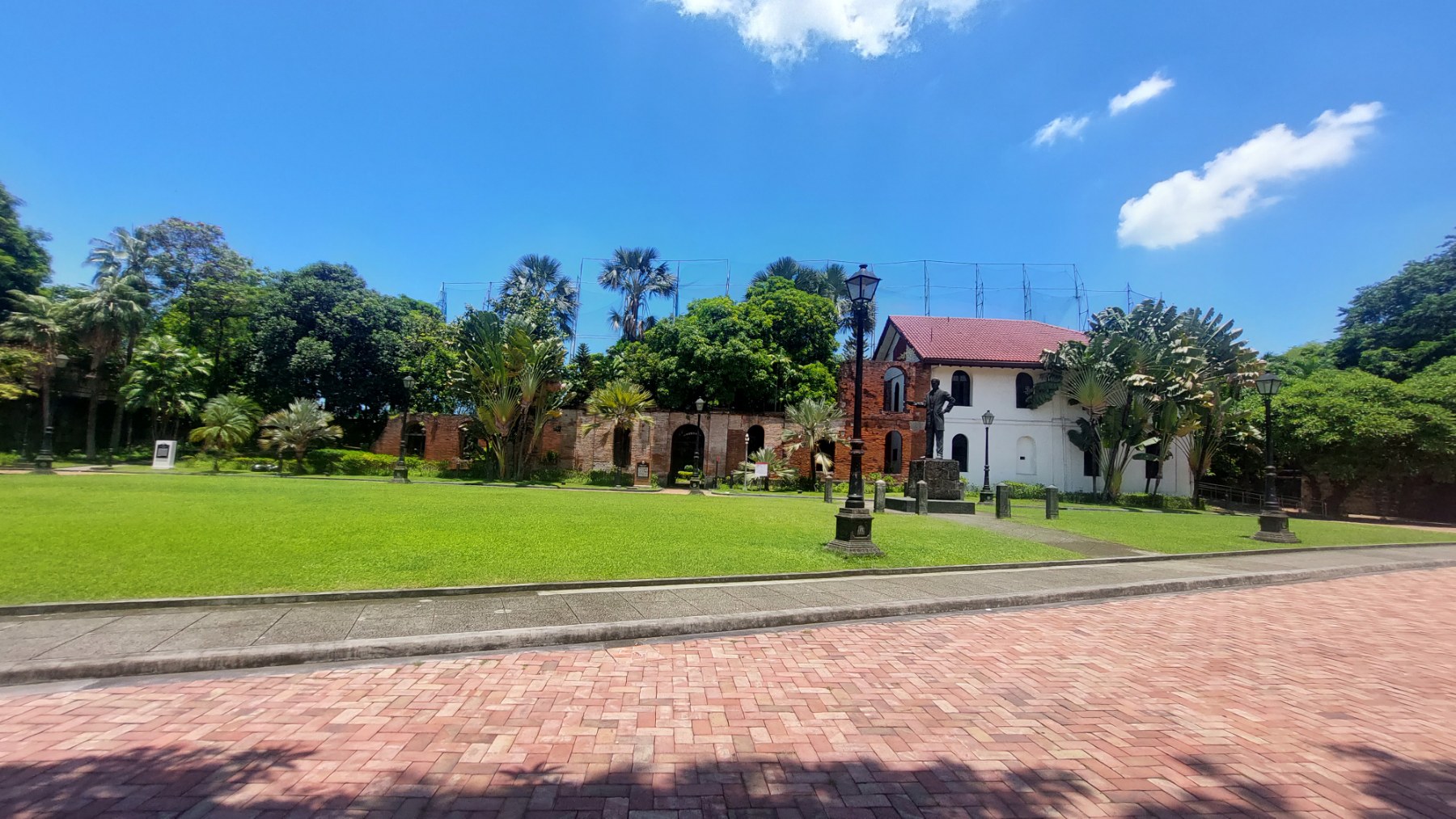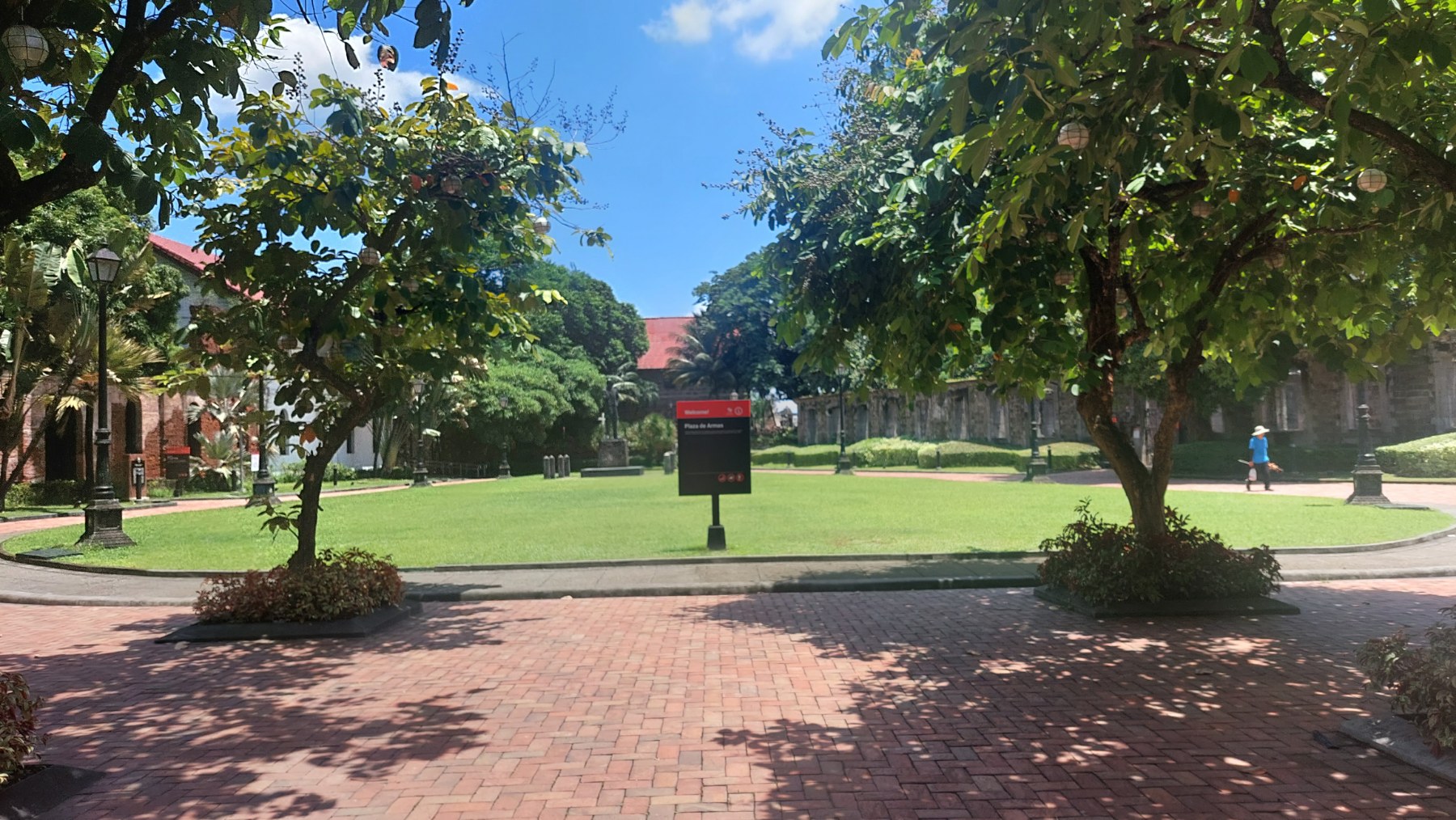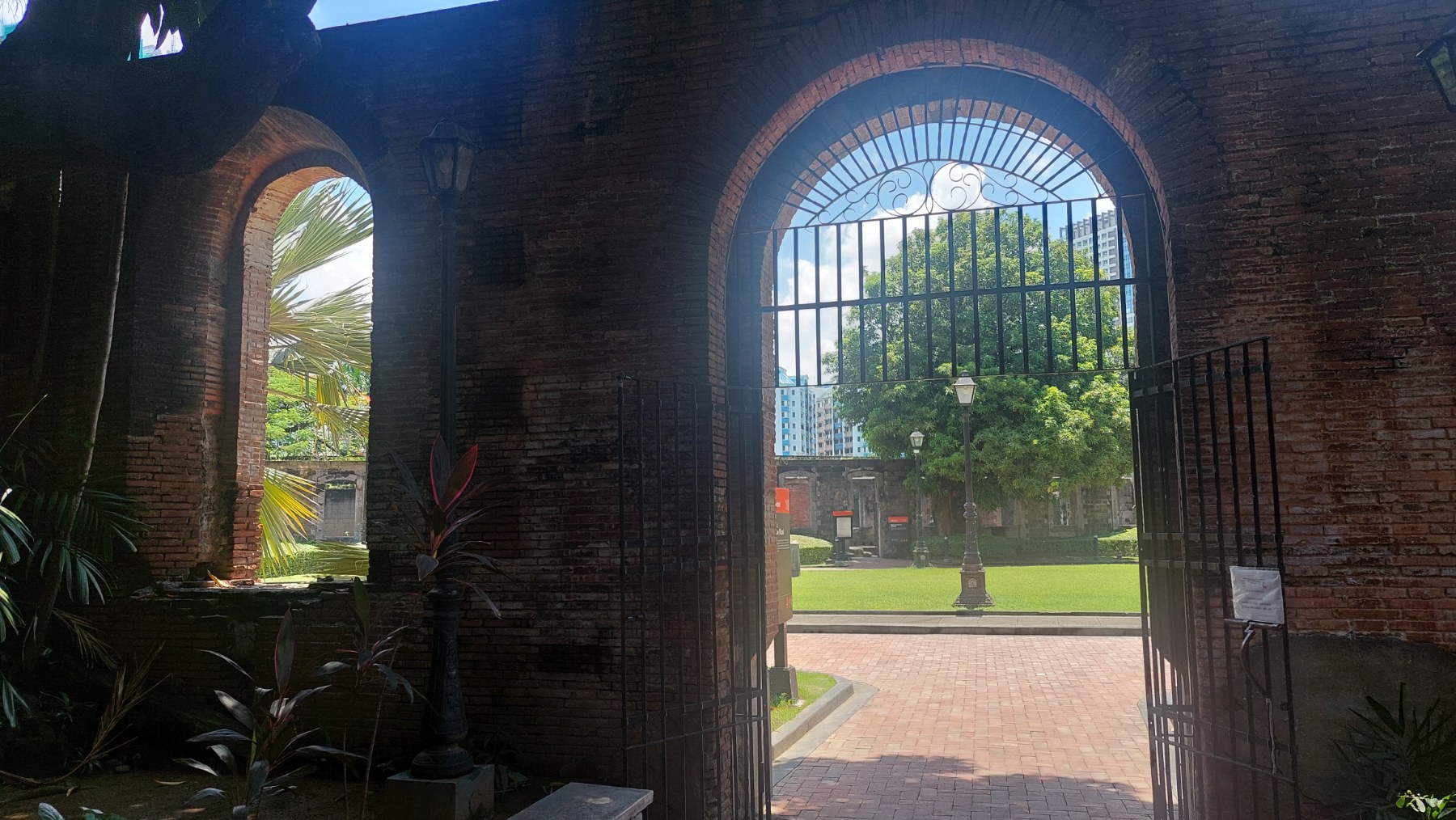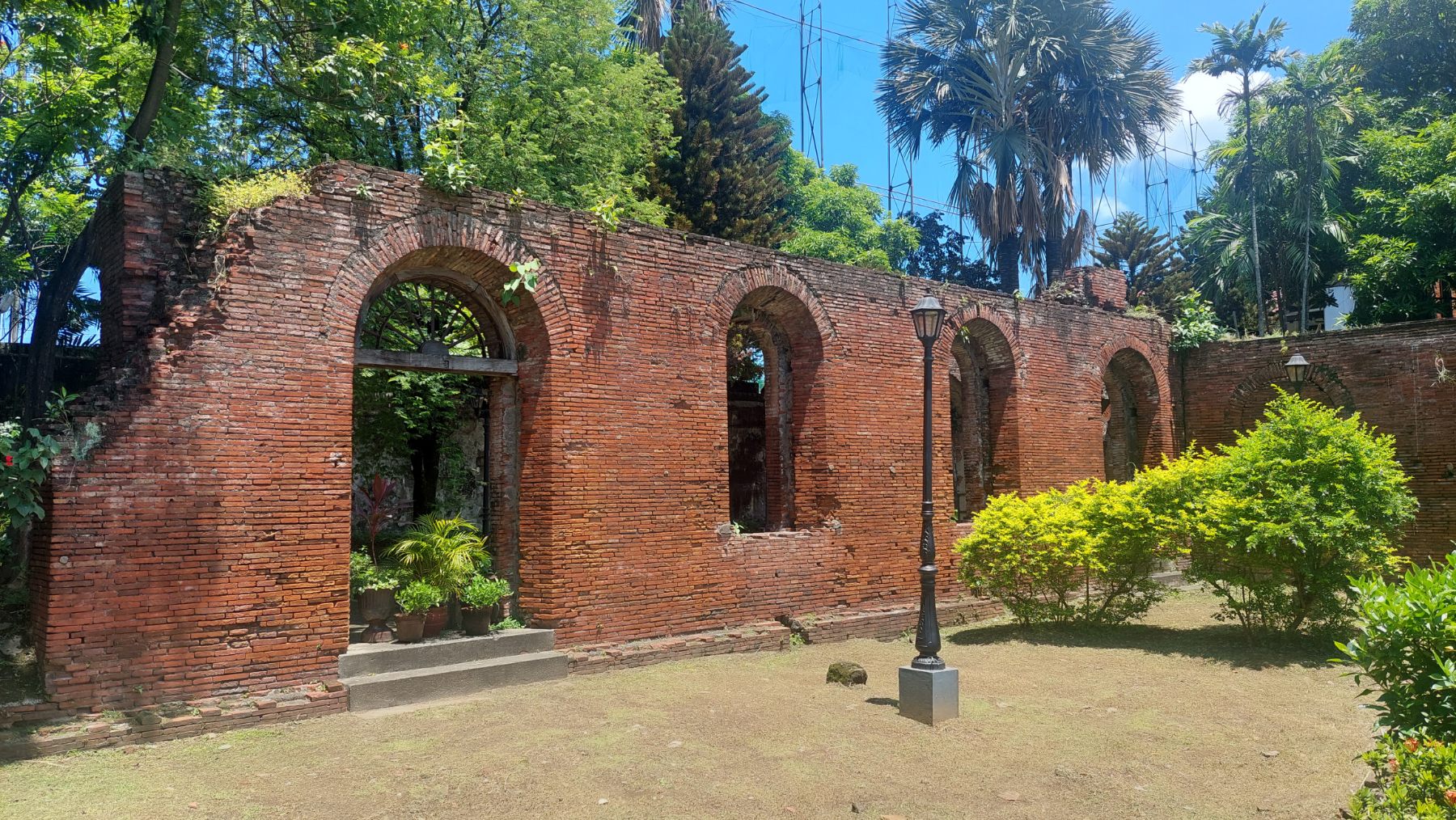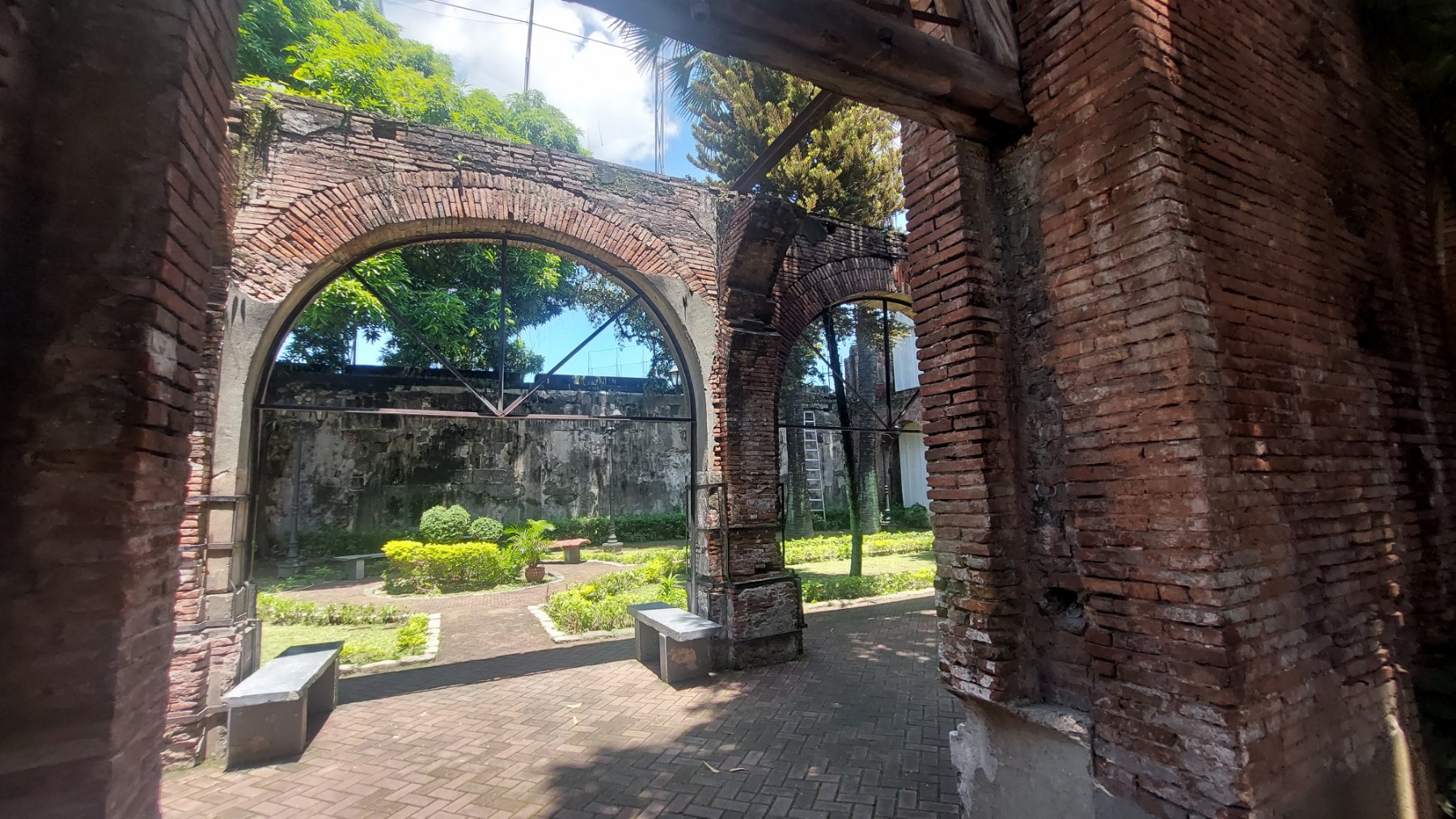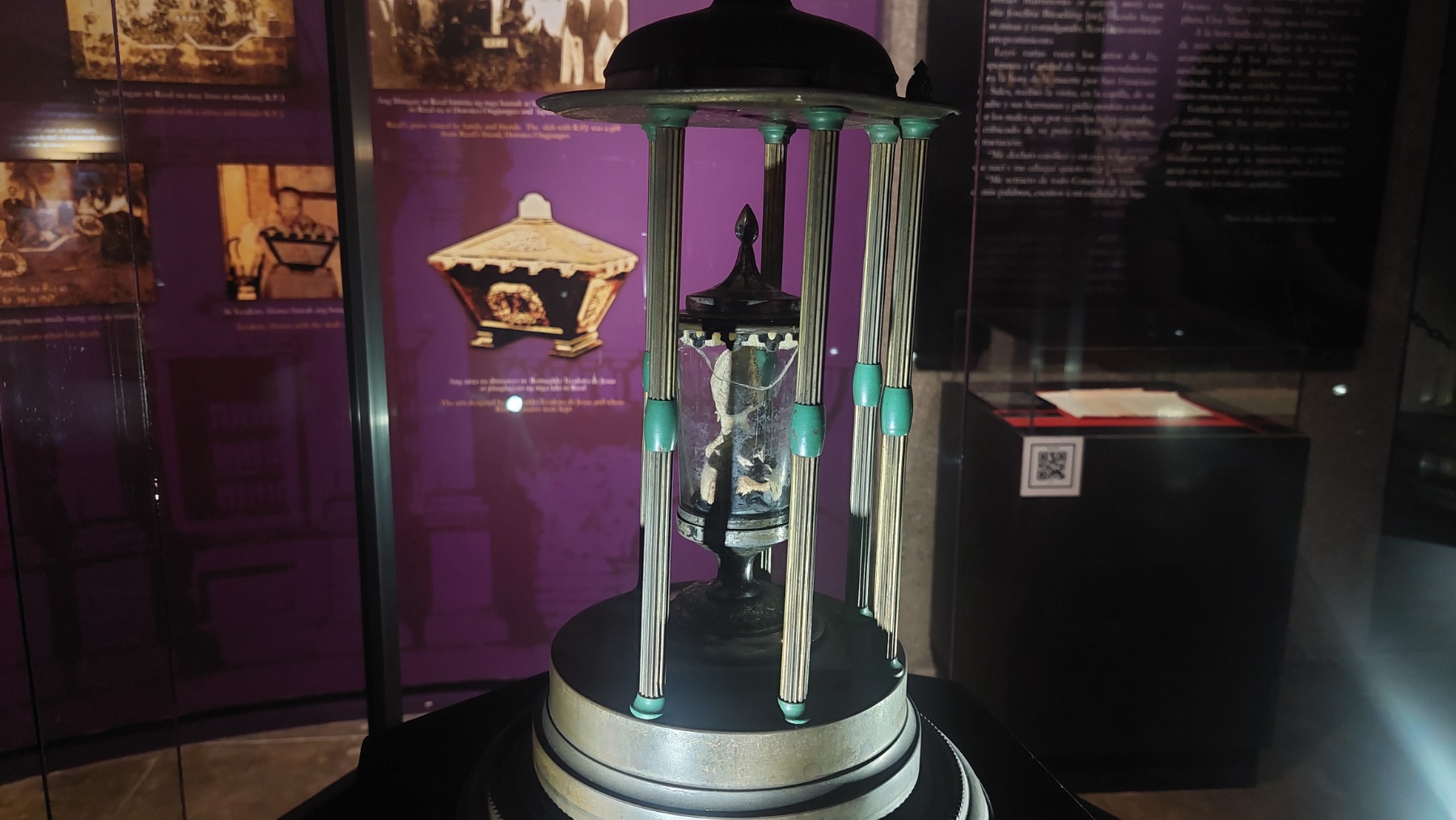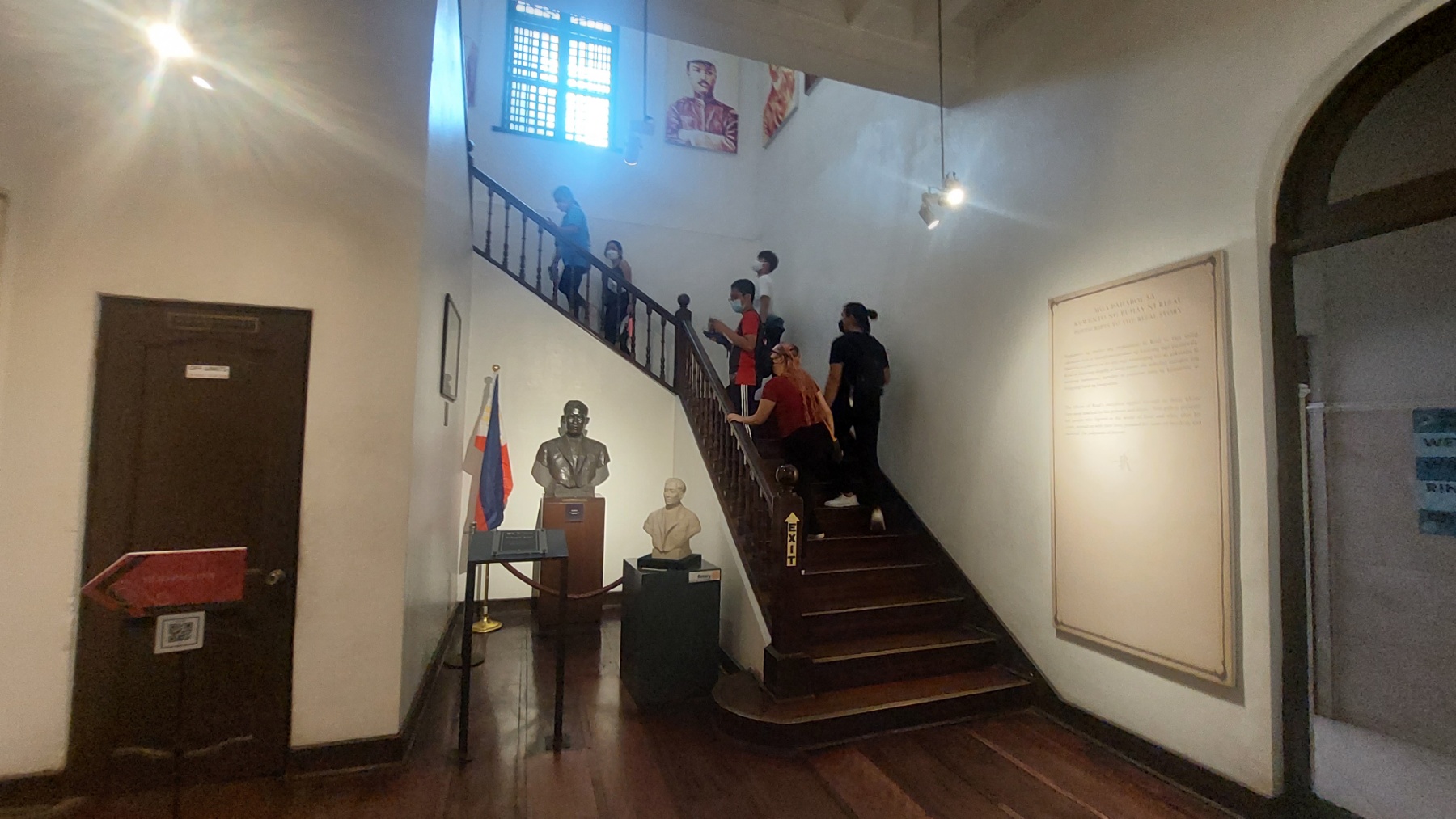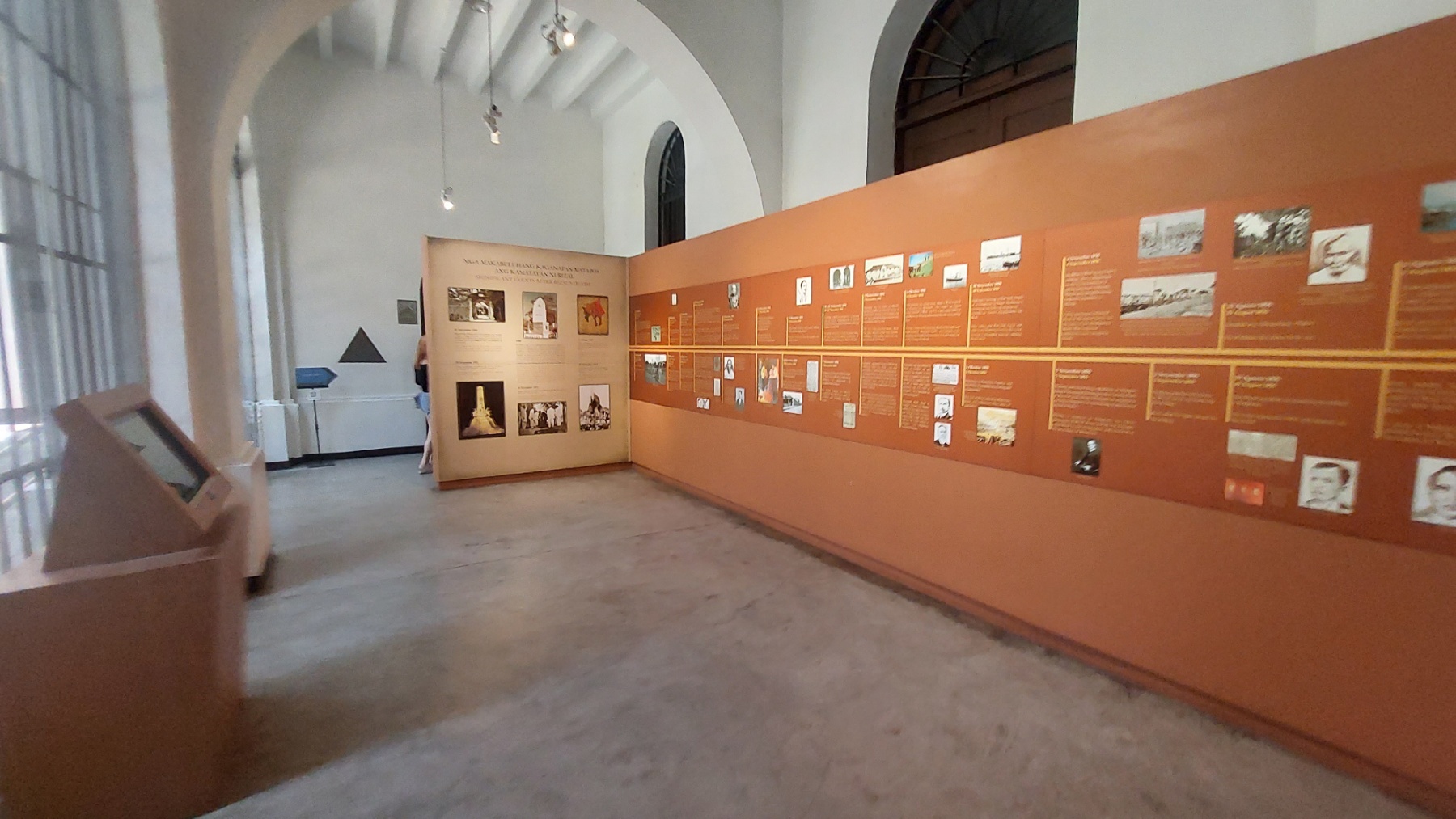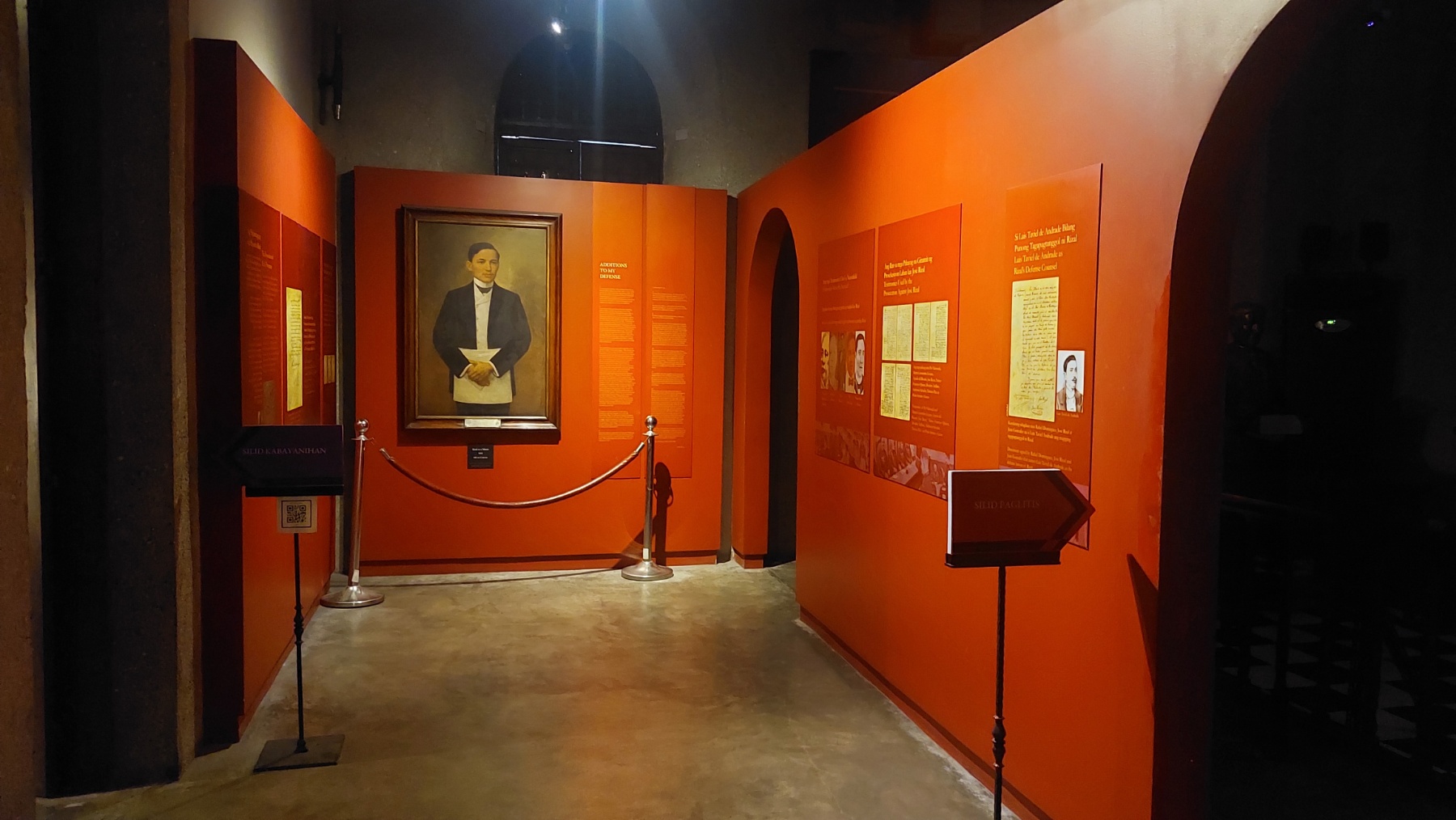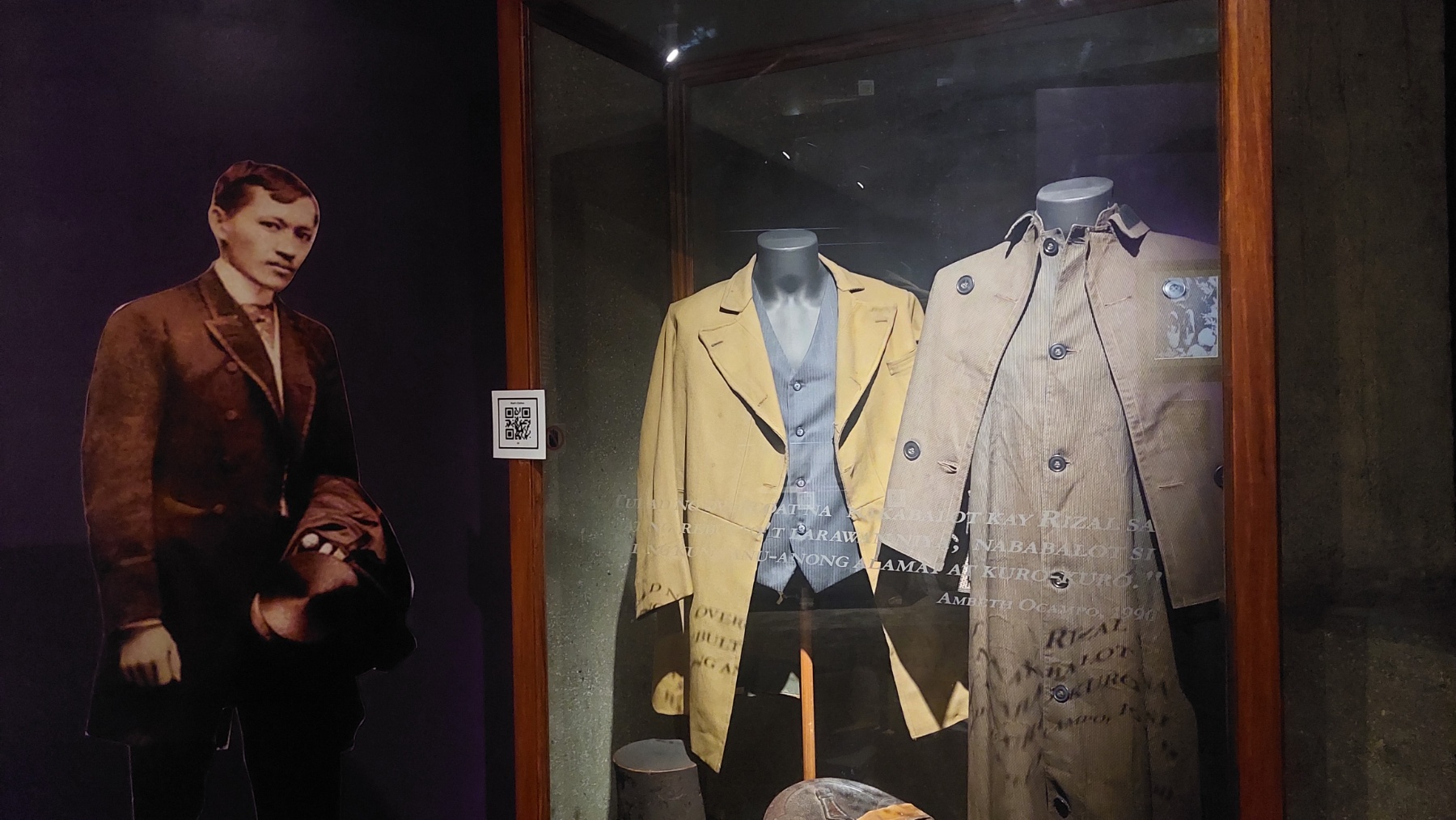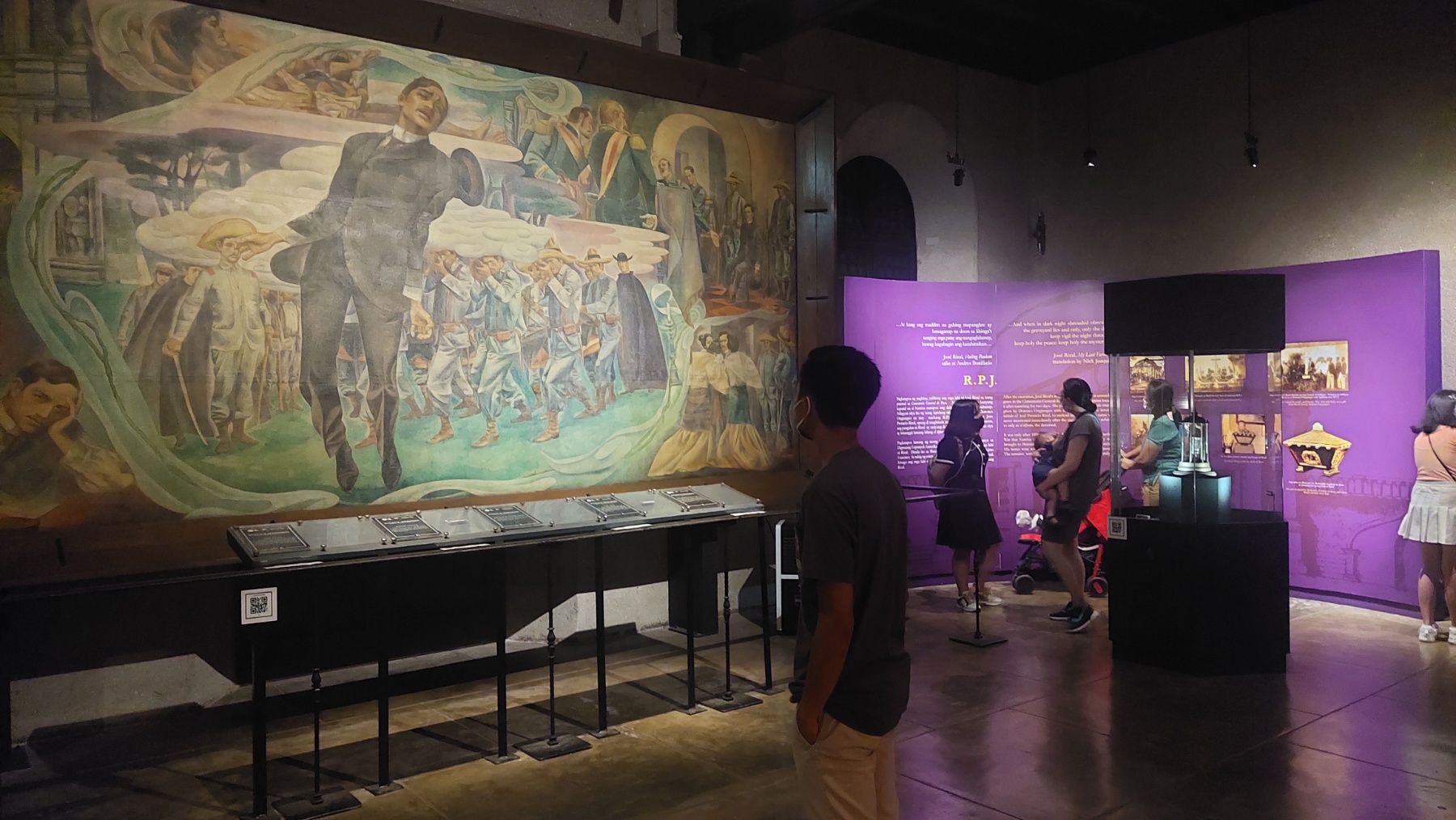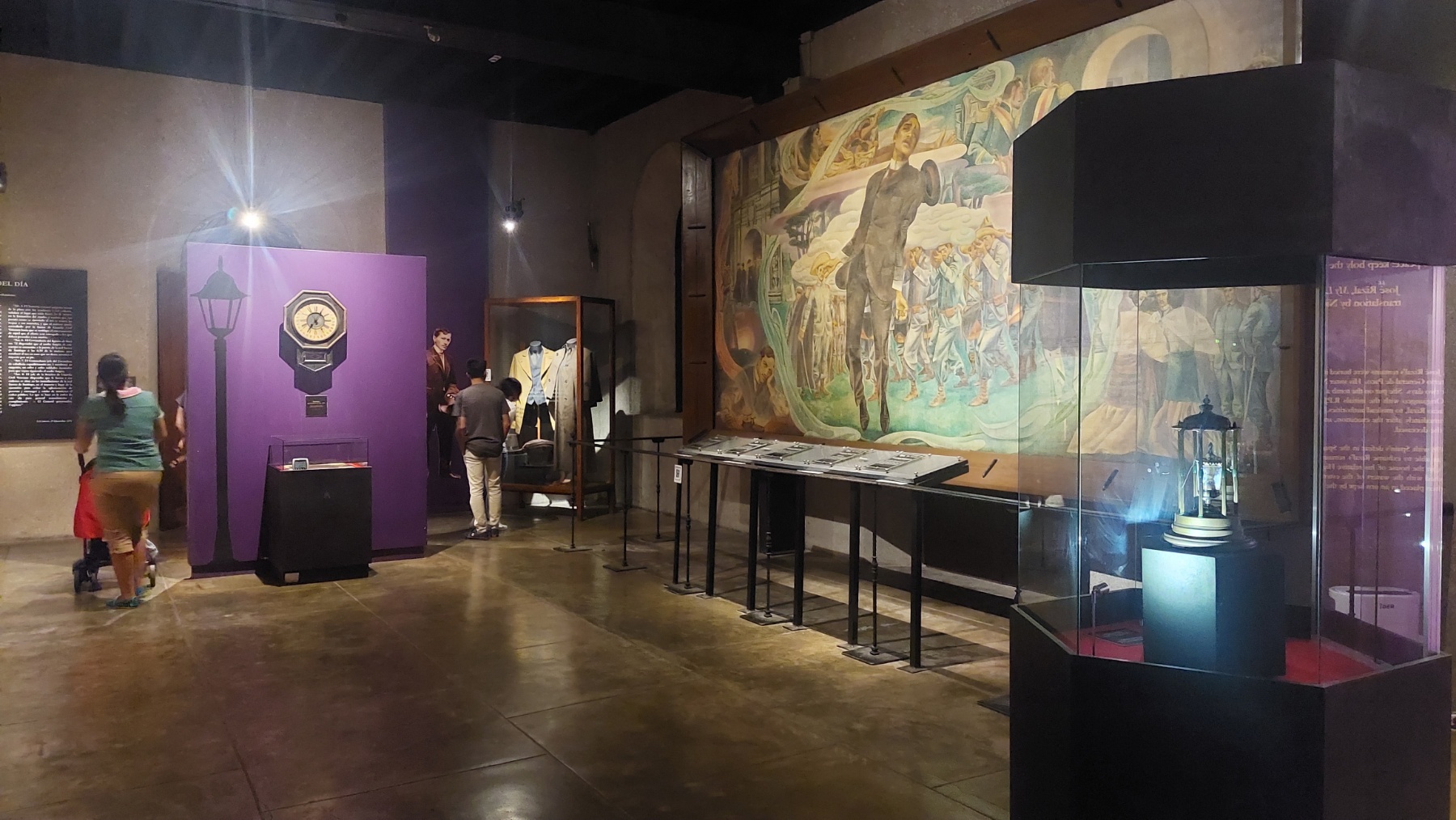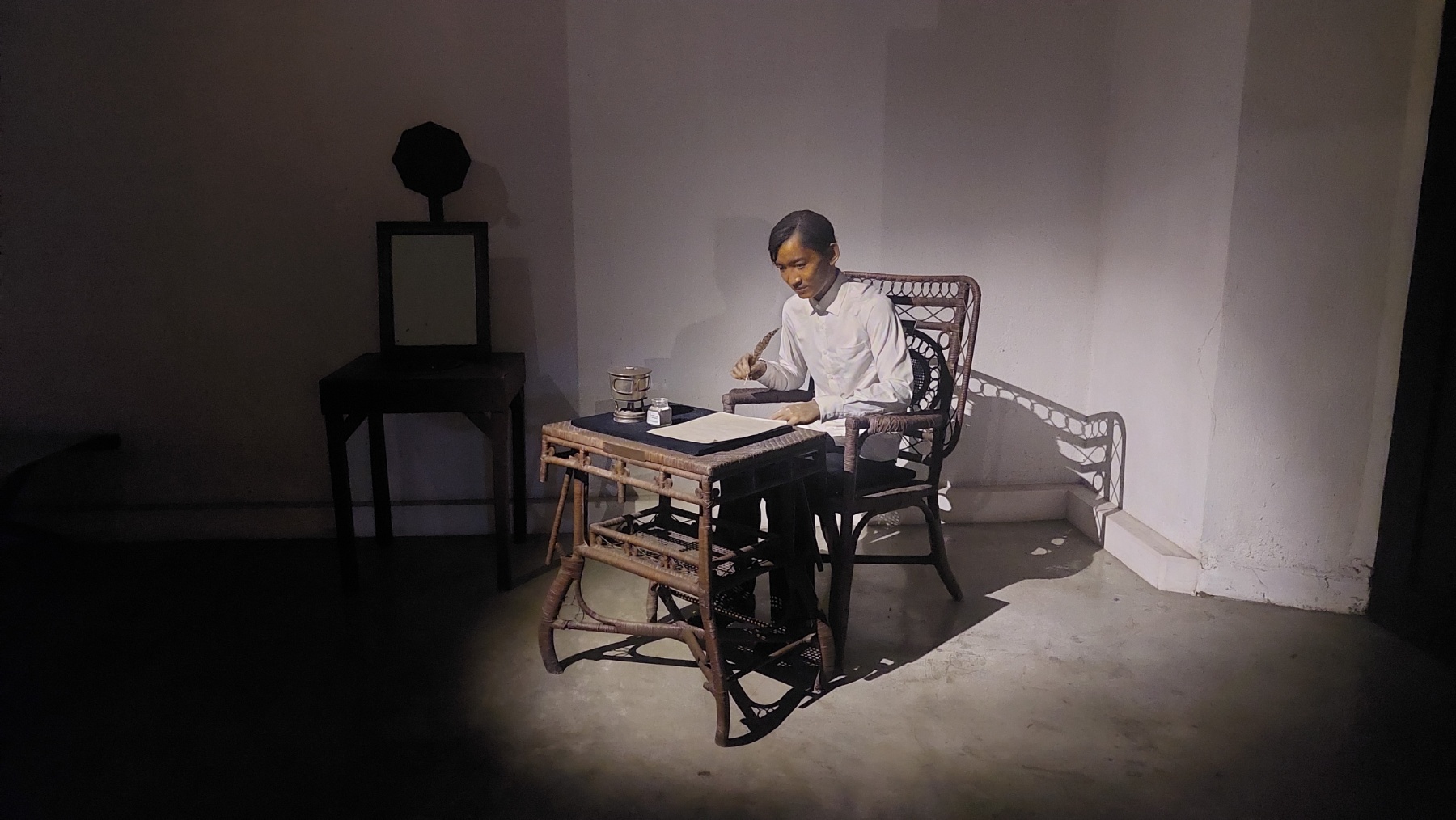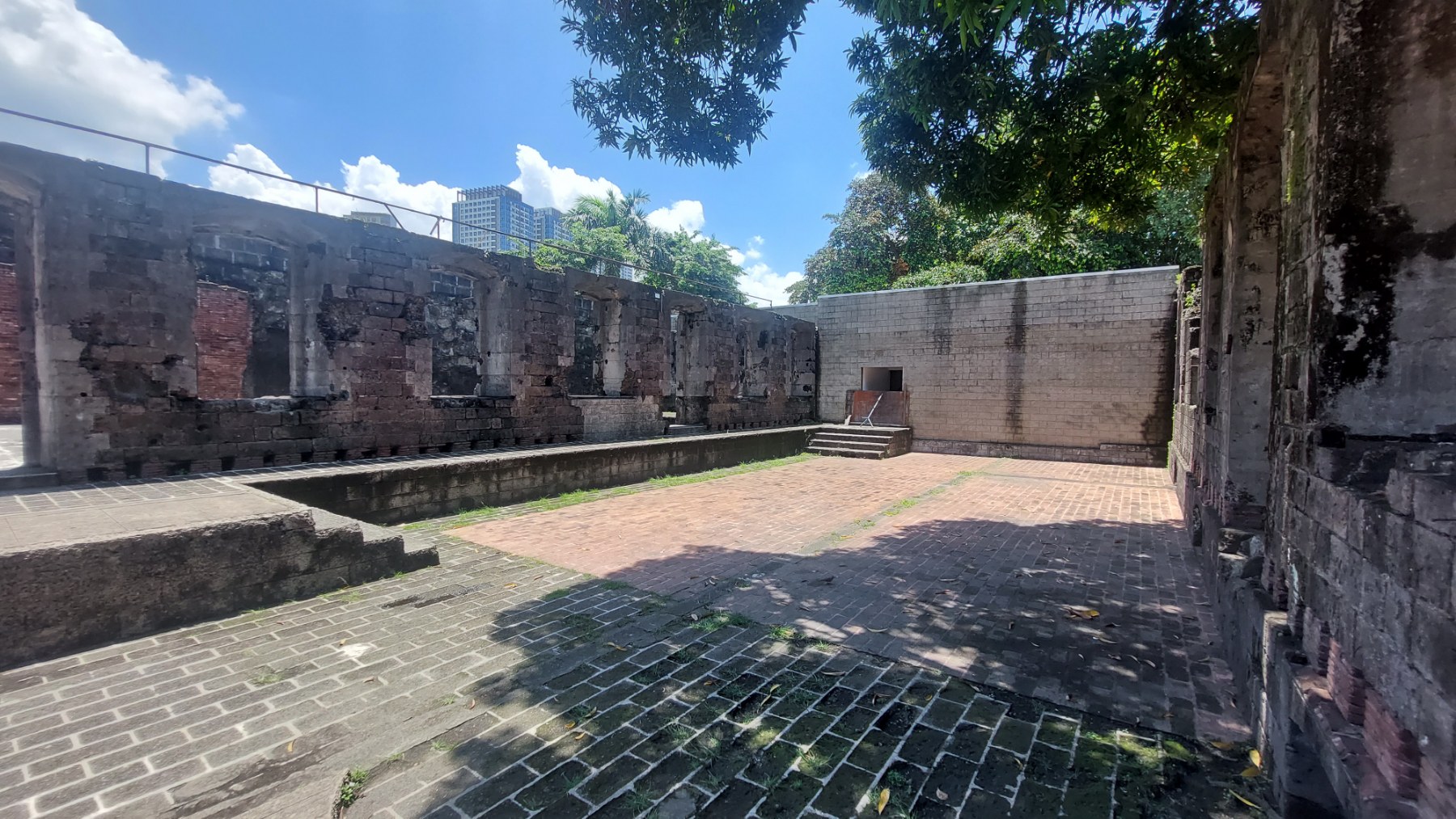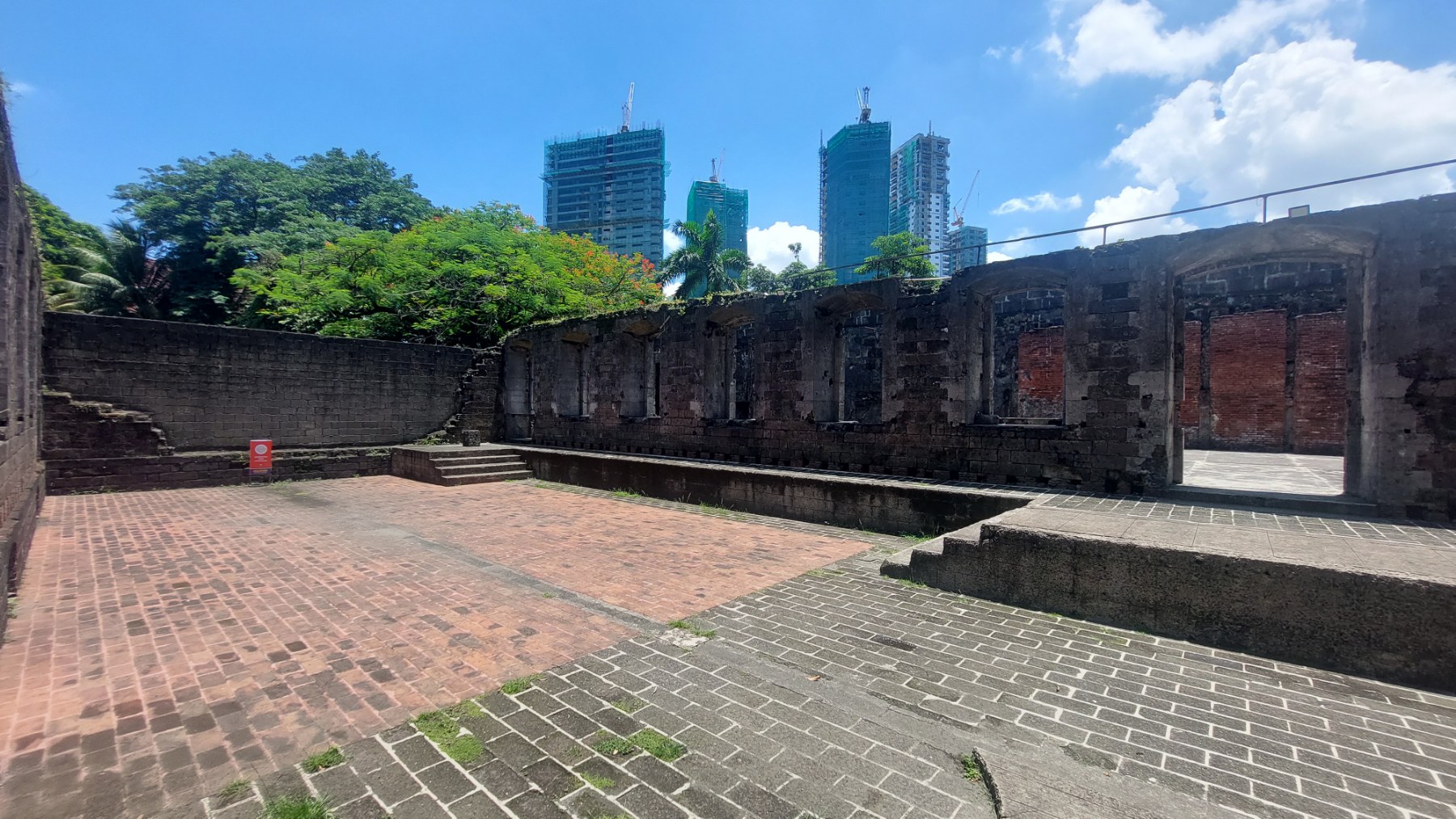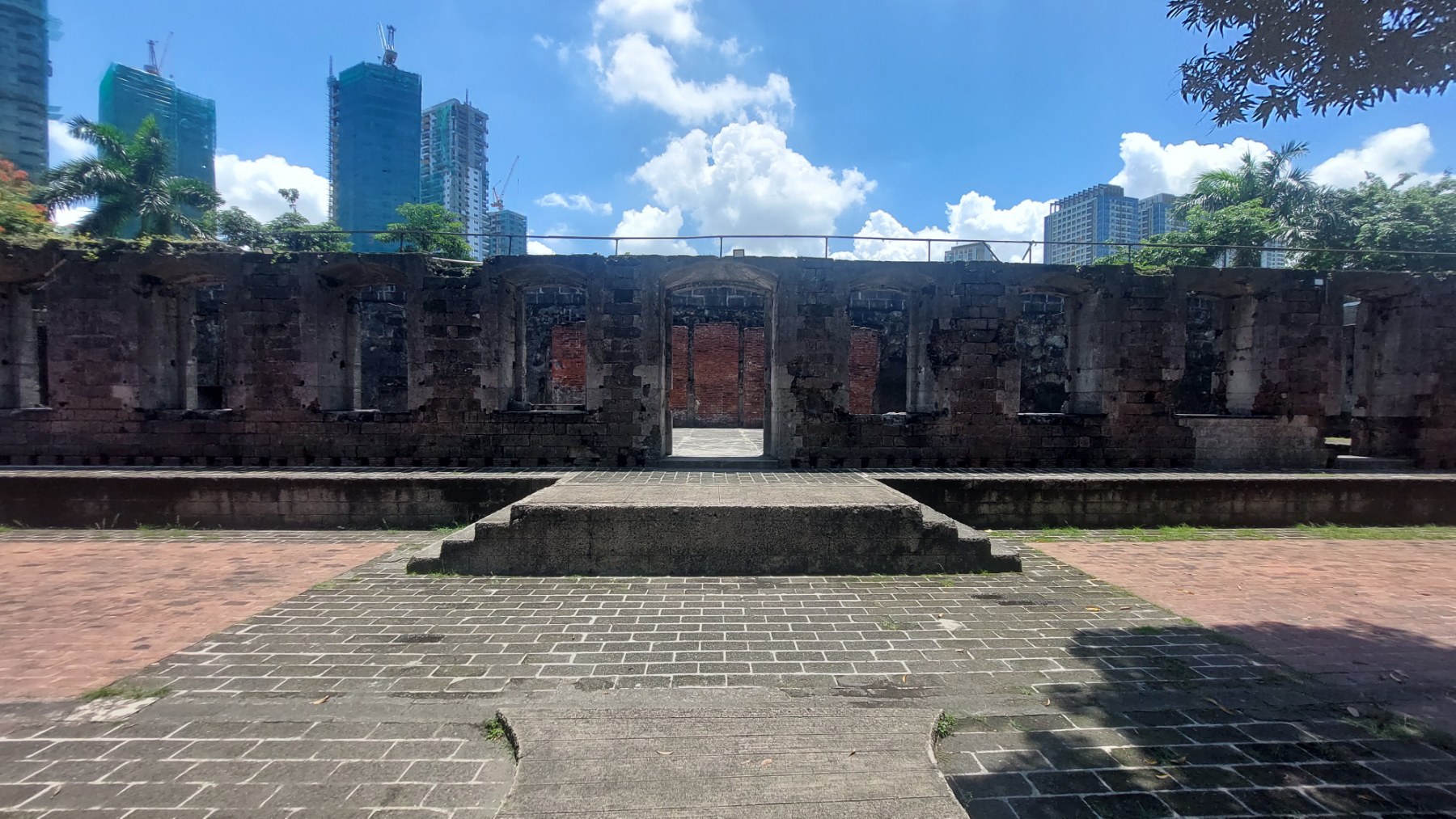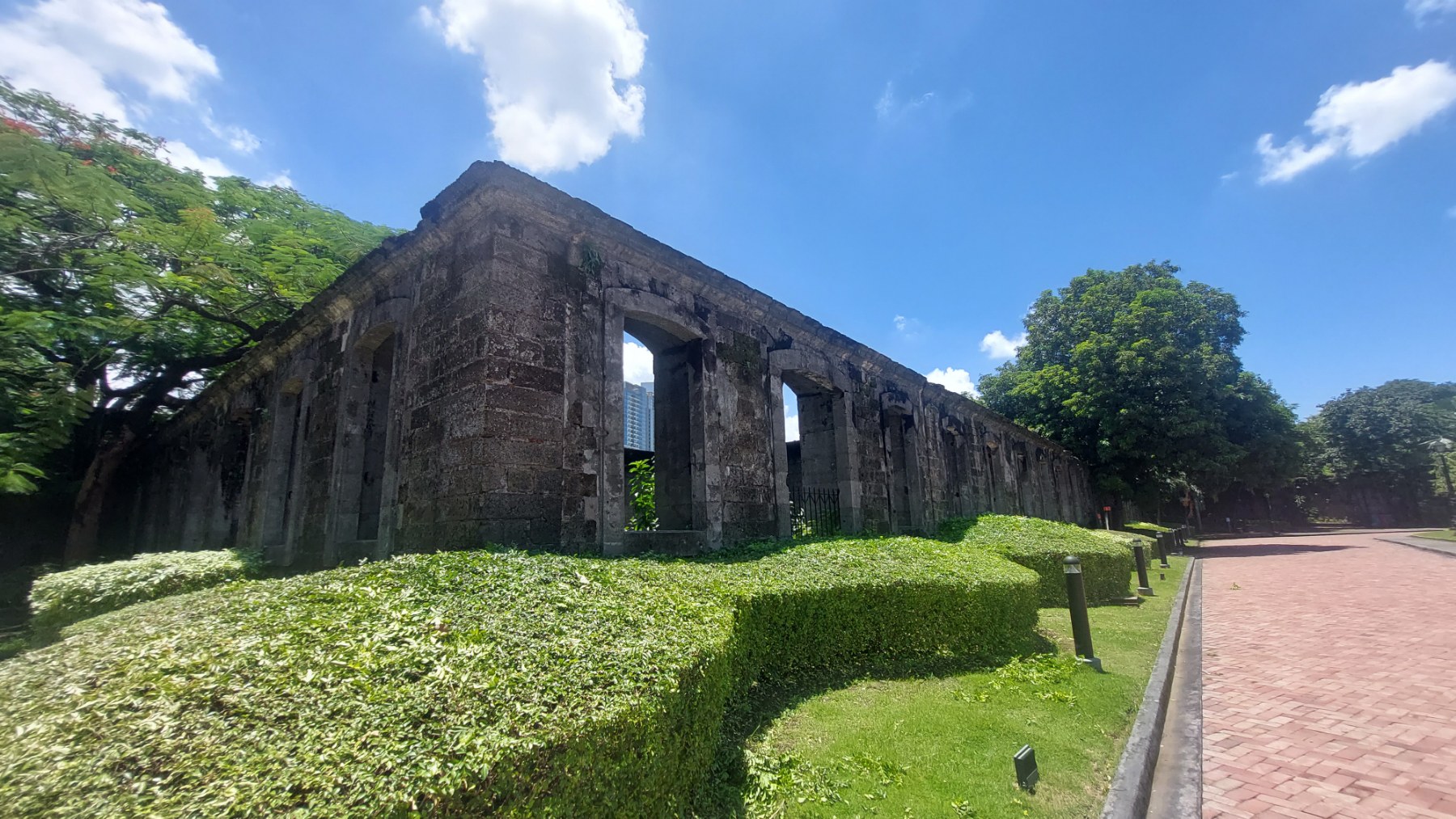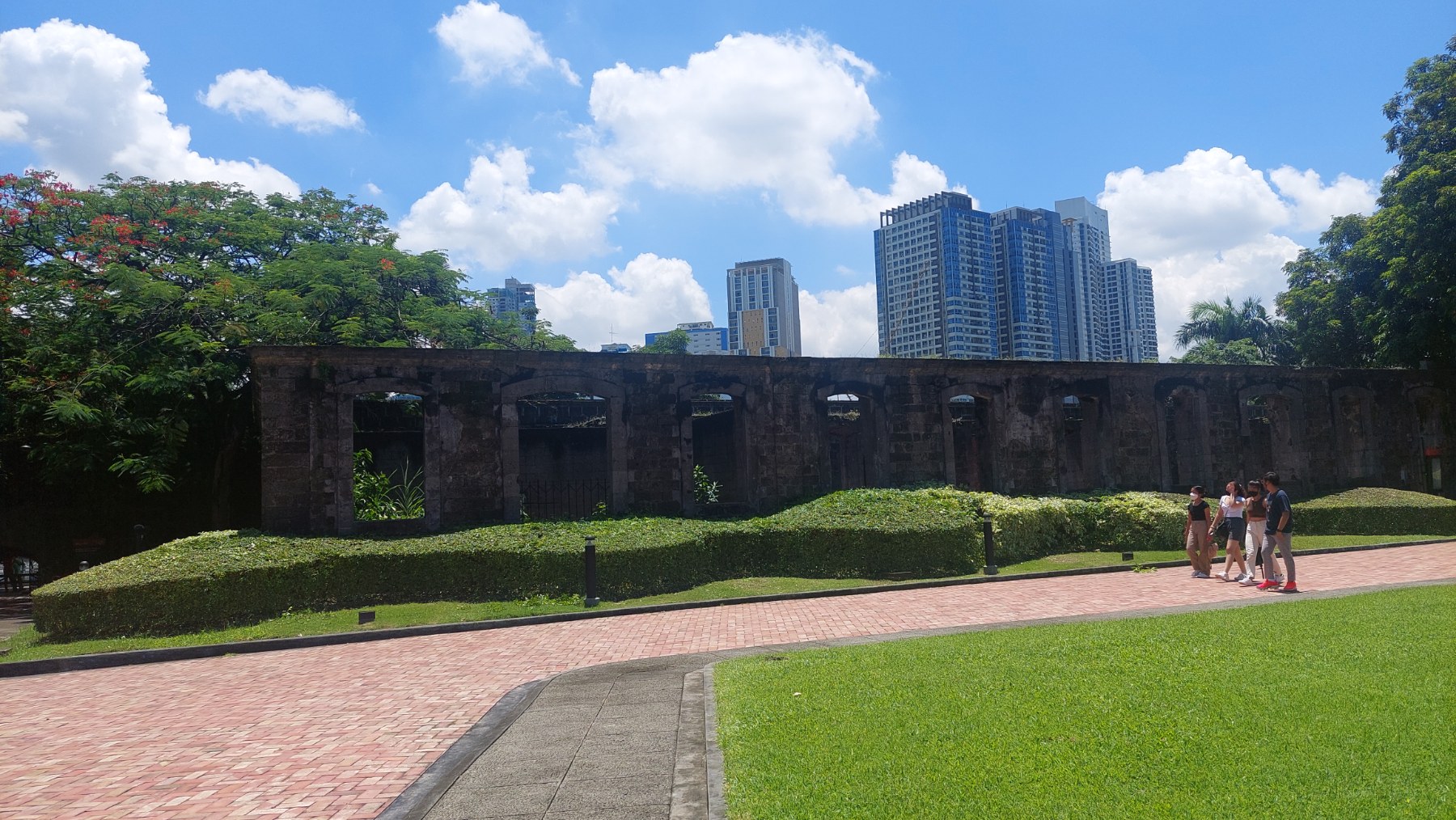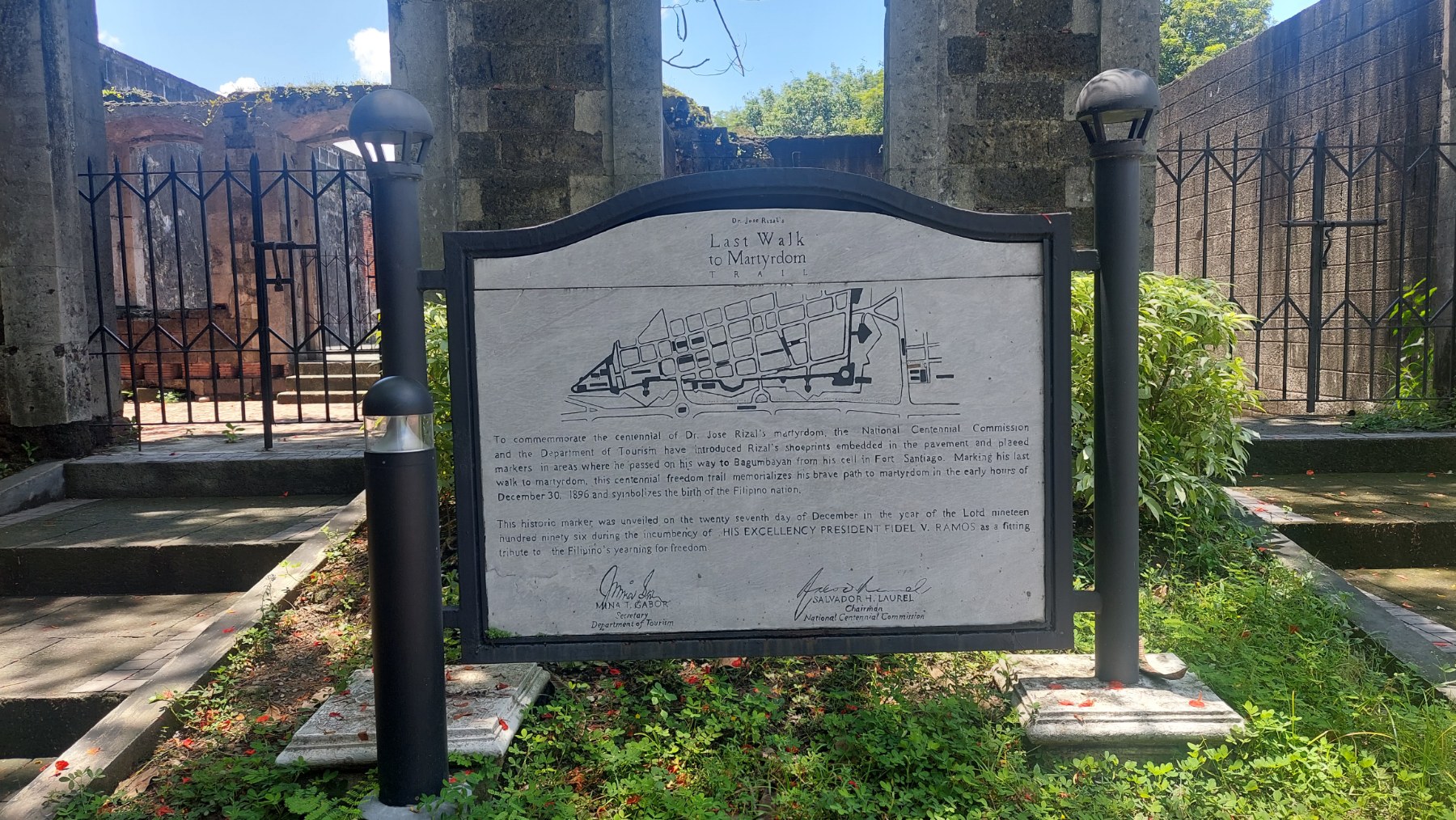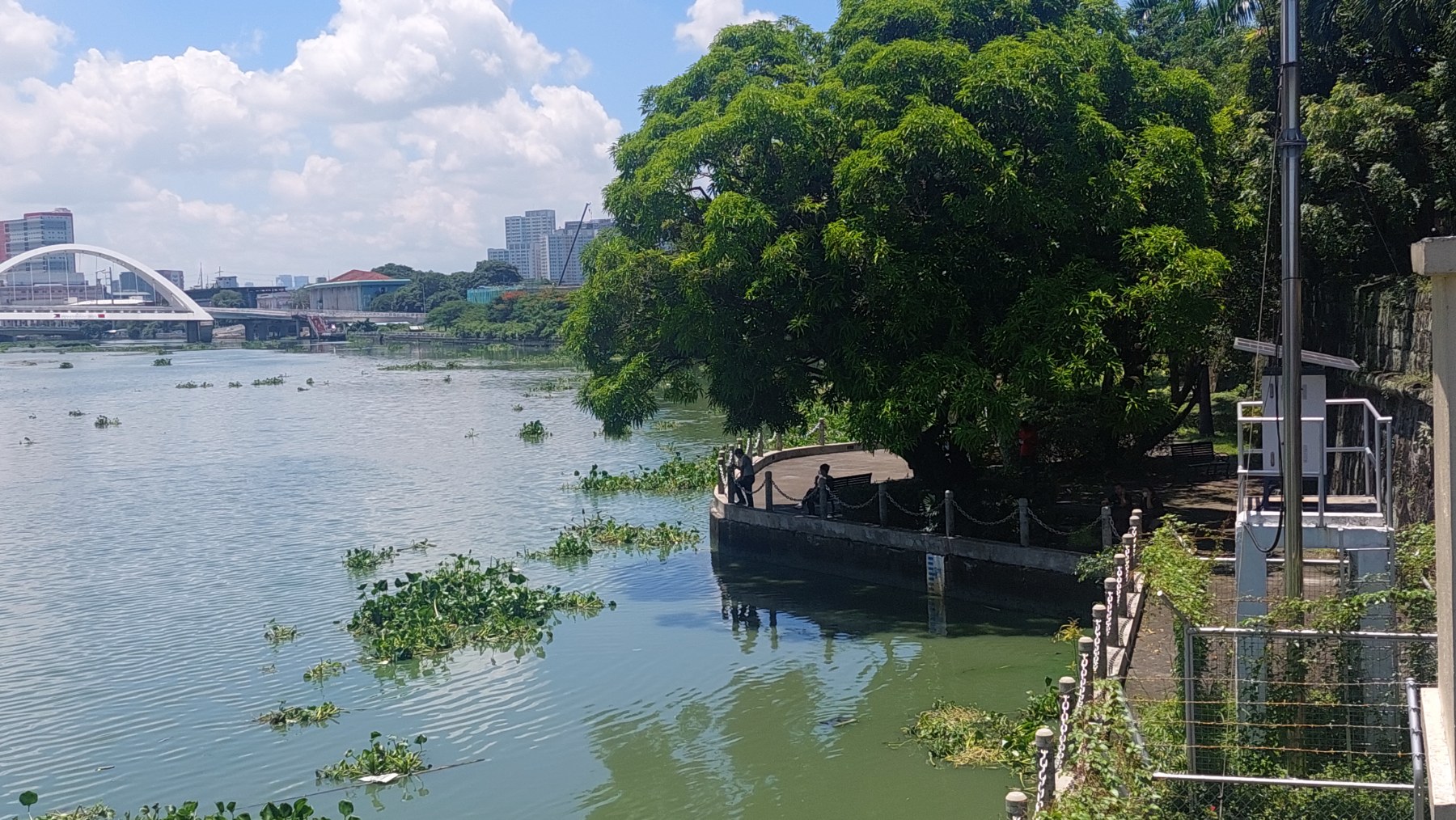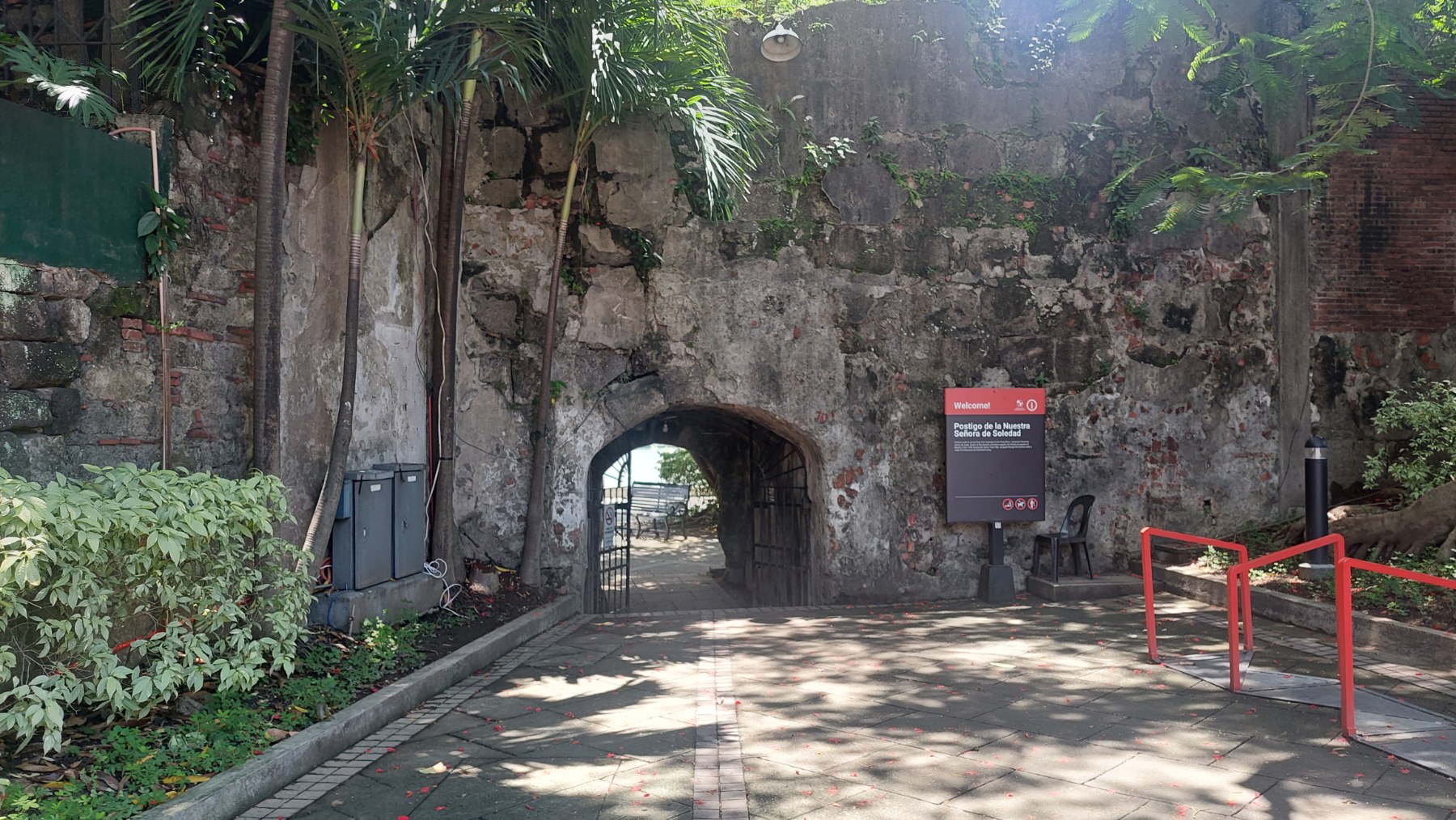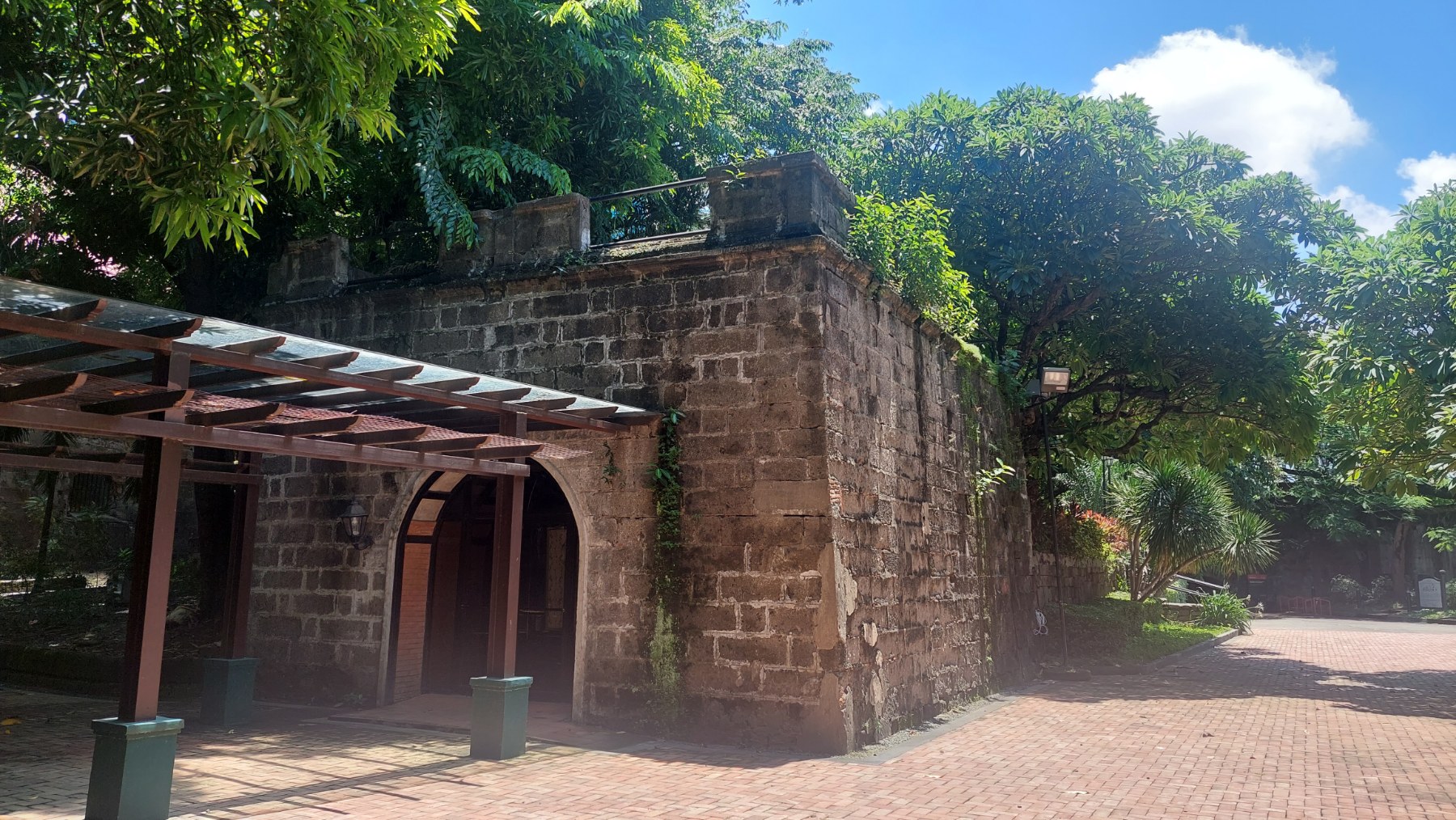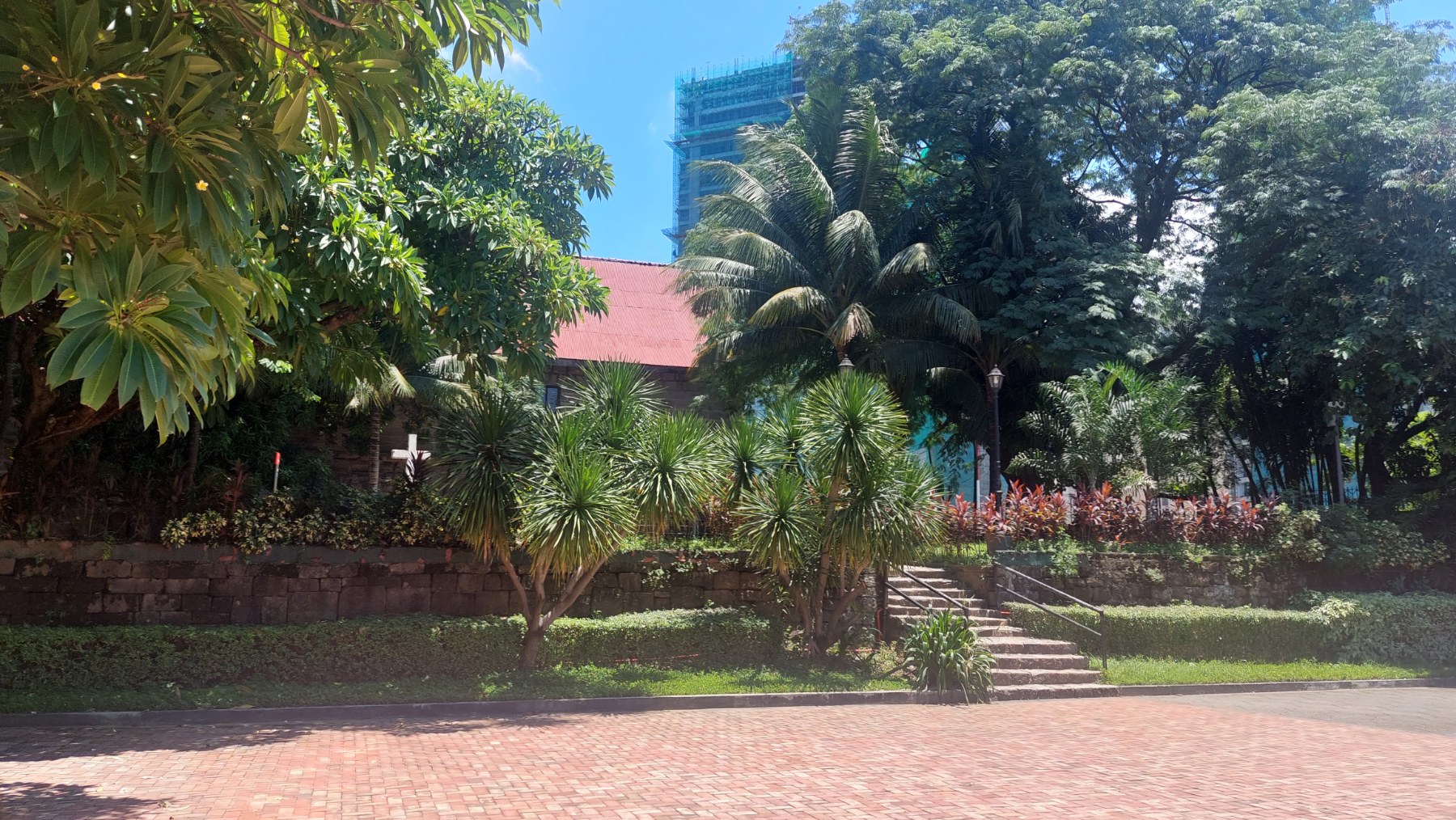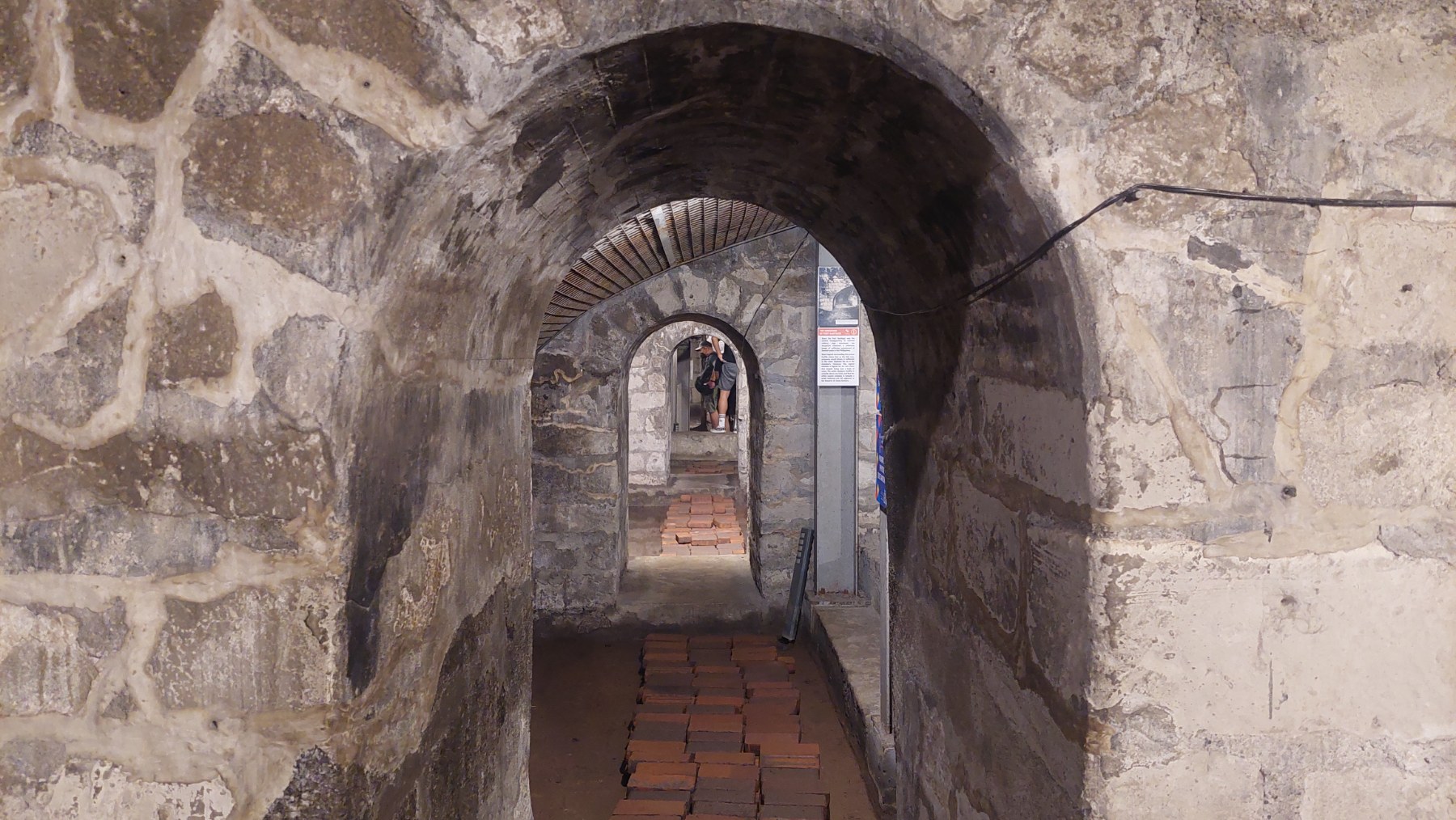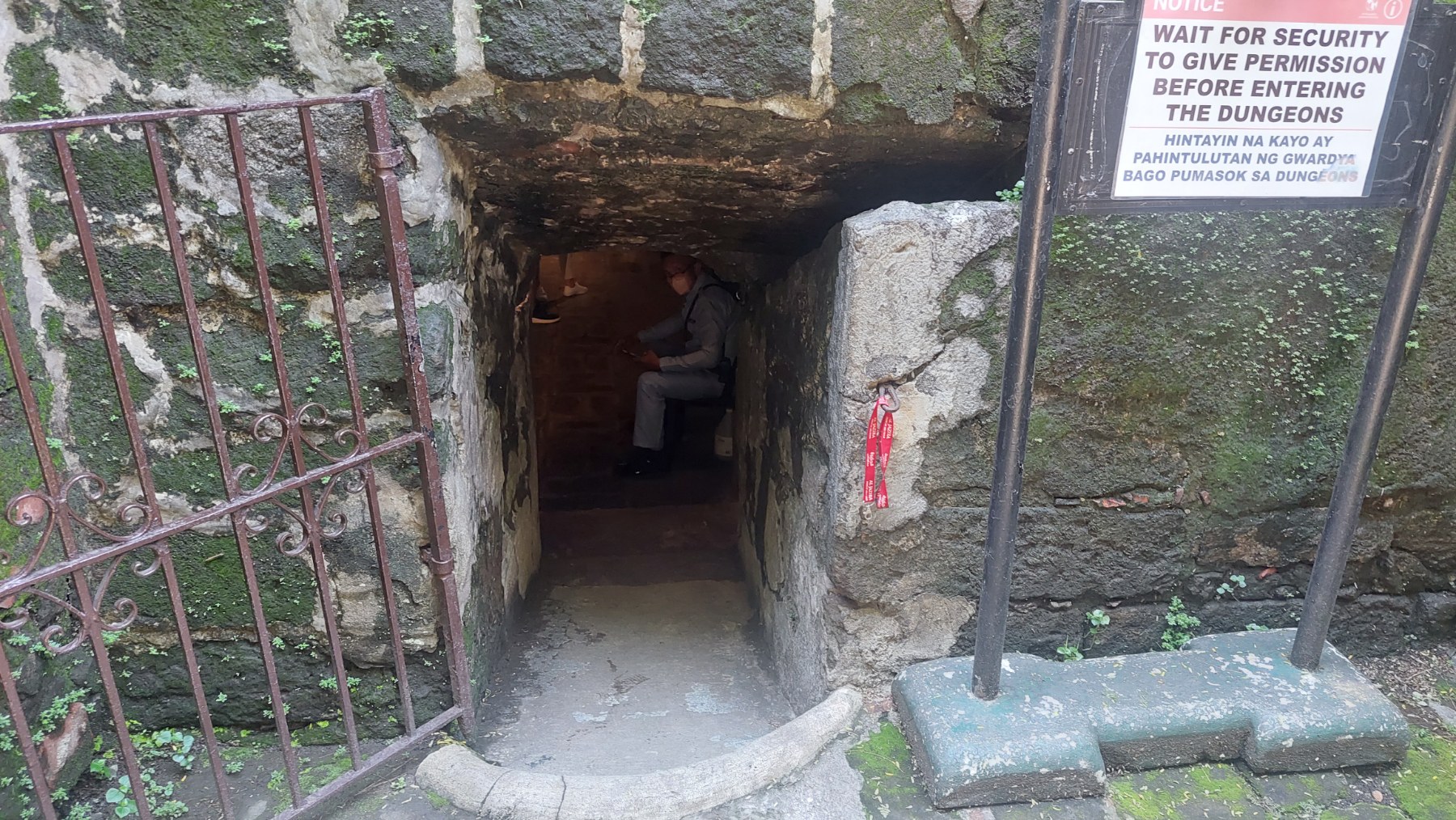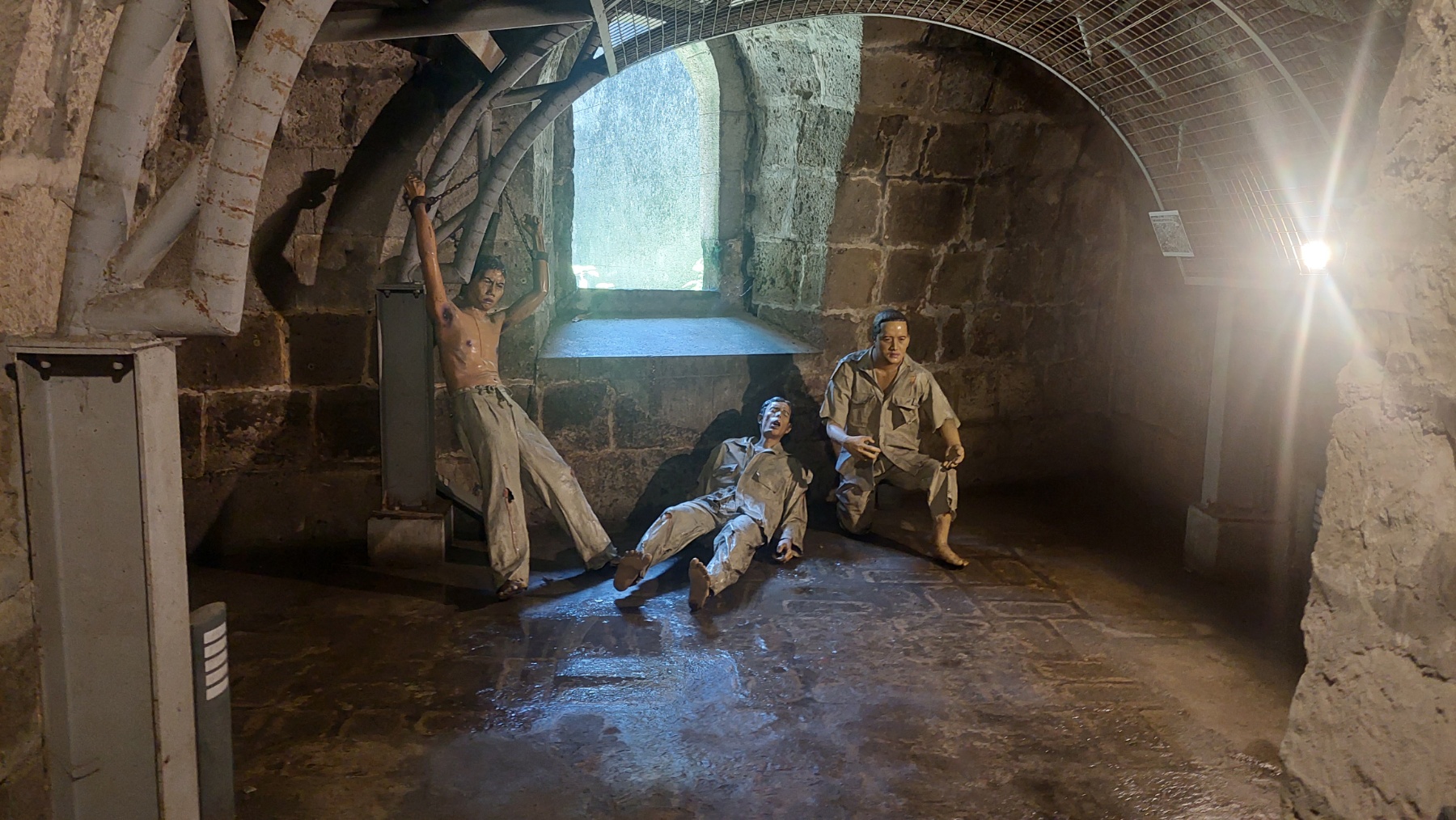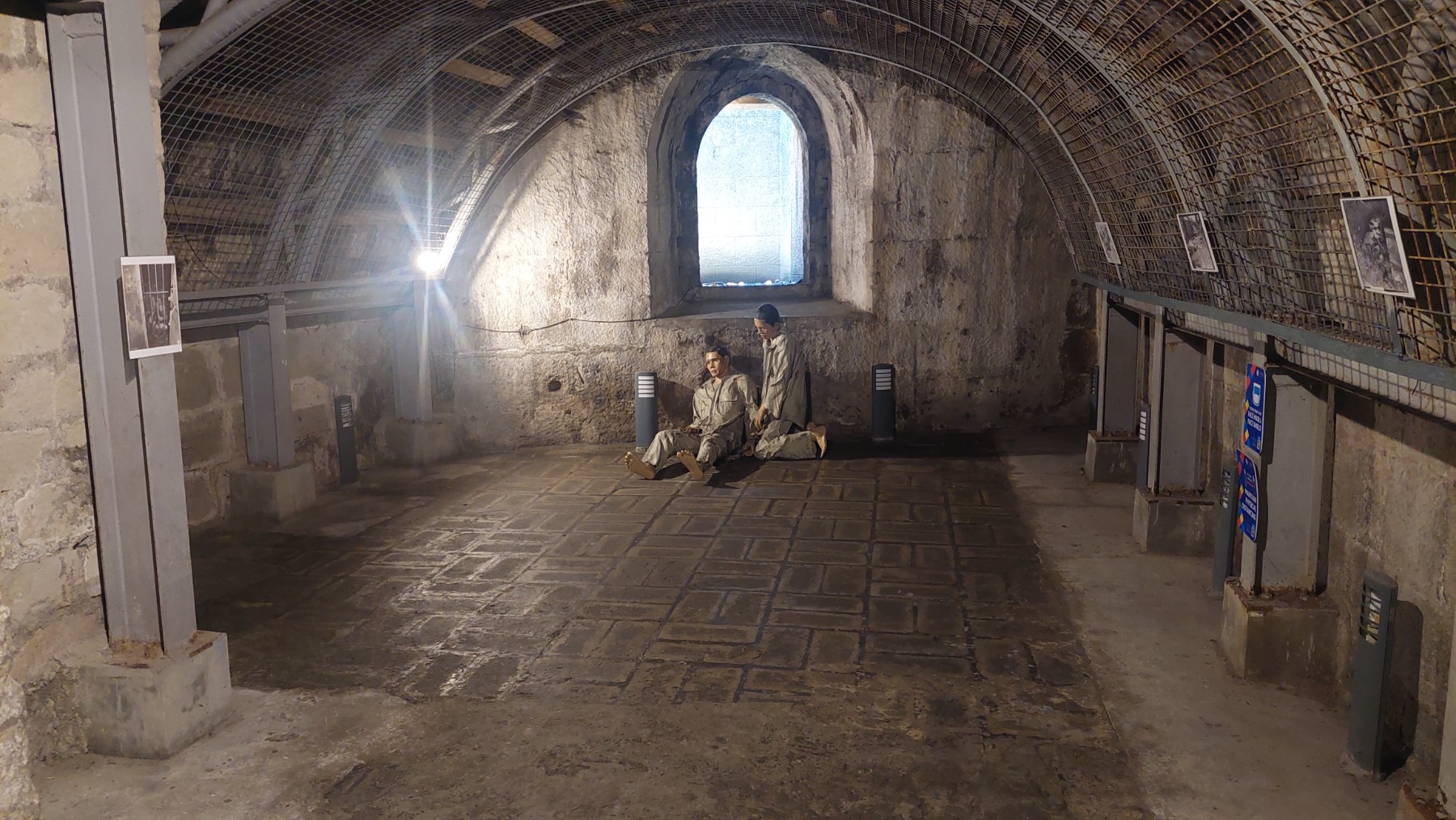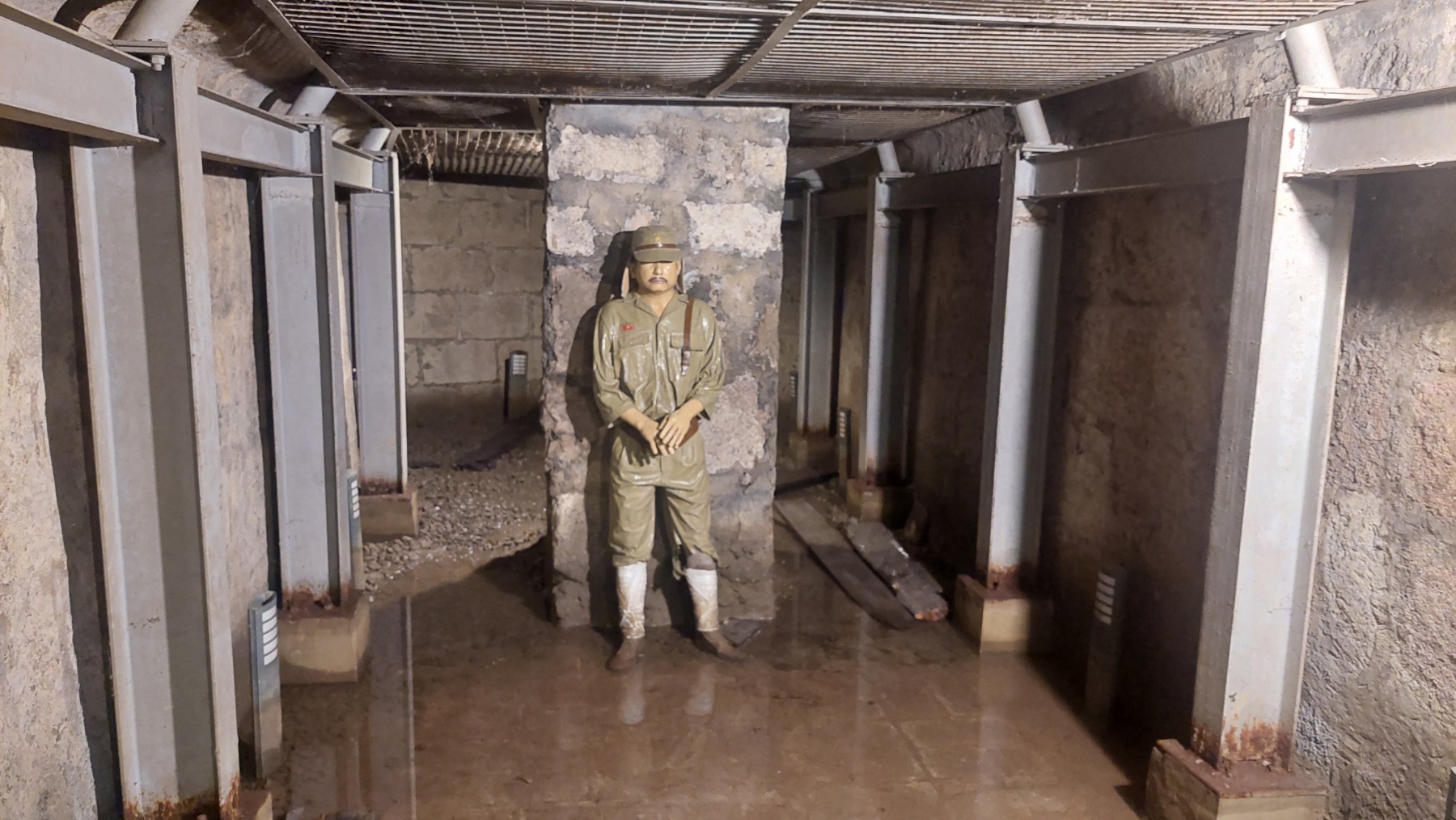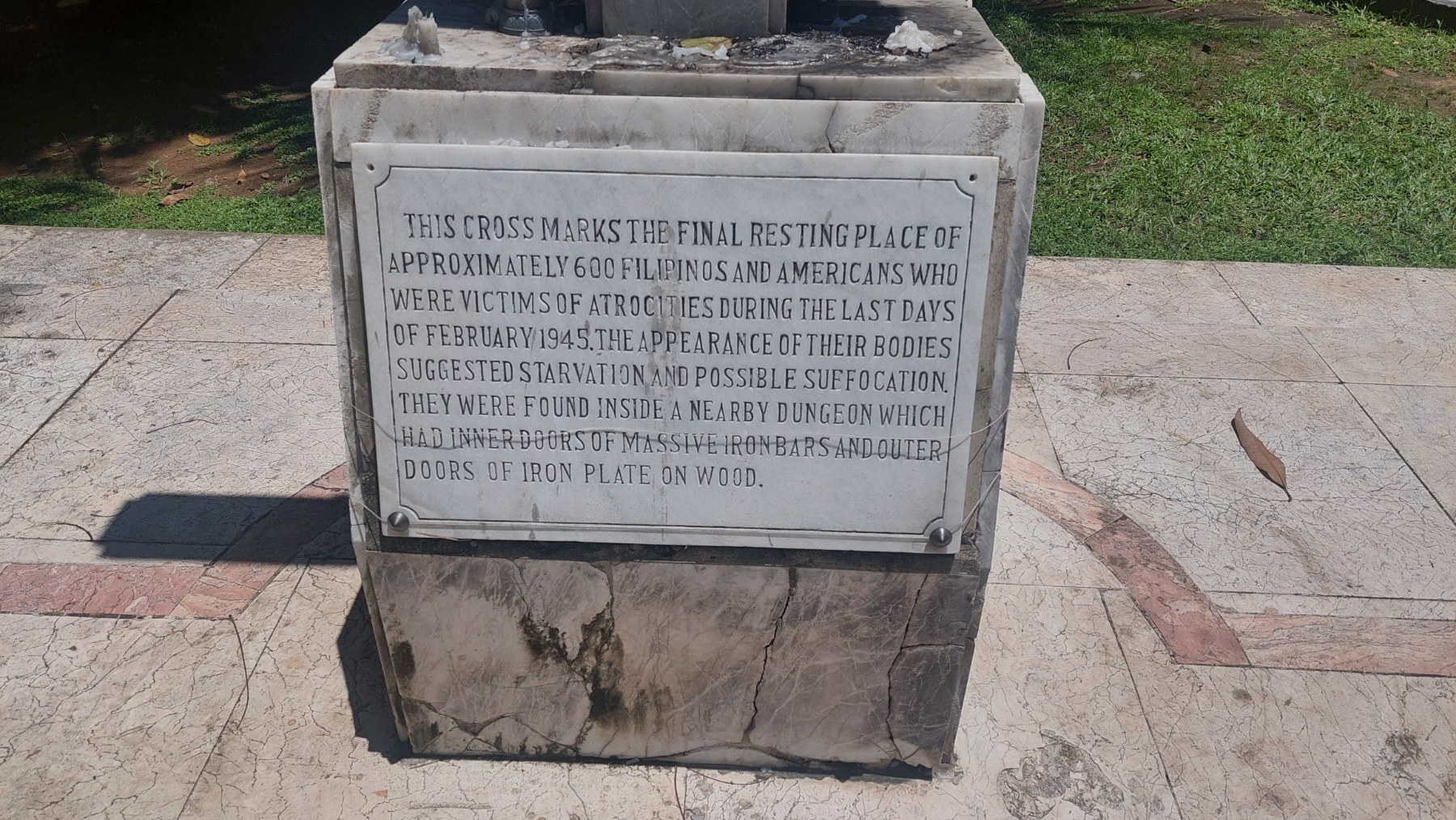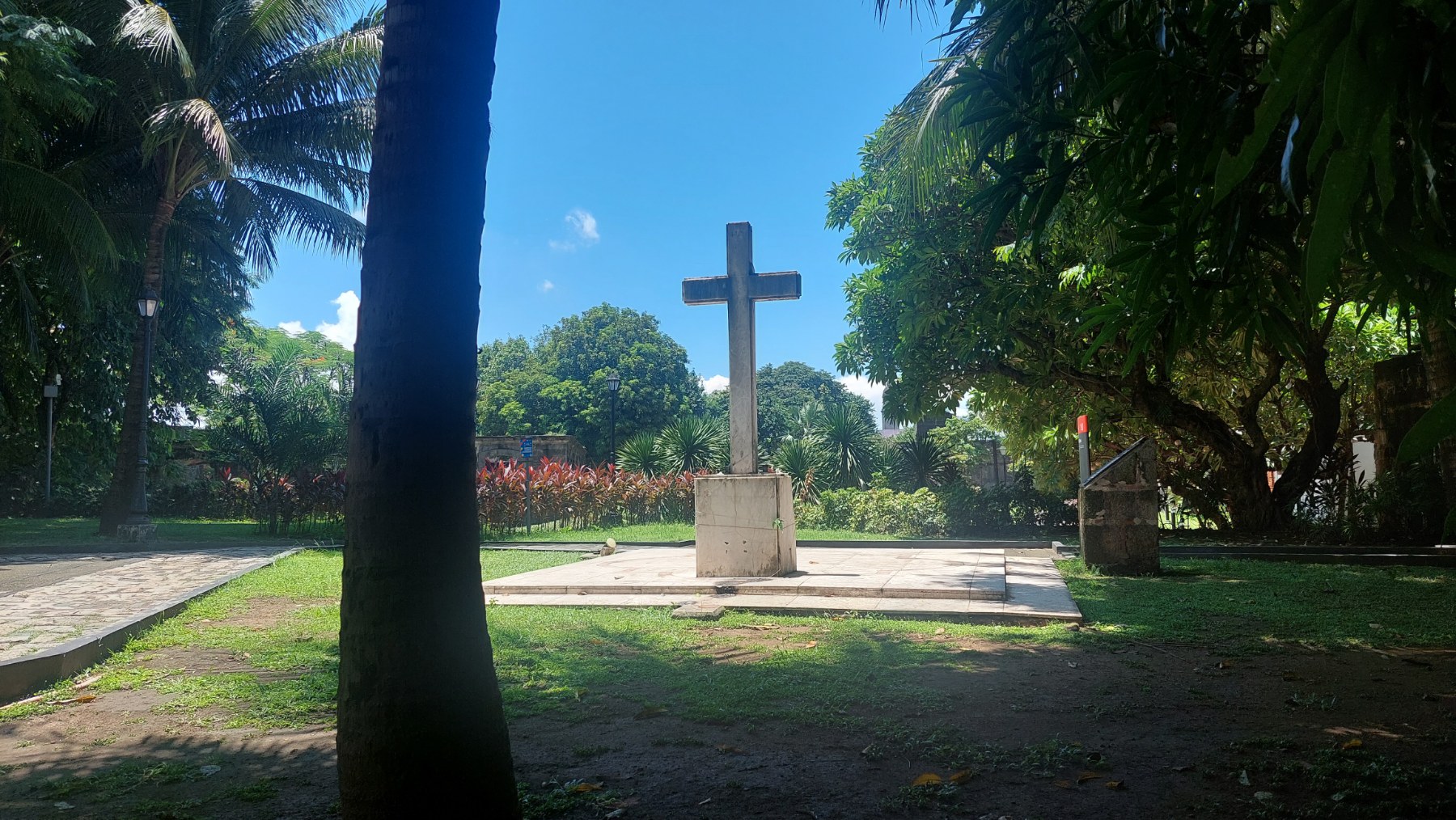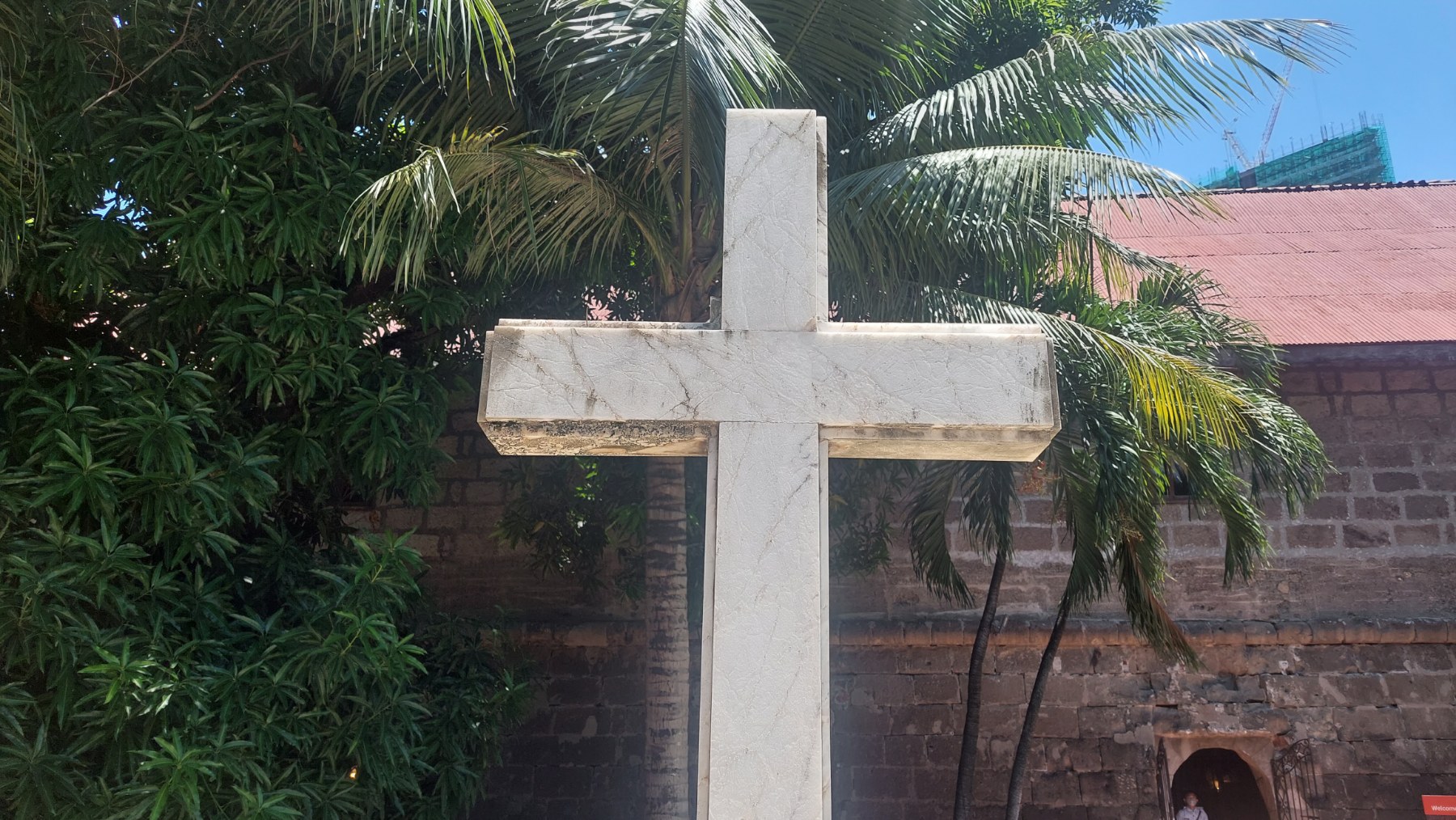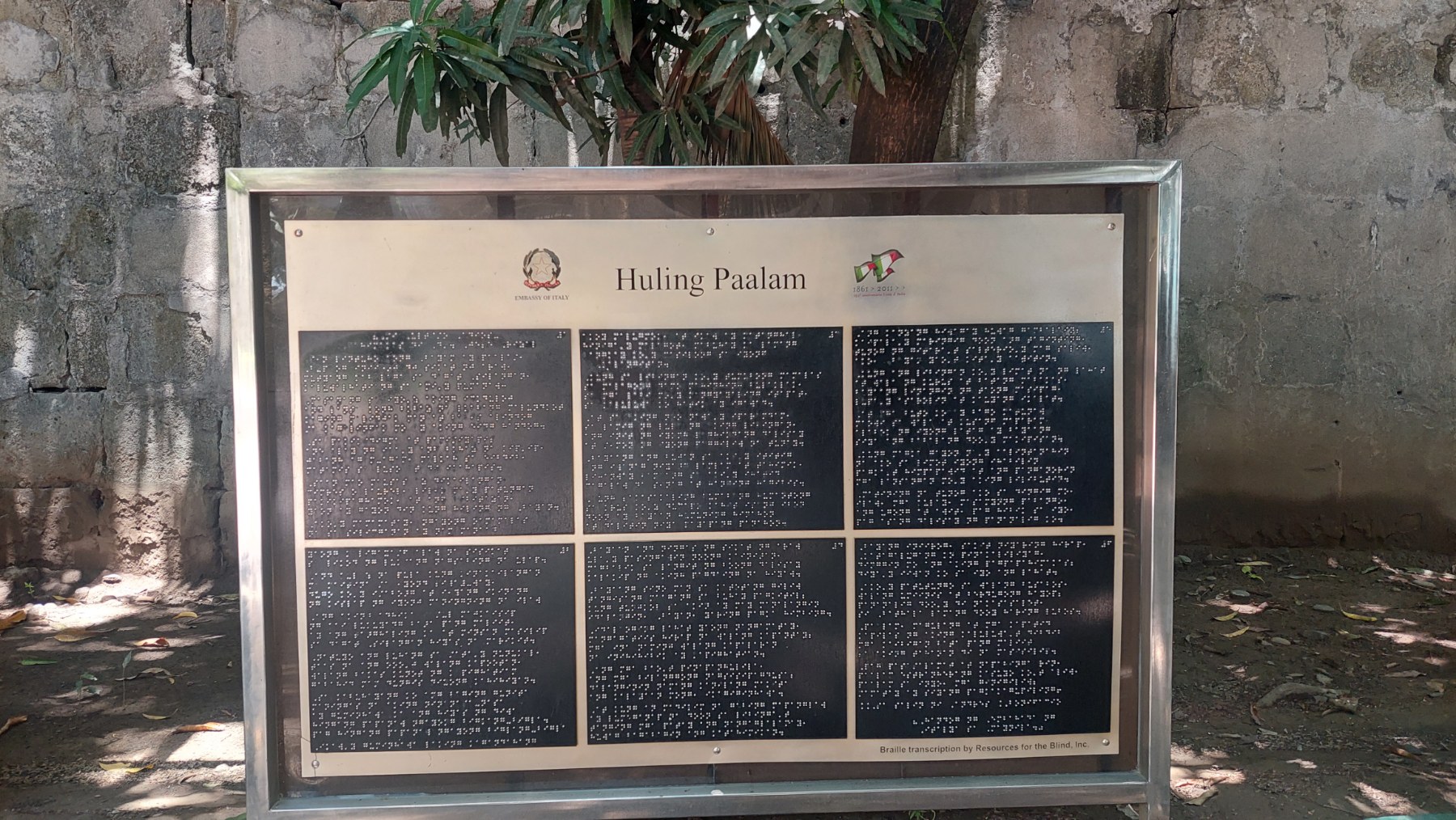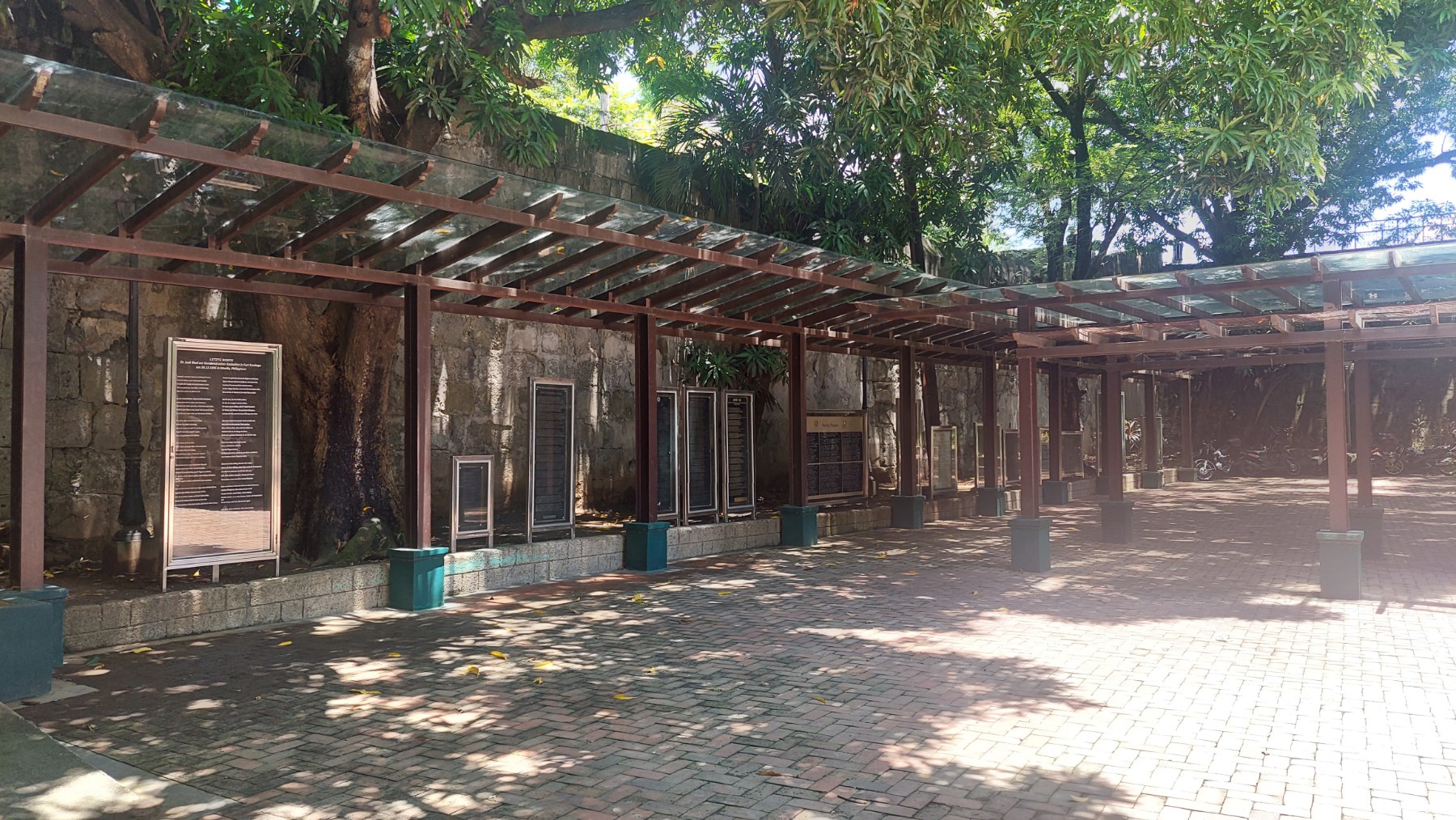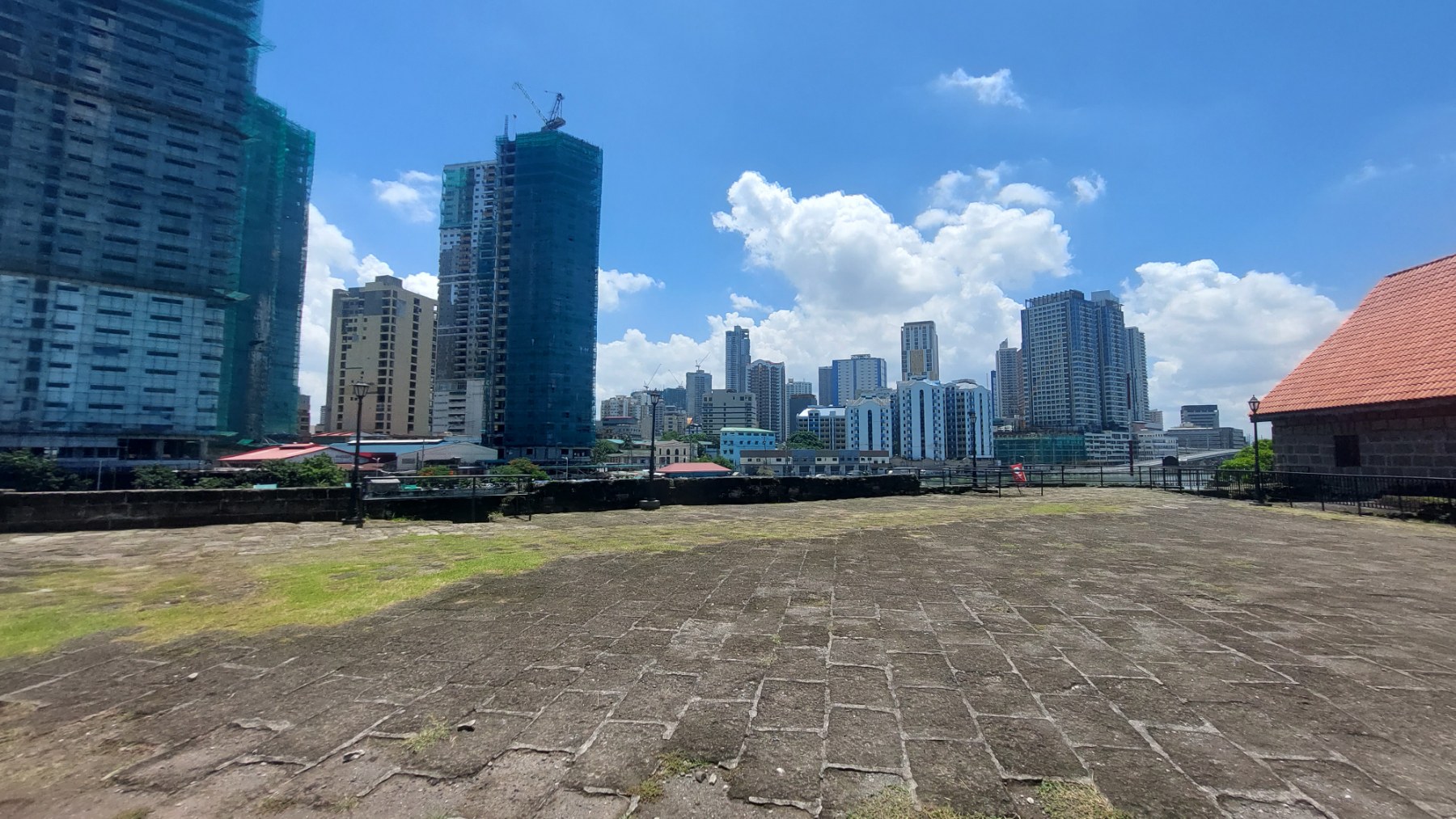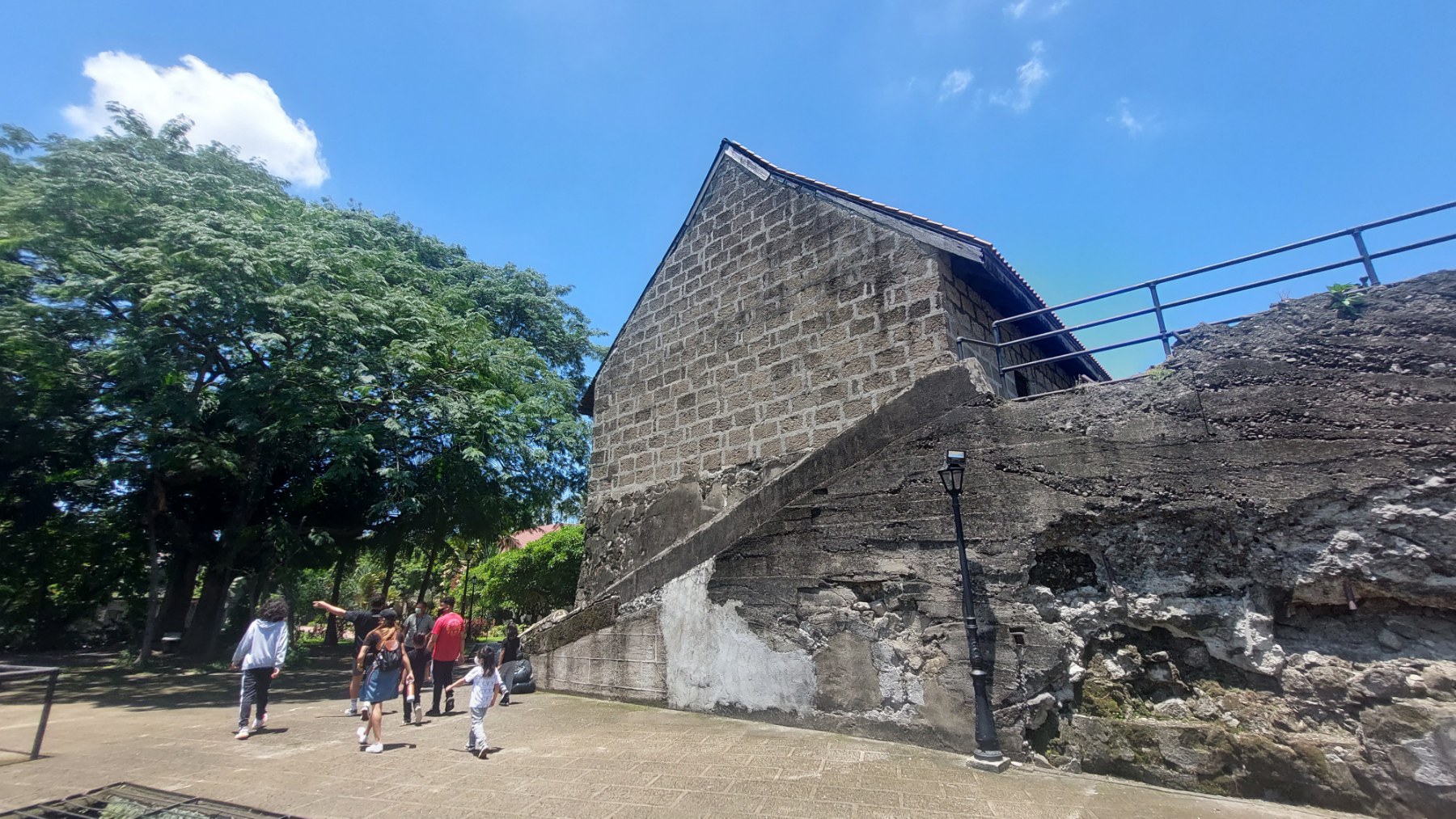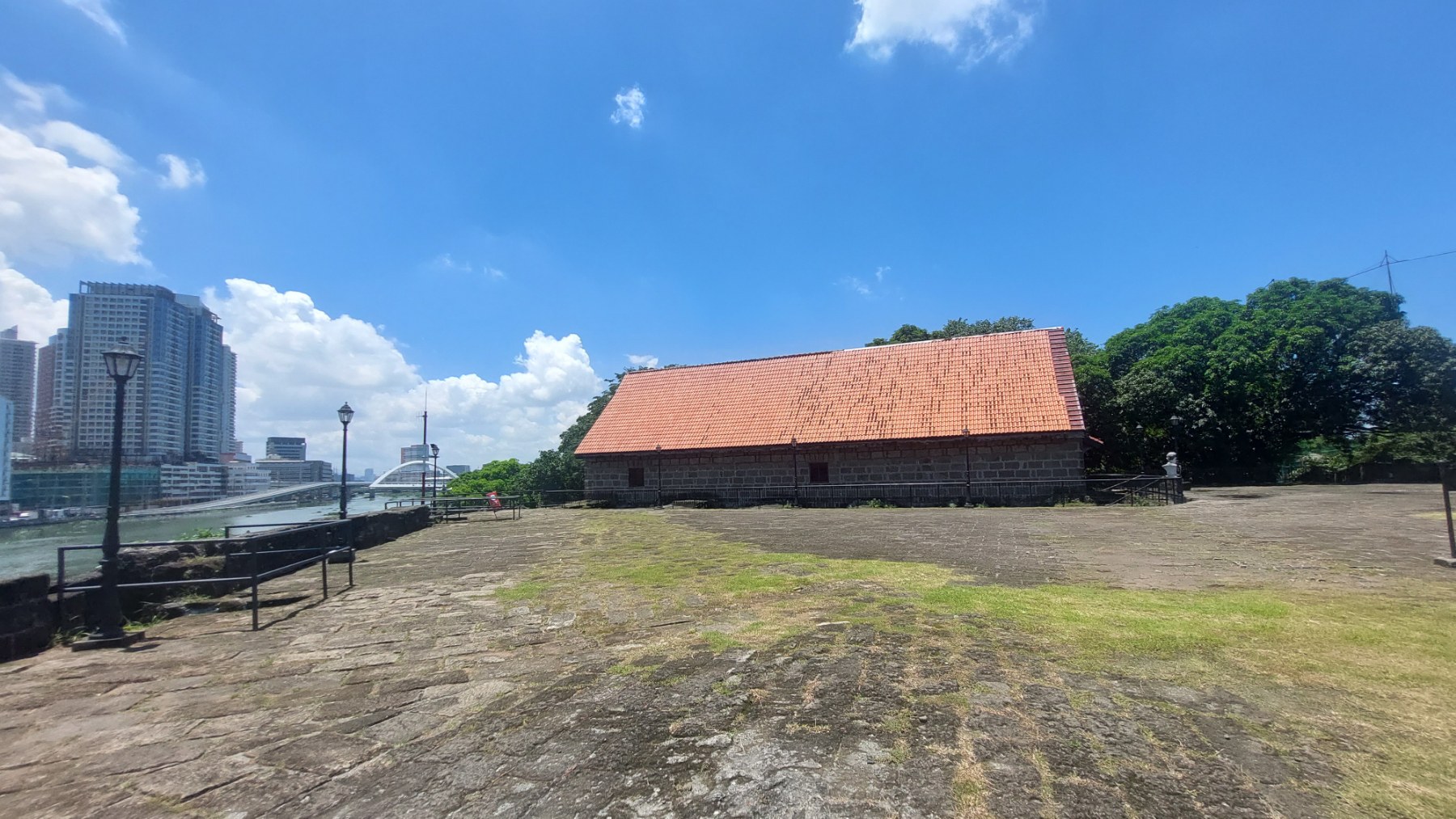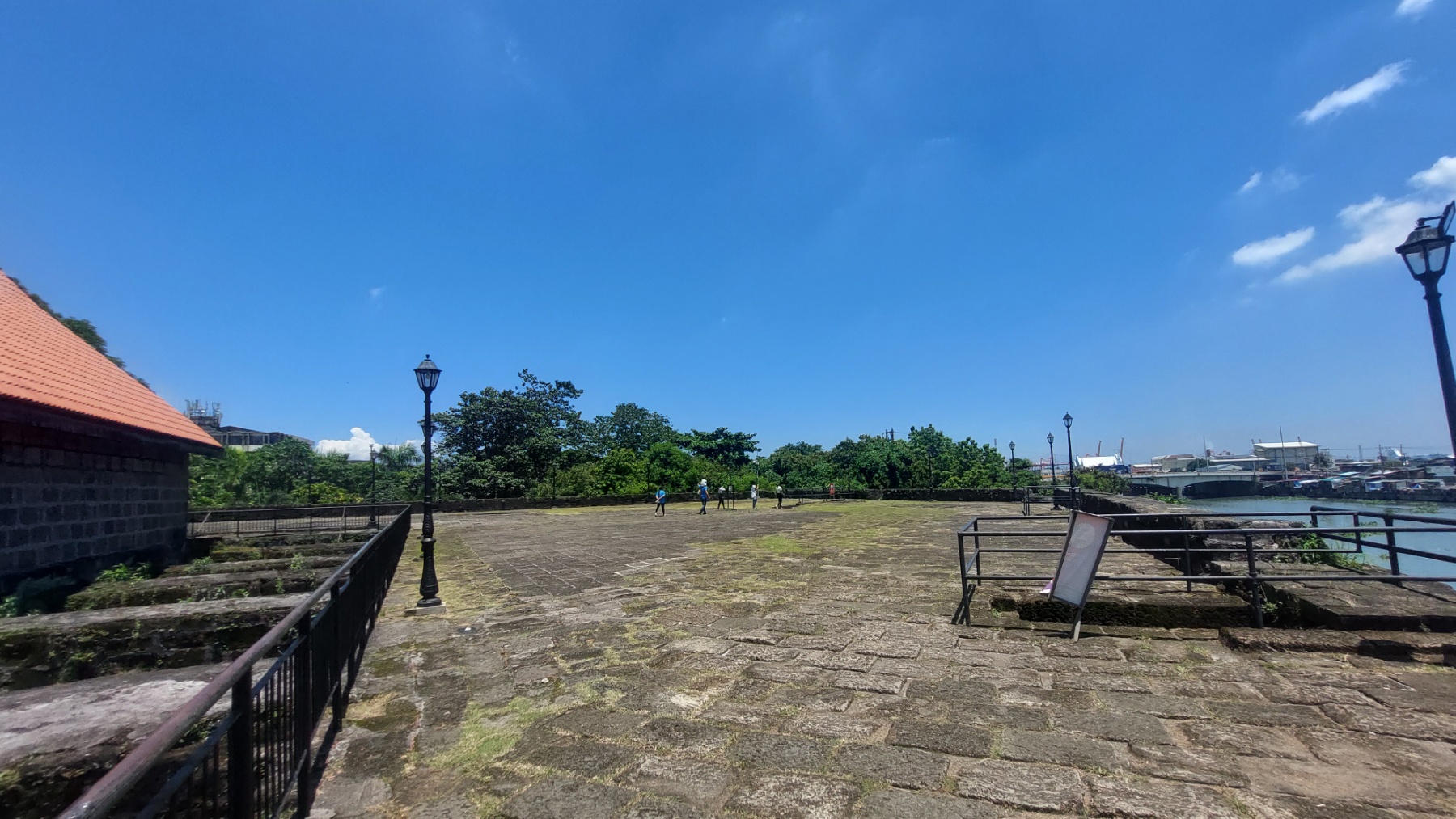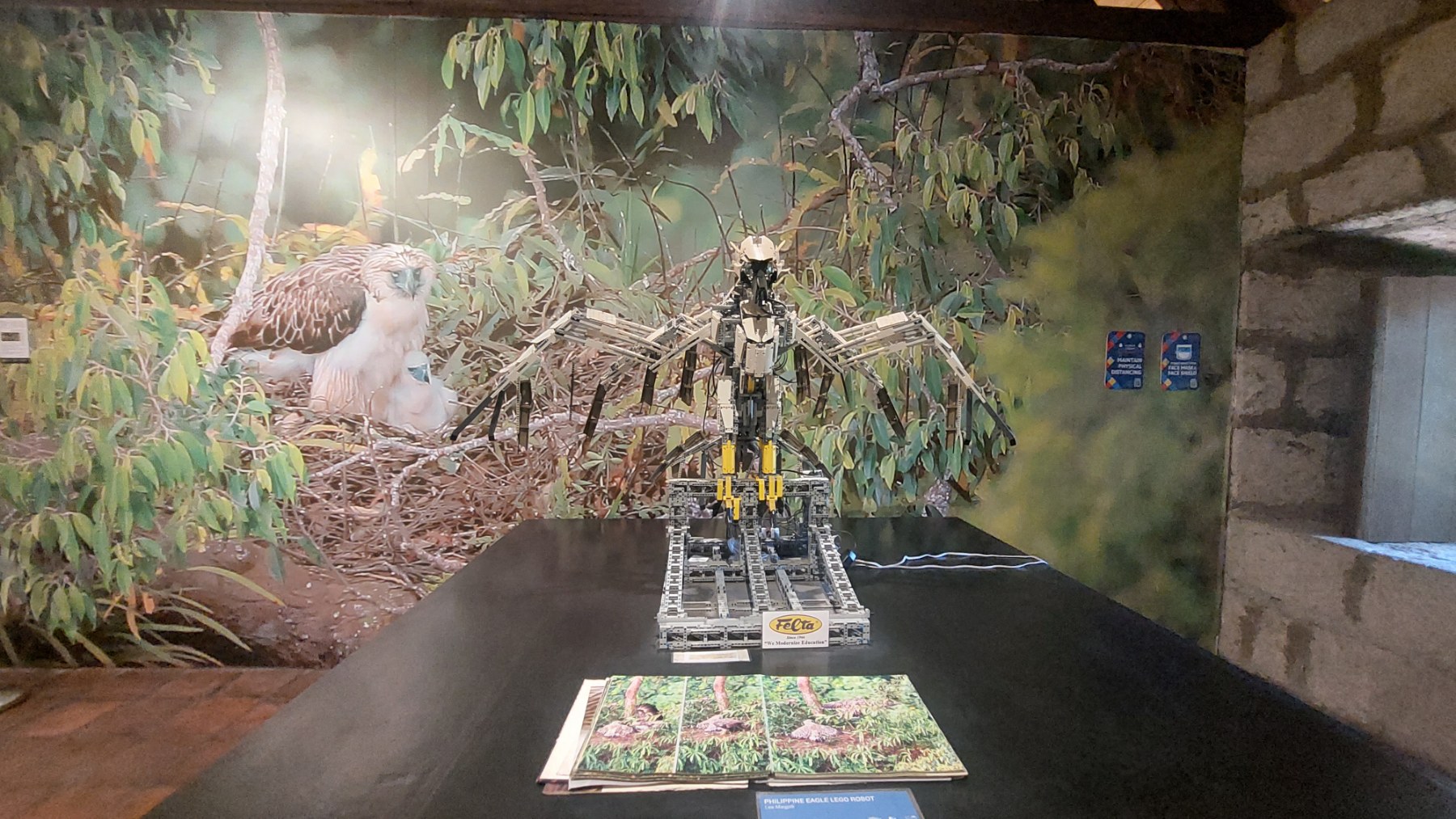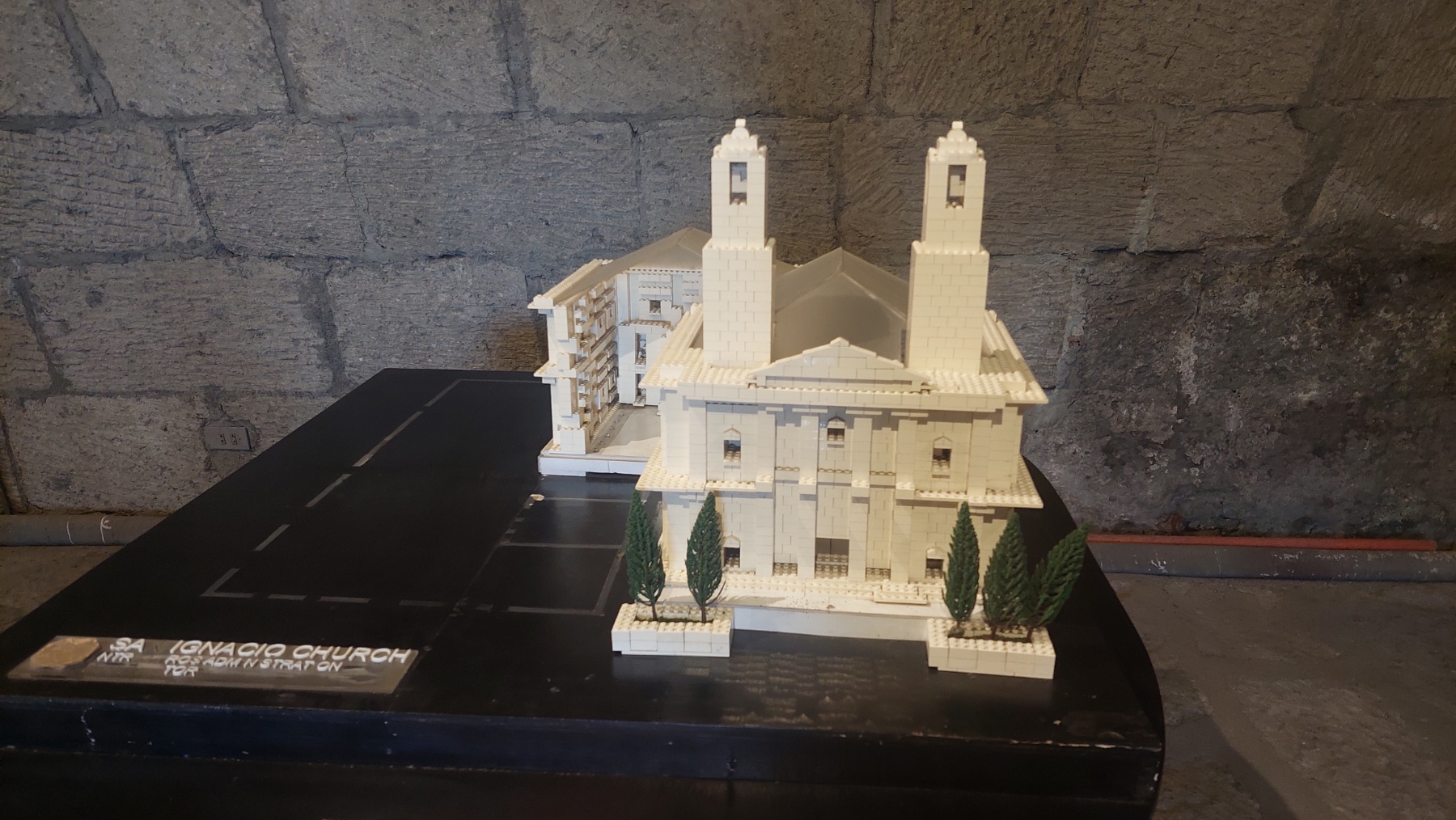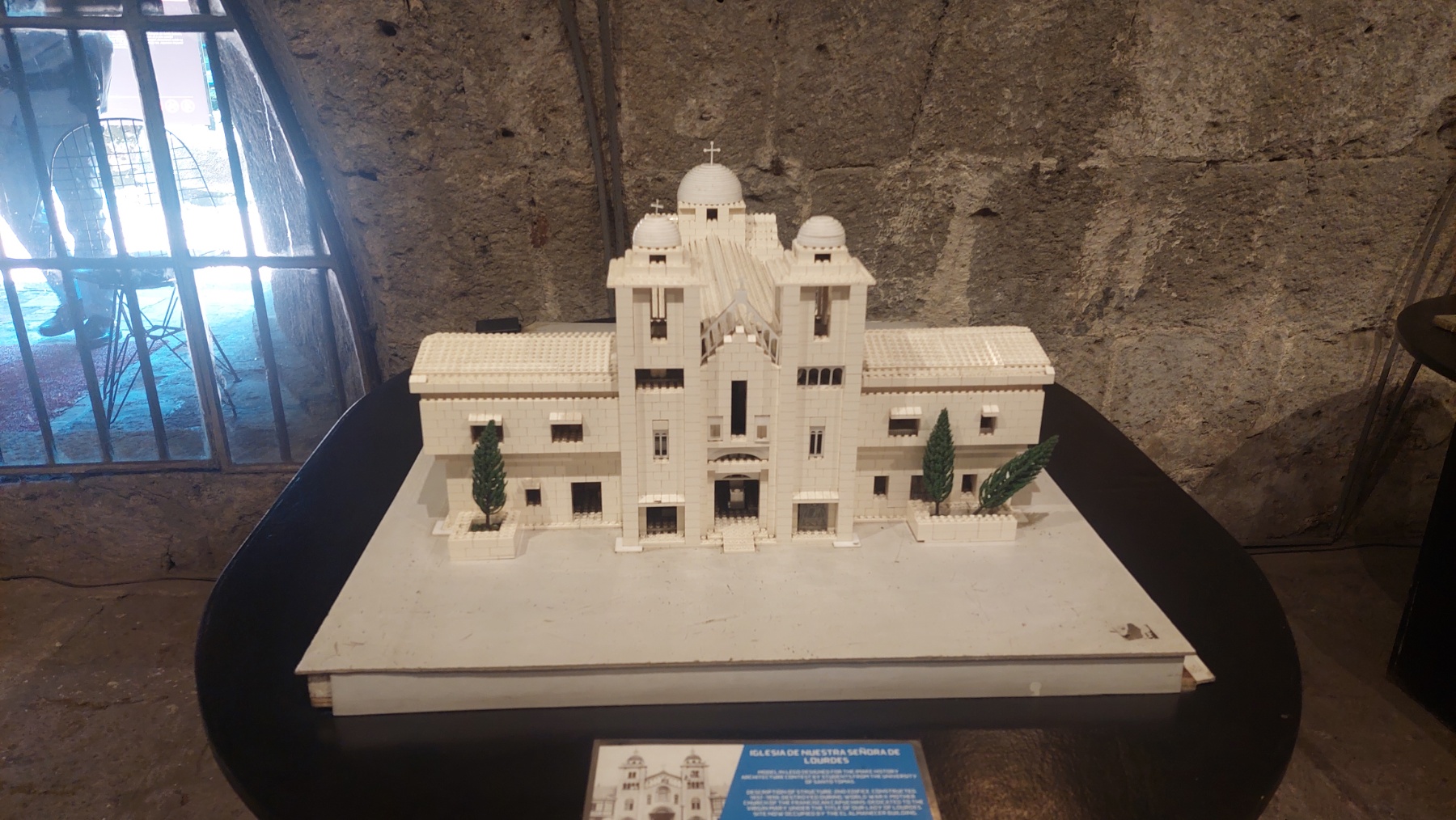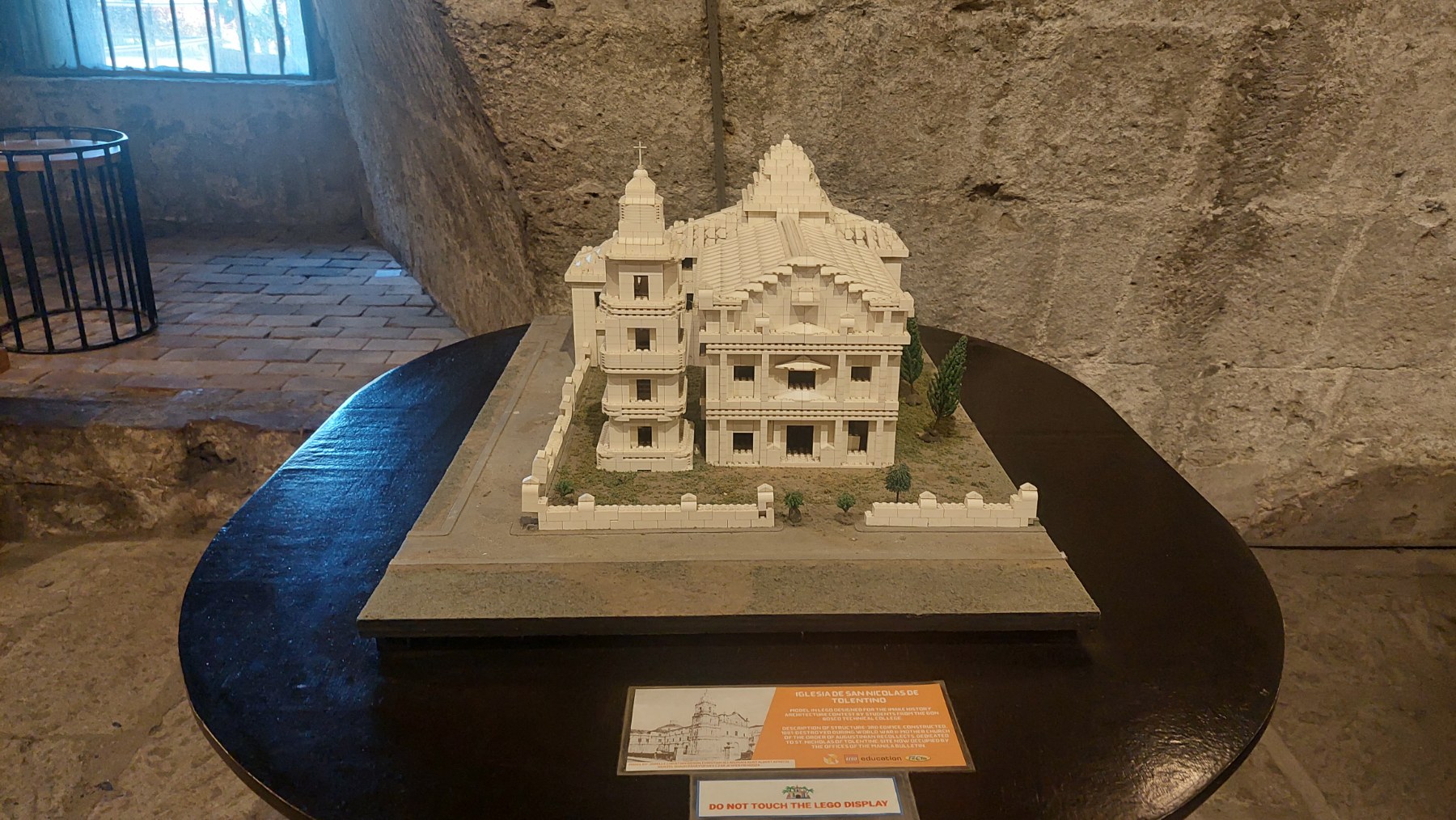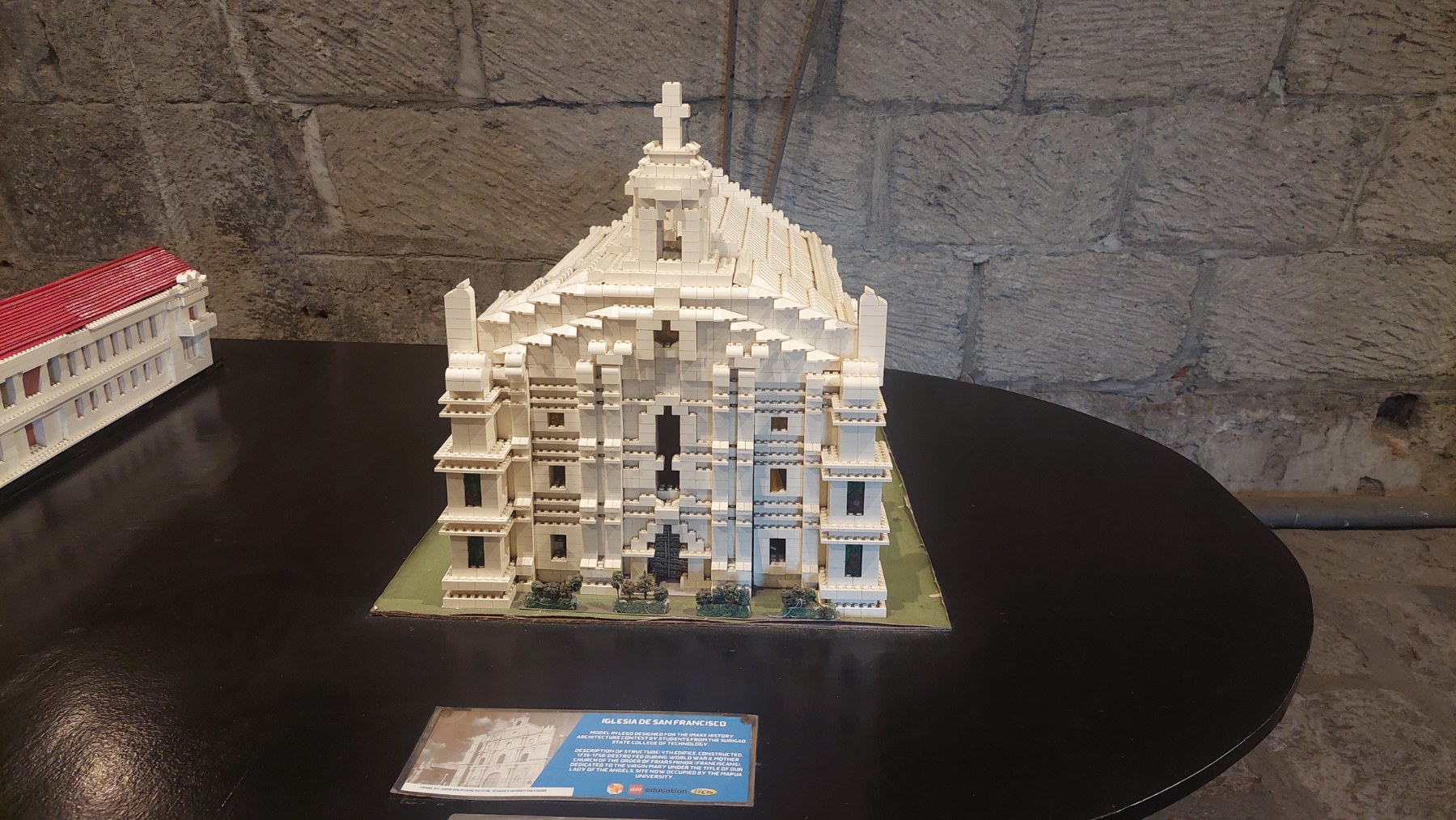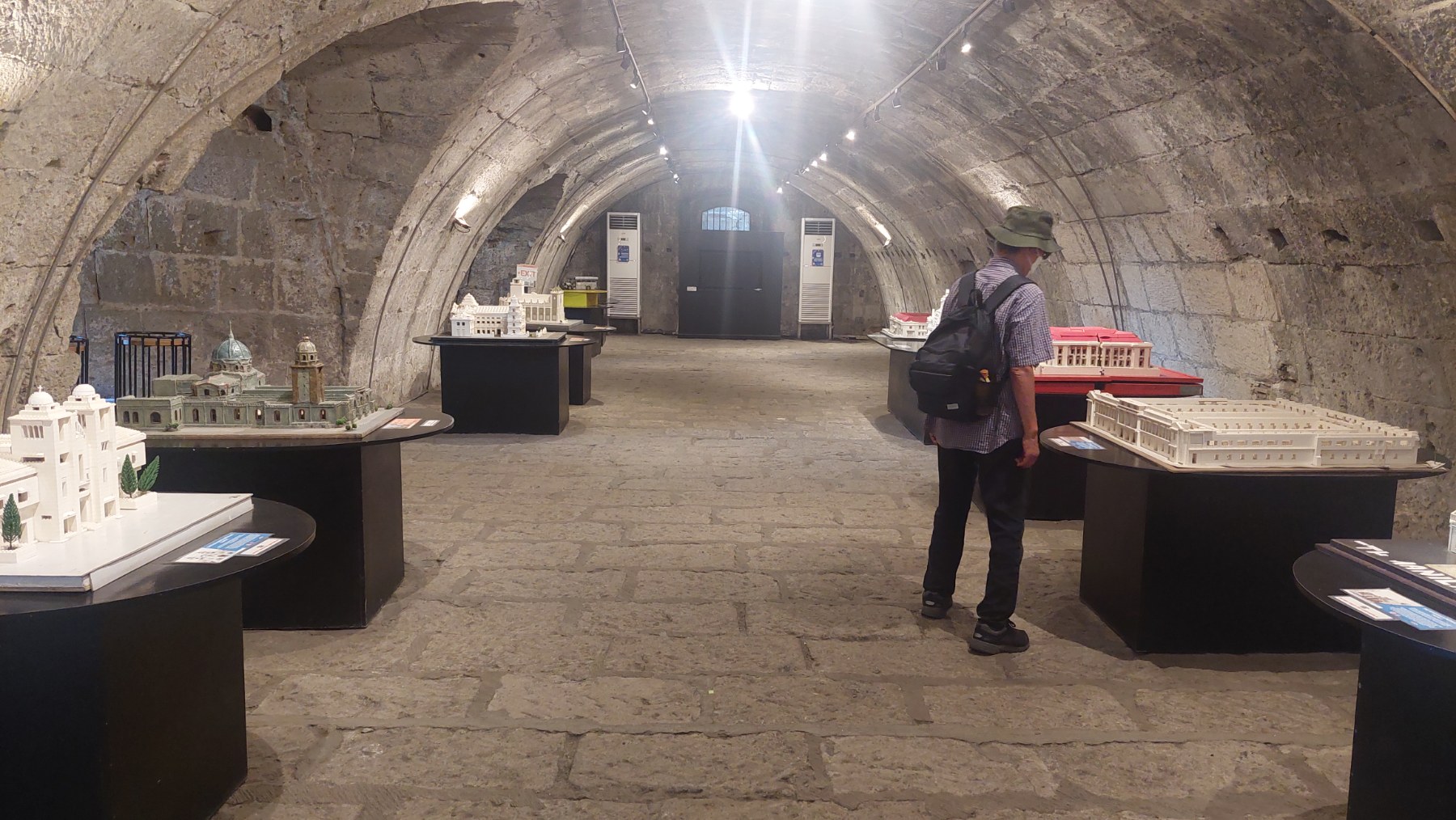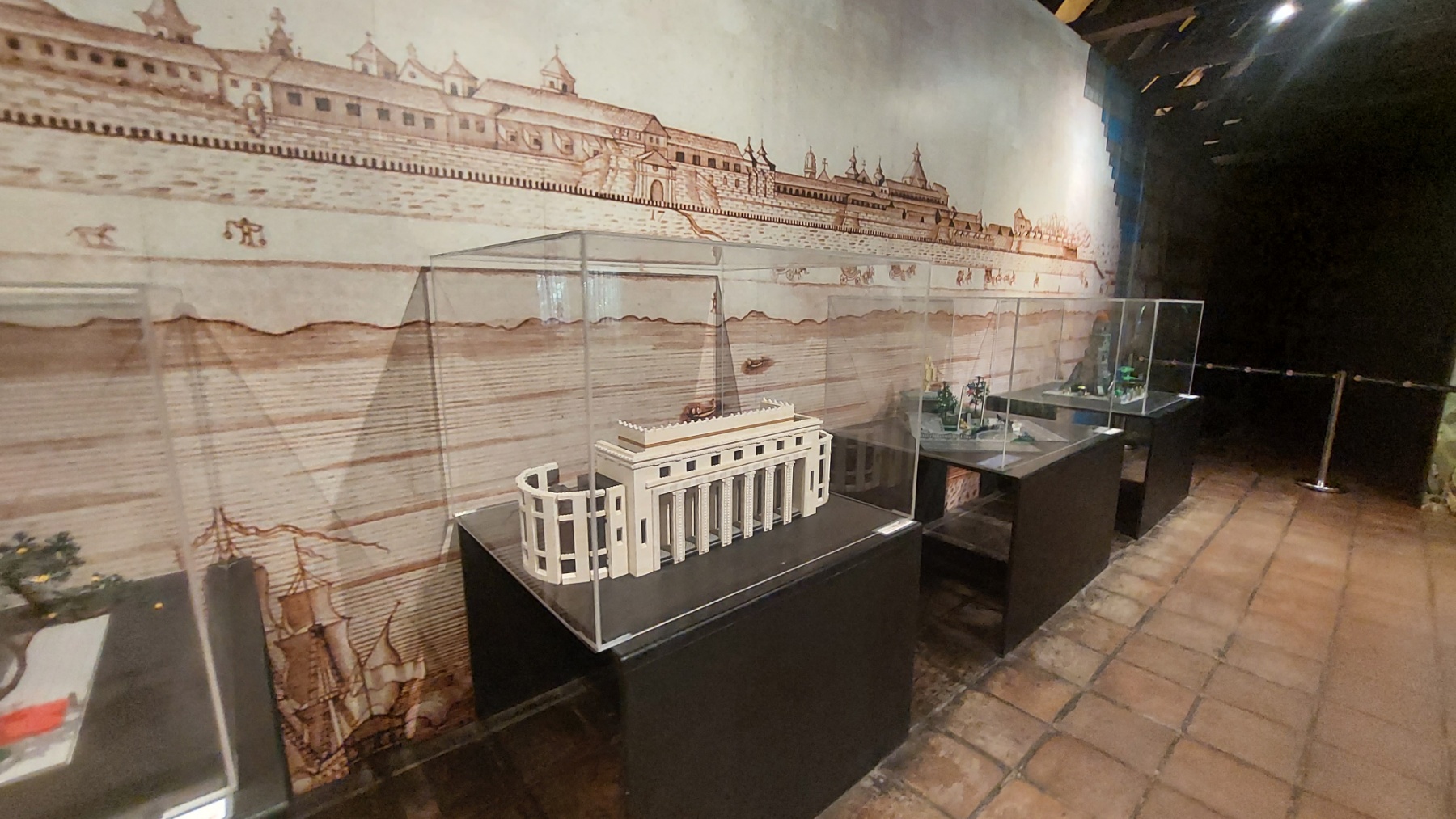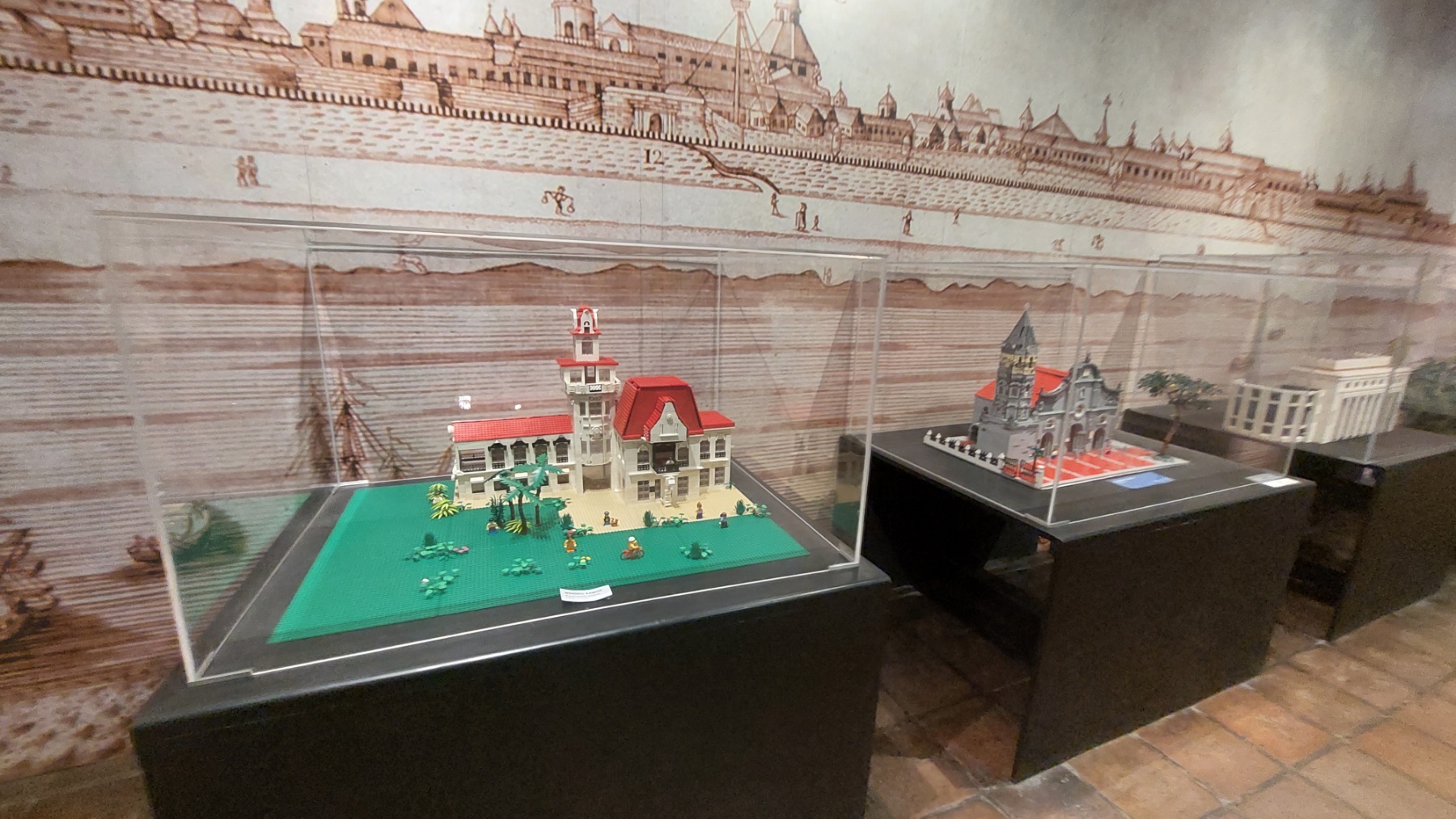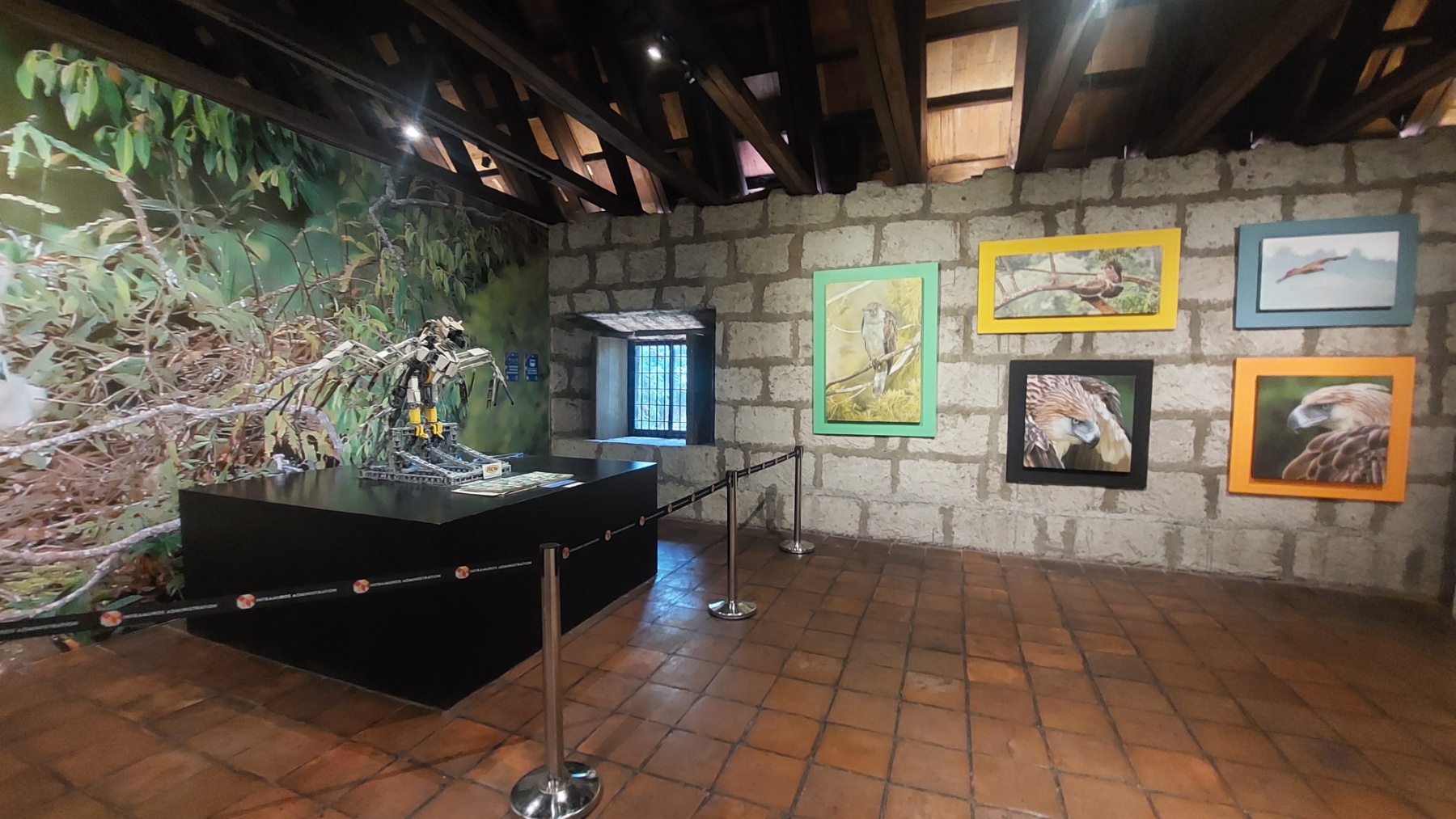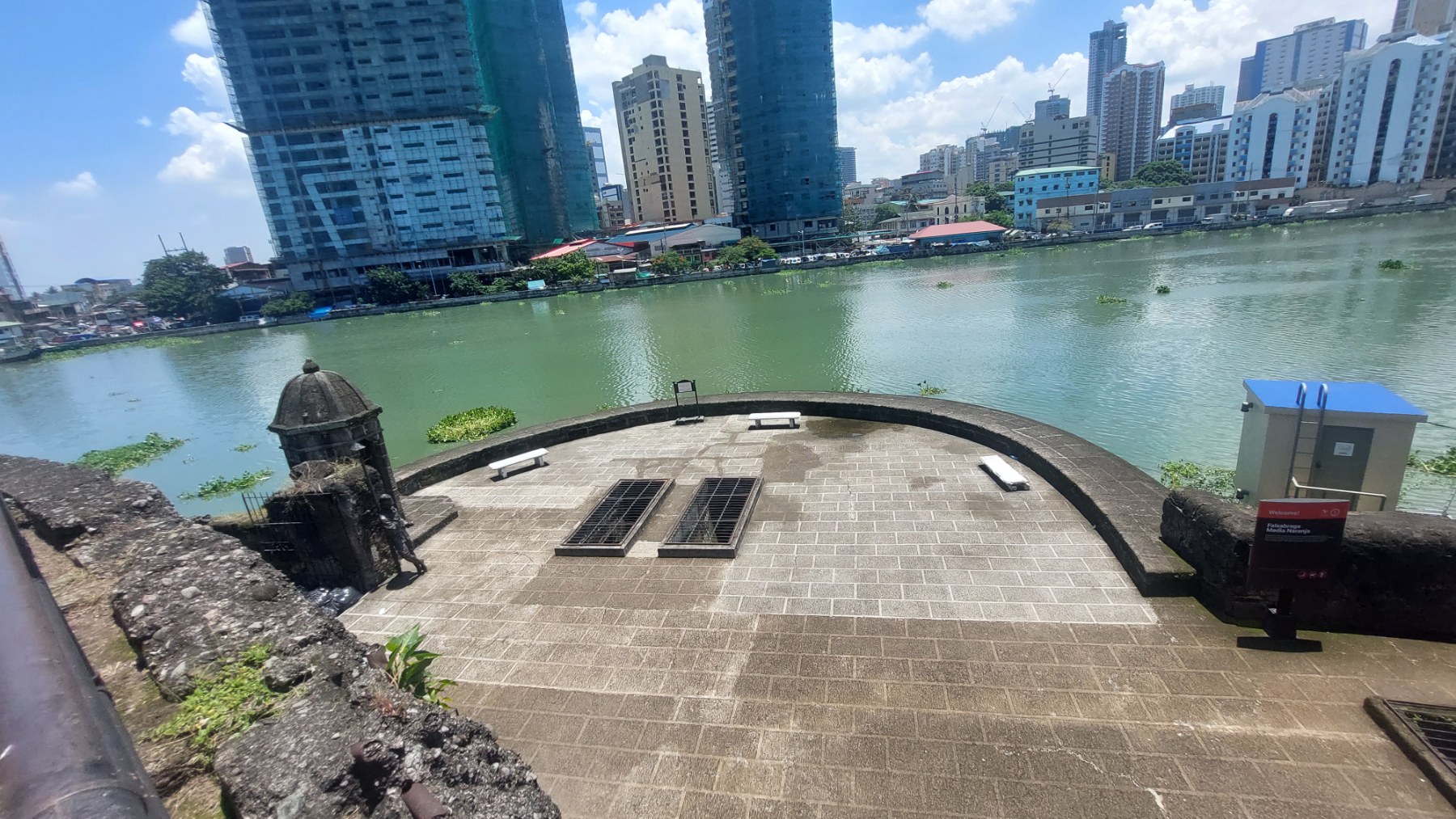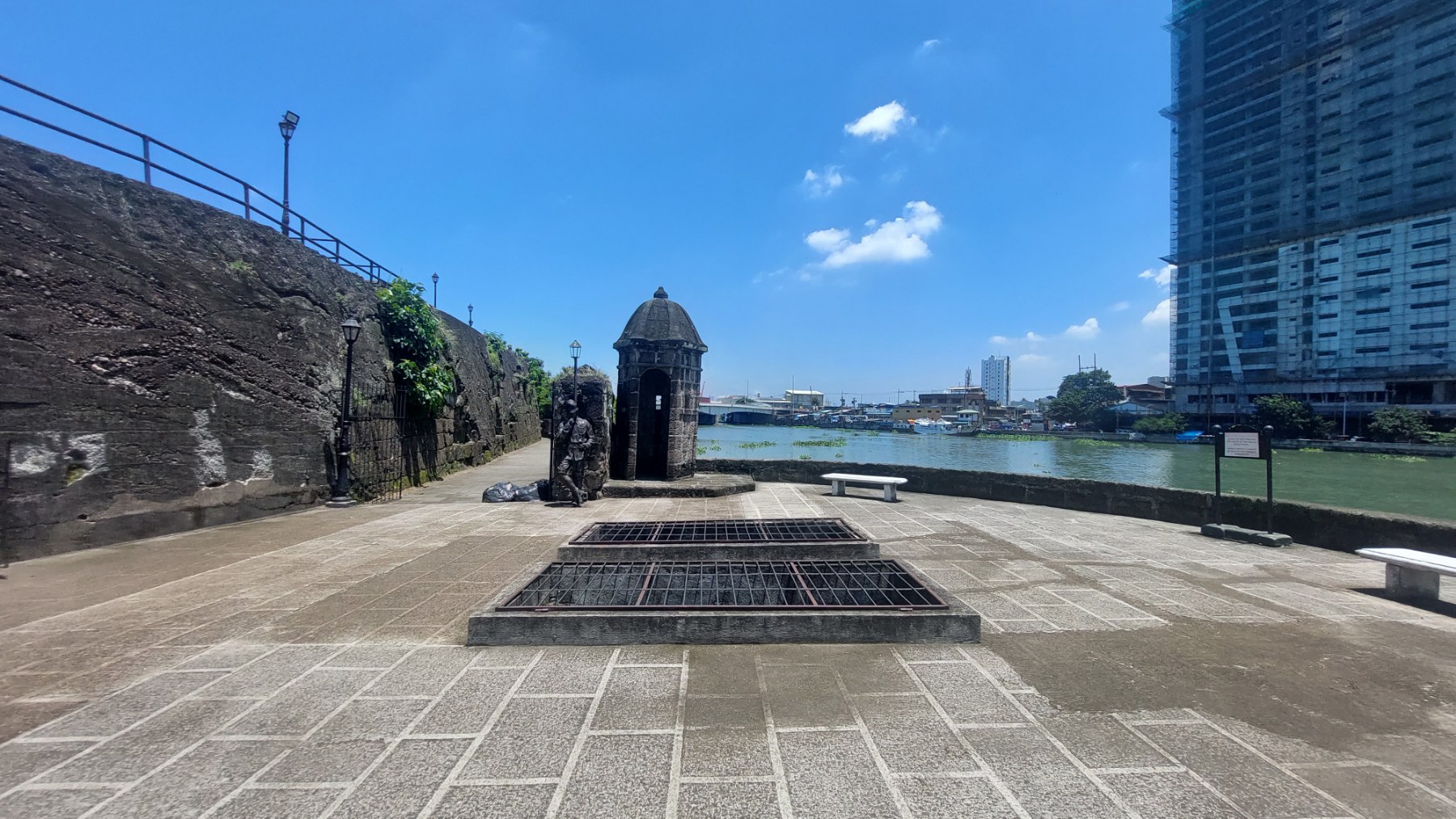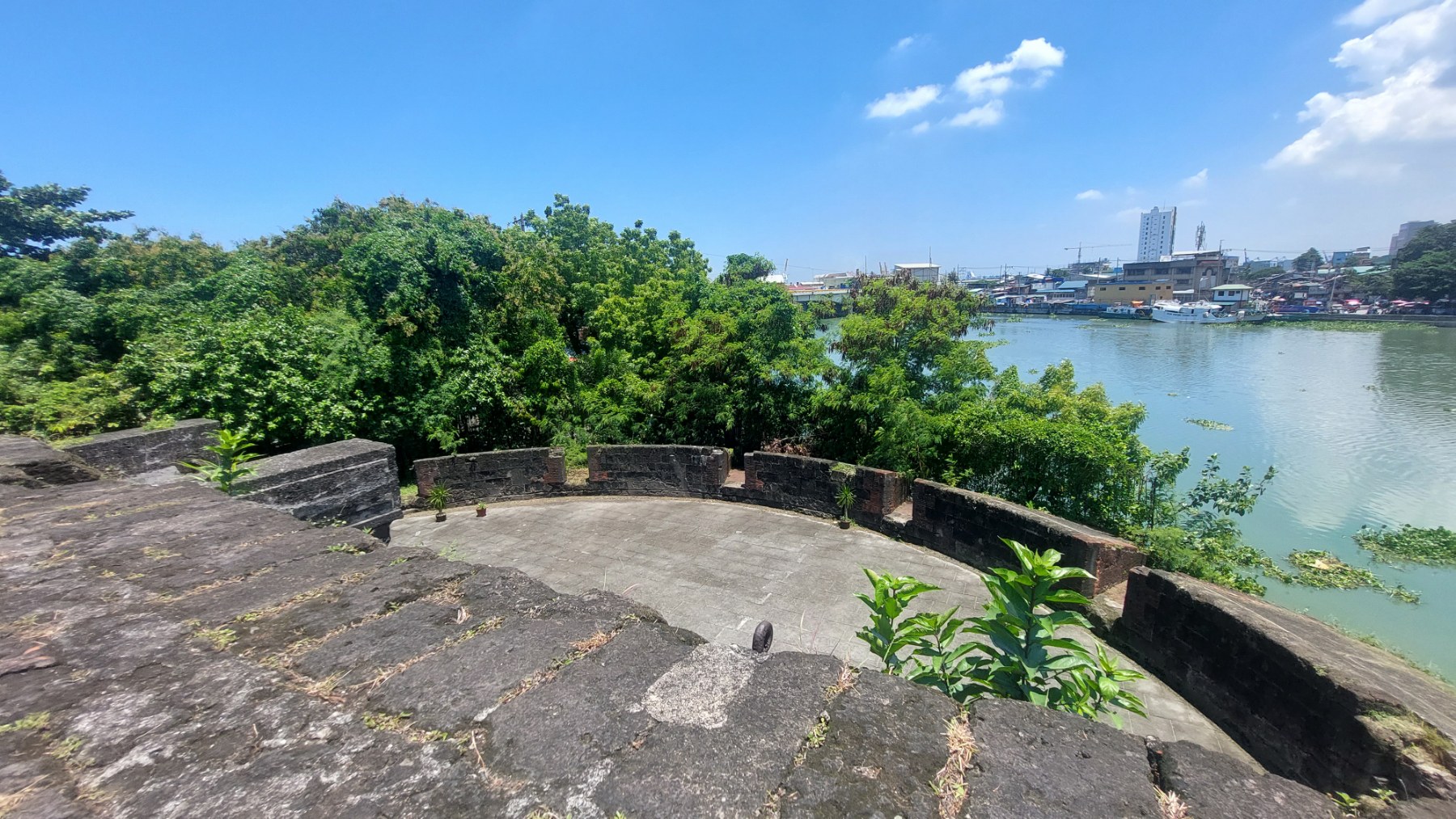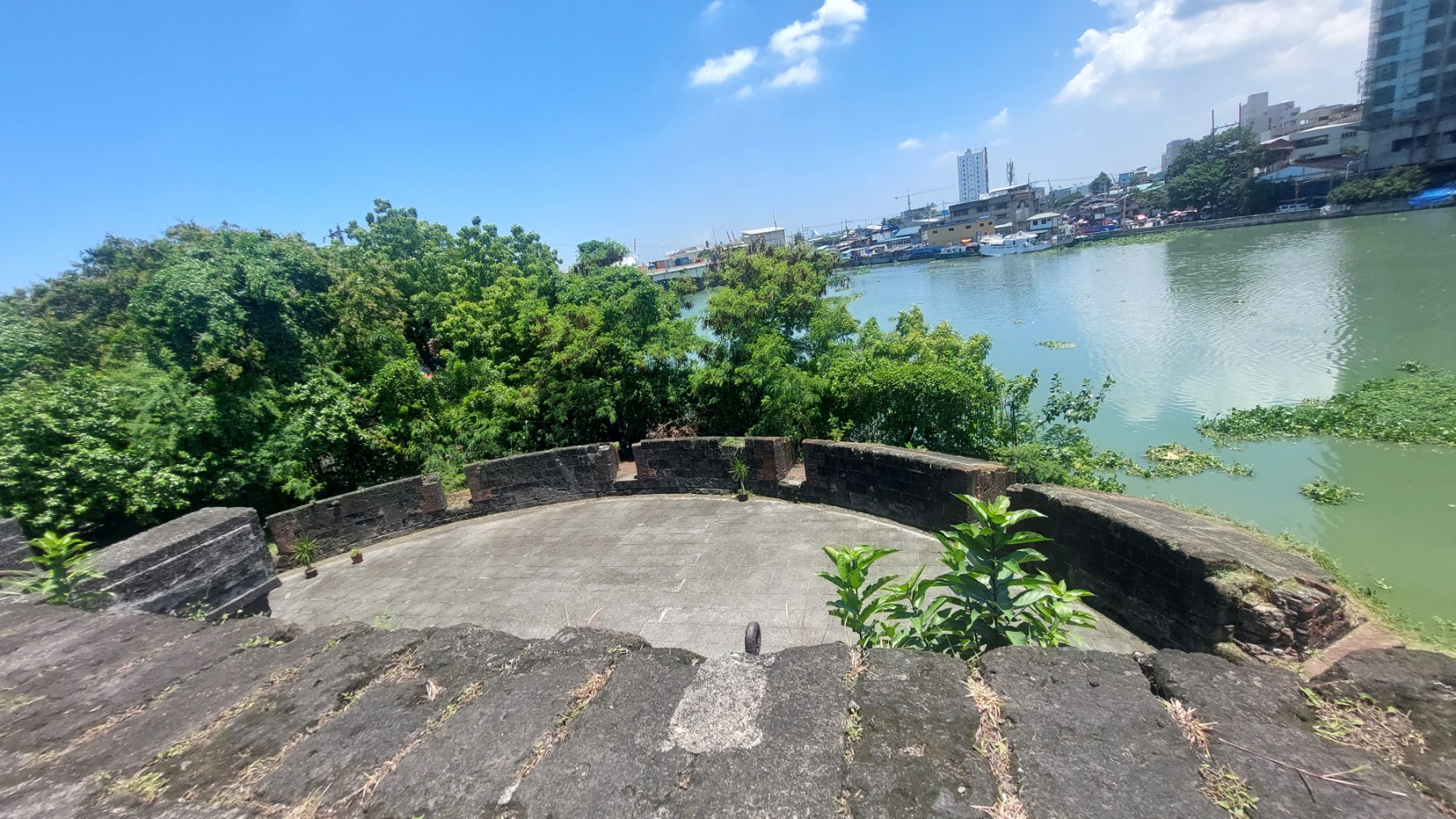
Overview
Fort Santiago is one of the oldest fortifications in Manila built by the Spaniards in 1571 from what was once a palisaded structure of logs and earth built by Rajah Soliman on the native settlement called Maynila. The colonizers recognized that the tongue of land where the Pasig River flowed into the Manila Bay was a very strategic location. The fort was destroyed in 1574 during the Chinese attack led by Limahong. The stone fort was built between 1589 and 1592 and was repaired and extended after being damaged by the 1645 earthquake. Spanish, British, American and Japanese occupation forces used the fort as their headquarters and a prison for men, women, children and soldiers. After its destruction during the Battle of Manila in 1945, the fort was used by the U.S. Transportation Corps as a depot until it was turned over to the Philippine government in 1946. In 1950, Fort Santiago was declared a Shrine of Freedom and restoration began the following year. Today, it stands as a memorial to the victims of World War II and the sacrifices of the Filipino people in pursuit of freedom.

1. Ticket Booth
Check this link for our operating hours, fees, and other reminders.
2. Intramuros Visitors Center
Main article: Intramuros Visitors Center.
The 10 chambers of the Baluartillo de San Francisco Javier now houses the Intramuros Visitors Center. The center is equipped with an information center, audio-visual chamber, refreshment kiosks, and souvenir shops.
3. Security Booth
4. Almacenes Reales
Main article: Almacenes Reales
Across the plaza are the remains of the Almacenes Reales or Royal Warehouses, first built in the 16th century. It was a storehouse for goods unloaded by ships at the river gate, as well as a warehouse for supplies of the fort and other government offices. The wall behind the building was leveled by American military engineers in the 1900s for easy access to the river wharves.
5. Plaza Moriones
Main article: Plaza Moriones
Named after Spanish Governor-General Domingo Moriones, this plaza was used as a public promenade until the 1863 earthquake destroyed Fort Santiago. The buildings surrounding the plaza were used as soldiers’ barracks. The plaza was re-landscaped by the Tourism Infrastructure and Enterprise Zone Authority or TIEZA from 2015 to 2017.
6. Baluartillo de San Francisco Javier
Main article: Baluartillo de San Francisco Javier
Built in 1662, this was part of the seafront defense of Intramuros. The original fortification was extended as a curtain wall after a section was destroyed together with the governor-general’s residence during the 1645 earthquake. Named after St. Francis Xavier, patron saint of foreign missions and one of the founders of the Society of Jesus or the Jesuit Order, the baluartillo was used as storage chambers until the early 20th century. These ten chambers were used by the Japanese military police (called Kempei Tai) as prison cells for Filipino and American soldiers during World War II. The area now houses the Intramuros Visitors Center, with an information center, audio-visual chamber, refreshment kiosks, and souvenir shops.
7. Reducto de San Francisco Javier
Main article: Reducto de San Francisco Javier
This structure was built in 1773 under the supervision of Engineer Dionisio O’Kelly. The baluartillo defended the curtain wall from possible seaside attacks and also doubled as a storage area for ammunition and food supplies. The reducto was restored in 1983 and now houses the chapel for Our Lady of Guadalupe. A copy of the image imprinted on the tilma of the shepherd to whom the Blessed Virgin Mary appeared in Guadalupe, Mexico is enshrined in the reducto.
8. Ruins of the American Barracks
Main article: American Barracks
Alongside the solid curtain wall of Baluartillo de San Francisco Javier are the ruins of a building which as the American Barracks. Former Philippine President Elpidio Quirino was imprisoned in this building for 16 days in 1943, during the Japanese Occupation. The ruins underwent retrofitting in 2017, and is used today as an open-air exhibition space.
9. Wall of Martyrs
Main article: Wall of Martyrs
This brass plaque contains the list of survivors and roll of honor of Filipinos incarcerated and tortured inside Fort Santiago during World War II. Water cure treatment was a common torture method used during the war.
10. Rajah Soliman Mural
11. Bamboo Garden
12. Moat
This was restored in the 1980s together with the main gate. This man-made canal joined the Pasig River and Manila Bay, making Fort Santiago a veritable island.
13. Fort Santiago Gate
Here stands the gate leading to the inner sanctum of Fort Santiago. The gate of Fort Santiago was destroyed during the Battle of Manila in 1945. The main gate is decorated by a relieve or wood relief carving of Santiago Matamoros (St. James, the “Moor-slayer”), the patron saint of Spain; together with the coat of arms of the Kingdom of Castile and Leon. What remains of the original gate are the embossed Spanish soldiers, now defaced. The image of St. James (Santiago), a symbol of Spanish sovereignty, decorates countries occupied by the Spaniards, such as Chile and Mexico.
14. Baluarte de San Miguel
Main article: Baluarte de San Miguel
Named after St. Michael the Archangel, this rampart was built in 1609 to fortify the seaside defenses of Fort Santiago.
15. Medio Baluarte de San Francisco
Main article: Medio Baluarte de San Francisco
Named after St. Francis of Assisi, this rampart was built in the 16th century to fortify the riverside and landward defenses of Fort Santiago.
16. Plaza de Armas
Main article: Plaza de Armas
At the center of Fort Santiago is the Plaza de Armas. The plaza and its name is a common feature in fortresses built by the Spaniards in their colonies throughout the world. It got its name from the use of the area to stock arms and rifles when not in use. This is also where the soldiers marched around in their daily drills.
17. Ruins of a Spanish colonial era barracks
18. Museo ni Rizal
Main article: Museo ni Rizal Fort Santiago
Welcome to the Museo ni Rizal. Administered by the National Historical Commission of the Philippines (NHCP), this shrine reaffirms Rizal’s significance in Philippine history – how his death served as the inspiration in the struggle for Philippine independence.
This brick barracks, which was first built in the 16th century, has been in a ruined state since its destruction during the Battle of Manila in 1945. Here Jose Rizal was imprisoned for 56 days, from November 3 to December 29, 1896. The entire right wing of this building which contained his prison cell was reconstructed in 1953 as a museum and as a shrine dedicated to Jose Rizal. It was renovated in 1998 for the Philippine Independence Centennial, and subsequently modernized in 2014.
19. Rajah Soliman Theater
Main article: Rajah Soliman Theater
This was formerly the Infantry Quarters of Fort Santiago, but destroyed during the Battle of Manila in 1945. It was renovated in 1967 by National Artist for Architecture, Leandro Locsin and turned into an open-air theater for the use of the Philippine Educational Theater Association or PETA. PETA staged most of their plays here until they moved to a new theater in Quezon City in 2005. New backstage facilities were added during recent improvements to the Rajah Soliman Theater.
Chapel Cell at the Rajah Soliman Theater
This main room of the soldiers’ school was converted into a chapel-cell for Dr. Jose Rizal, who was transferred here after 56 days of imprisonment at the soldiers’ barracks across Plaza de Armas. It was here in the morning of December 30, 1896 that Rizal married Josephine Bracken, an Irish woman who lived with Rizal during his four-year exile in Dapitan, Zamboanga del Norte, a province in southern Philippines.
20-21. Postigo de la Nuestra Señora de Soledad and promenade
Main article: Postigo Soledad
This postern was used by the occupants of Fort Santiago as a passage to the Pasig River. During the British invasion of Manila in 1762, Simon de Anda escaped to the province of Pampanga through this postern. Manila was eventually returned to the Spanish in 1764. The riverside promenade outside was rehabilitated by the Tourism Infrastructure and Enterprise Zone Authority or TIEZA as an additional attraction.
22. Casa del Castellano
We are now standing on the site of the residence of the commander of the fort called Casa del Castellano, or House of the Castilian, referring to the Fort Commander. The structure was built in the 17th century and subsequently expanded until its destruction in World War II.
23. Dungeons
Main article: The dungeons of Fort Santiago
The dungeons below were originally used as powder magazines until the dampness proved detrimental to storing gunpowder. These were then converted into prison cells. The dungeons were recently rehabilitated and are now open to the public. Stories of prisoners being drowned in the dungeons of Fort Santiago during high tide continue to this day, but archaeological evidence proves the dungeons were built way above the river level and it would be impossible for waters to flood the chambers even at high tide. Also located nearby was a water cistern which supplied fresh water to the fort from a well in the dungeons below. The cistern was converted into a storage room when the US Army built their headquarters here.
24. White Cross
Main article: The White Cross
After the Battle of Manila in 1945, 600 decomposing bodies were found around Intramuros. Their remains lie in a mass grave under a white marble cross beside the Dungeons.
25. Mi Ultimo Adios Gallery
26. Baluarte de Santa Barbara
Main article: Baluarte de Santa Barbara
This structure was named in honor of St. Barbara, the patron saint of armorers, artillerymen, miners and others who work with explosives. According to legend, St. Barbara’s father died when he was struck by lightning after beheading Barbara himself. As such, Spaniards and Filipinos call the saint for protection after lightning or thunder, by uttering “Sta. Barbara,” while making the sign of the cross.
This was built in the 16th century to protect the entrance from the Pasig River. It is the highest defensive structure in Fort Santiago. Vaults, a powder magazine, and the soldiers’ quarters above were added later. It was renovated and reconstructed in the 18th century. The new headquarters and administrative offices of the U.S. Army were built on top of the baluarte in the 1900’s. The Americans also added a tower and a driveway for vehicles connected to what is today Bonifacio Drive.
27. iMake History Fortress
Main article: iMake History Fortress LEGO Education Center.
The chambers of the Baluarte de Santa Barbara presently house the iMake History Fortress LEGO Education Center. Visitors could look at LEGO models of lost landmarks in Intramuros as well as miniatures of other places of interest in the Philippines.
28. Falsabraga Media Naranja
Main article: Falsabraga Media Naranja
Falsabraga means “false wall”, owing to the fact that it is lower than the main wall. This is an added protective layer of stone wall that reinforces the Baluarte de Santa Barbara from heavy bombardment. It is shaped like half of an orange, thus, the name “media naranja”.
29. Falsabraga de Santa Barbara
History
The inner sanctum of Fort Santiago was the location of the old Maynila settlement ruled by Rajah Sulayman, palisaded with bamboo and coconut log stakes, and defended by swivel guns made by Panday Pira, a renowned smith from Mindanao. The palisade protected the polity, which was a booming trading center, and the mouth of the river, the main thoroughfare of precolonial Manila, from marauding sea-pirates and the occasional enemy from the sea.
In 1571, Spanish conquistador Miguel Lopez de Legazpi conquered Rajah Sulayman’s Maynila and founded the new Ciudad de Manila, the capital of the Spanish East Indies. The palisades were rebuilt around the area and later, rebuilt in stone in the wake of the attack of the Chinese pirate and war lord Lin Feng (Limahong).
Fort Santiago was named after Saint James, Slayer of the Moors (Santiago Matamoros), a Spanish ideological icon and legendary depiction of the apostle St. James, the Great. Santiago Matamoros was the patron of the Kingdom of Spain and the Spanish people until Pope Clement XIII superseded this devotion by proclaming the Immaculate Conception as the patron of Spain. Santiago Matamoros was portrayed as a conquistador and was the icon of Spanish colonization of the Americas. This was brought over to the Philippines and the main gate of Fort Santiago bears a wooden relief of this iconography.
During the occupation periods, Fort Santiago served as the military headquarters for the Spanish, British (1762-1764), Americans (1898-1964), and Japanese (1942-1945). It was here that the American flag was first raised on August 13, 1898 signifying the transition of colonizing power. During the Second World War, the Japanese secret police, Kempei Tai, imprisoned and tortured hundreds of men and women here.
During World War II, Fort Santiago was severely damaged when American forces blasted their way inside to flush out the Japanese who sought refuge in the fort and refusing to give up the fight. The main gate was destroyed, and the only remnants of the original structure are the two carved stone sentries on its sides.
After the war, Fort Santiago was restored as a public park. In 1951, the Philippine recognized the historical significance of Fort Santiago to our nationhood and declared it a as a National Monument and a National Shrine known as “Shrine of Freedom” in honor of Dr. Rizal and the countless number of people imprisoned, tortured, and martyred here for the cause of freedom. In 2014, the National Museum of the Philippines declared it as a National Cultural Treasure.
Watch our Virtual tour!
A national shrine and a landmark today, Fort Santiago has stood witness to numerous events in our pre-hispanic and colonial history, as well as our people’s journey to our hard-won independence.
Walk with us once again on this third episode of our #IntramurosVirtualTours launched in line with the #TravelFromHome campaign of the Department of Tourism – Philippines and Intramuros Administration.
For comments or questions contact us via tourism@intramuros.gov.ph
#WeAreIntramuros





